
Create personalized bullet journals with hand-drawn illustrations, enhance organization, and track goals creatively
Unlock your creative potential and enhance your productivity with a comprehensive exploration of illustrated bullet journaling. Dive into the world of personalized, handmade journals adorned with hand-drawn illustrations and creative lettering. Discover essential elements such as organizational techniques for planning, tracking, and reflecting. Explore various layouts, symbols, and artistic methods to make journaling a practical yet enjoyable practice. Learn to craft calendars, habit trackers, and themed pages that align with your unique goals.
Guided by the expertise of Annie Weir, Louise Chai, Marie-Noëlle Wurm, and Sara Tasker, this series of courses offers a blend of structure and artistic freedom. Design journals that express your individuality while enhancing productivity. Embrace mindful journaling by combining daily reflections with creative expression. Develop personalized templates and artistic spreads, incorporating advanced illustration techniques. Through this journey, transform your journal into a visually stunning and meaningful record of your life.
What will you learn in this specialization?

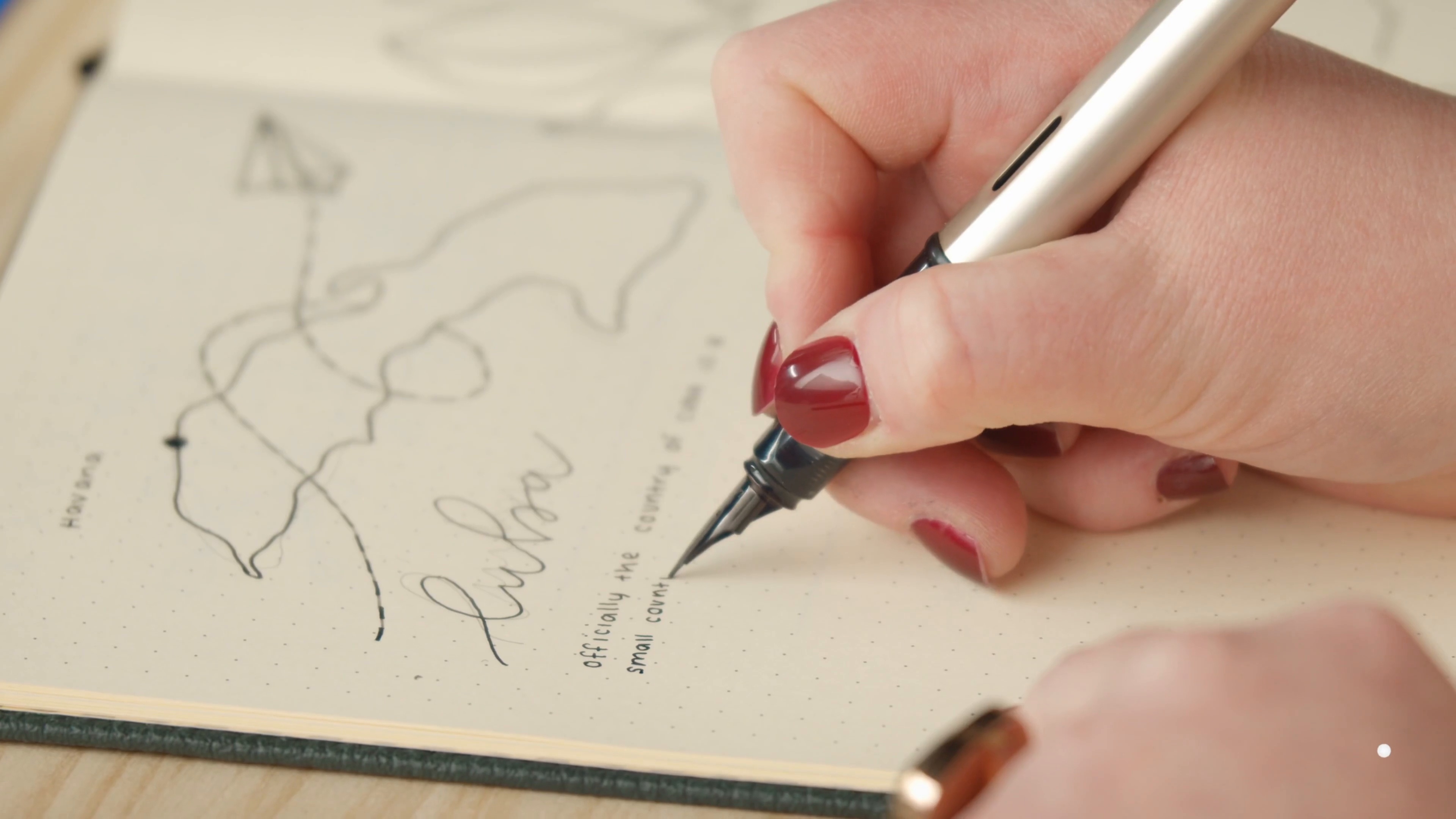
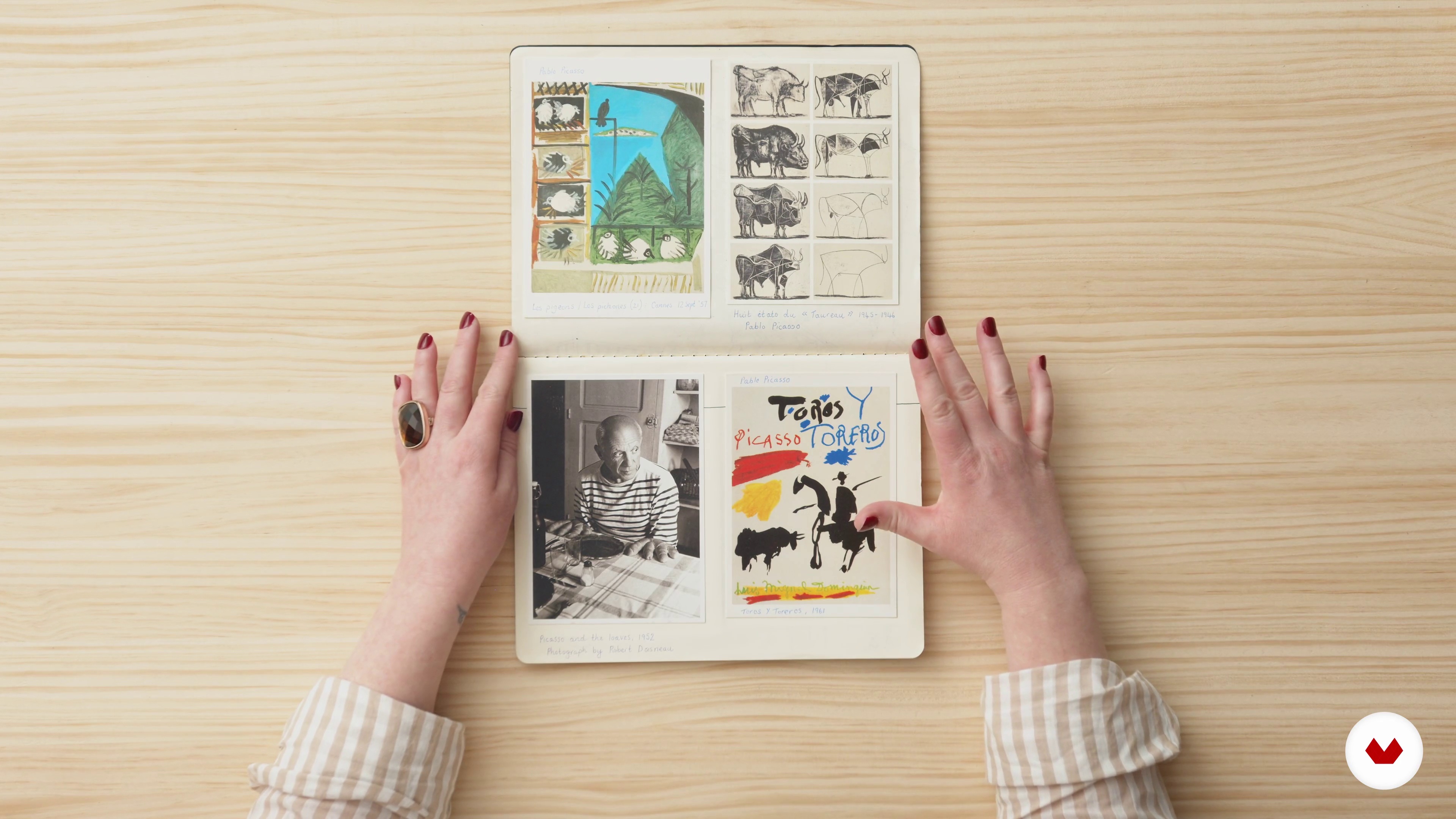
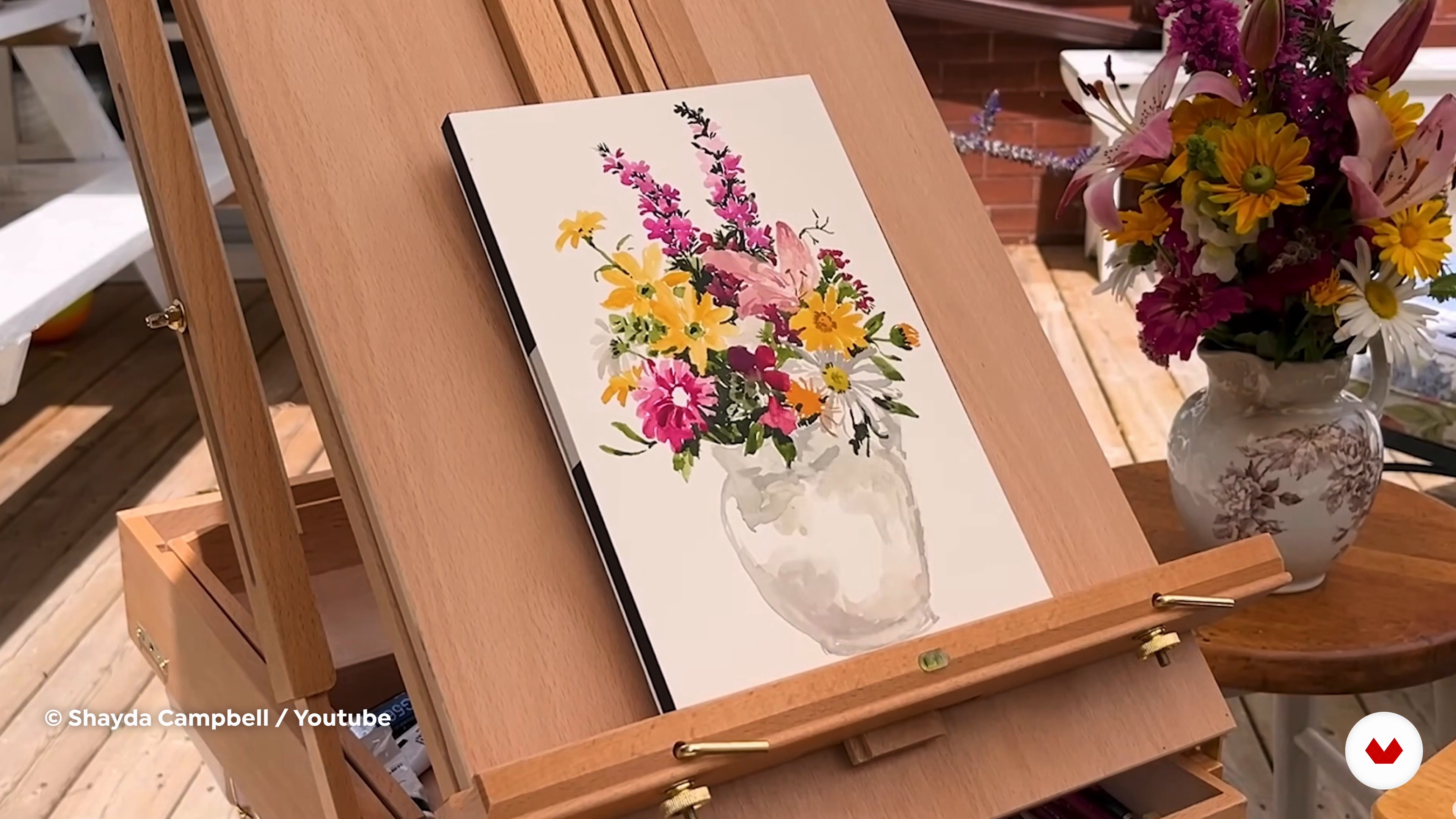
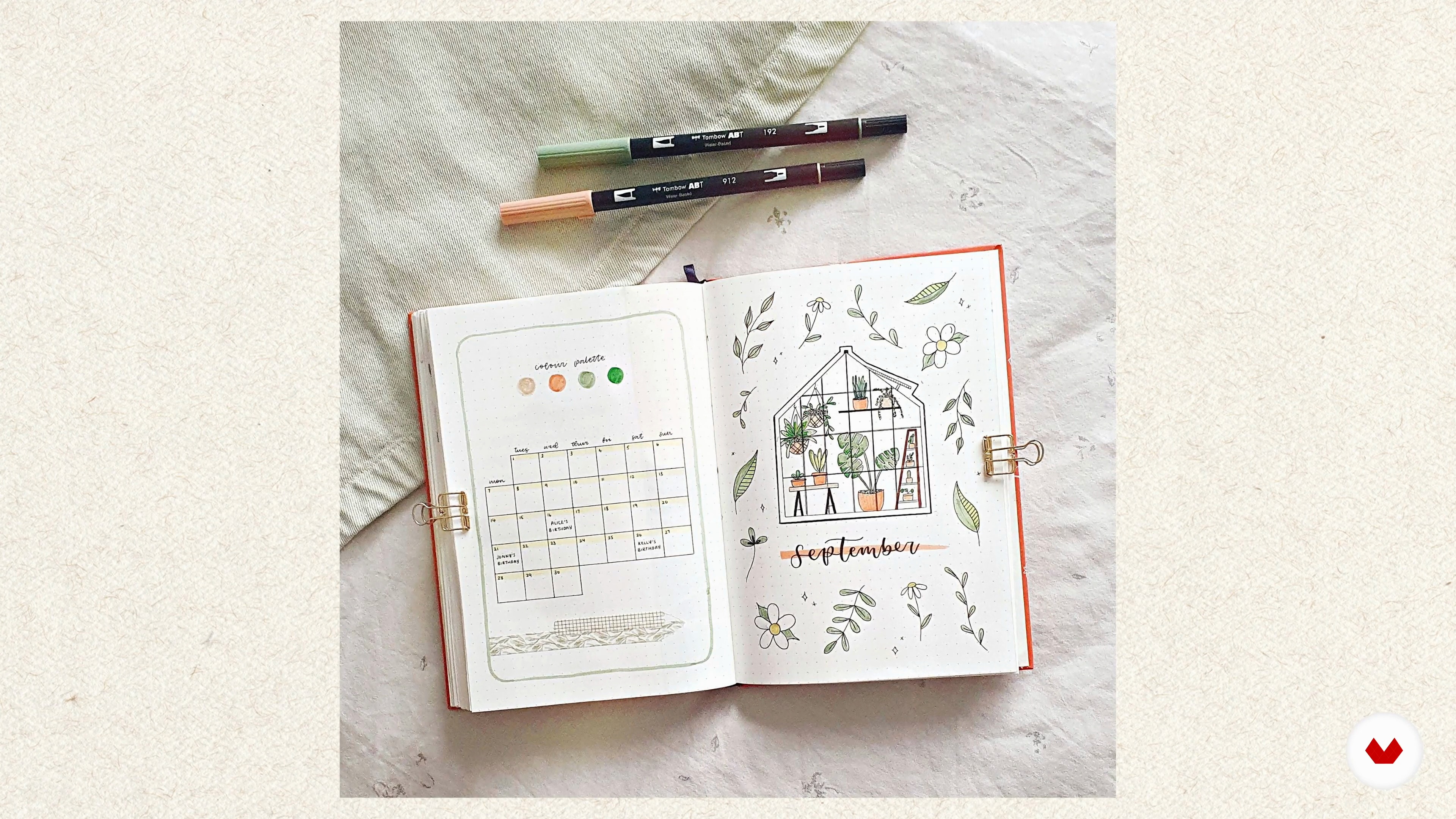
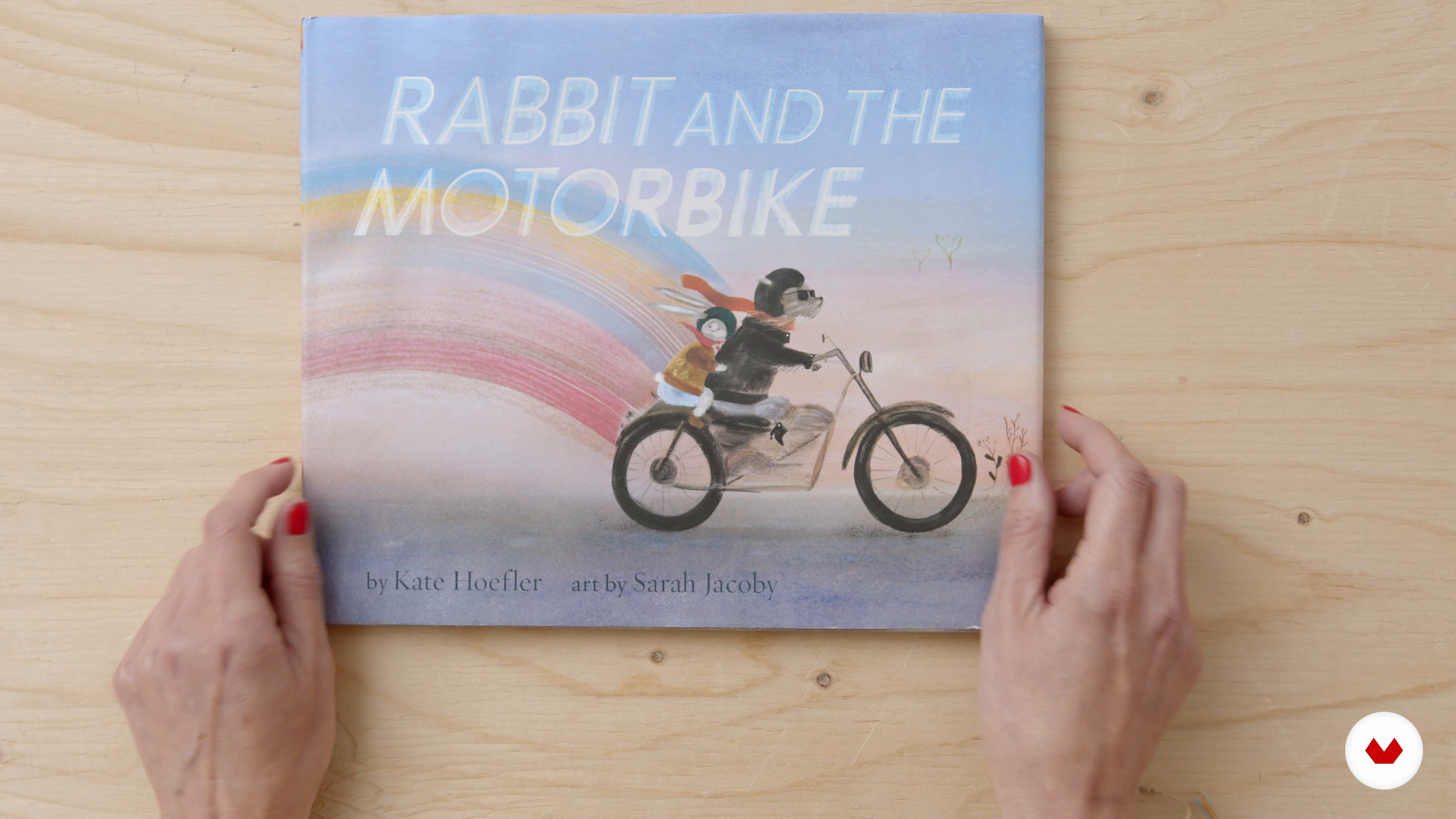
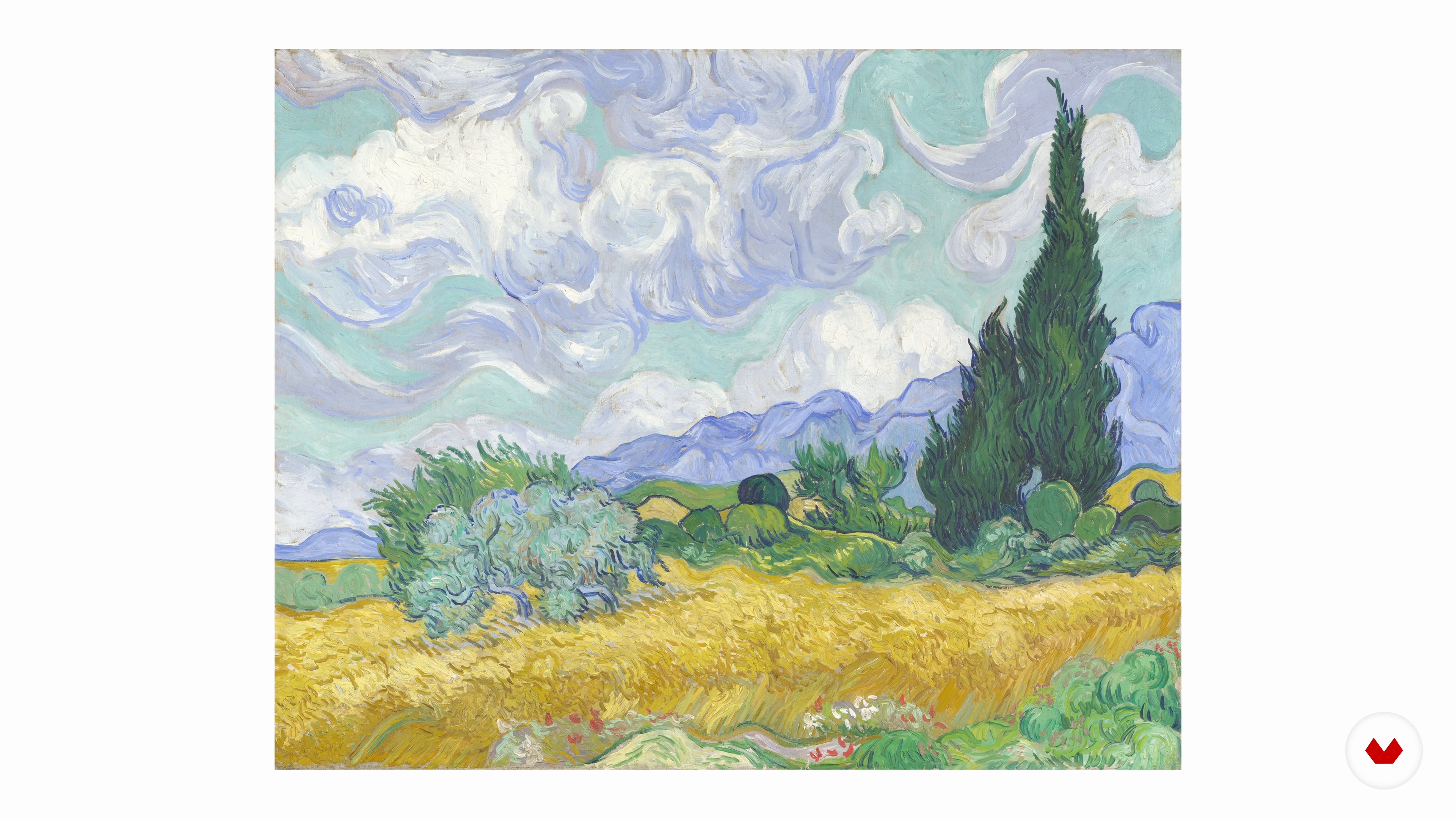


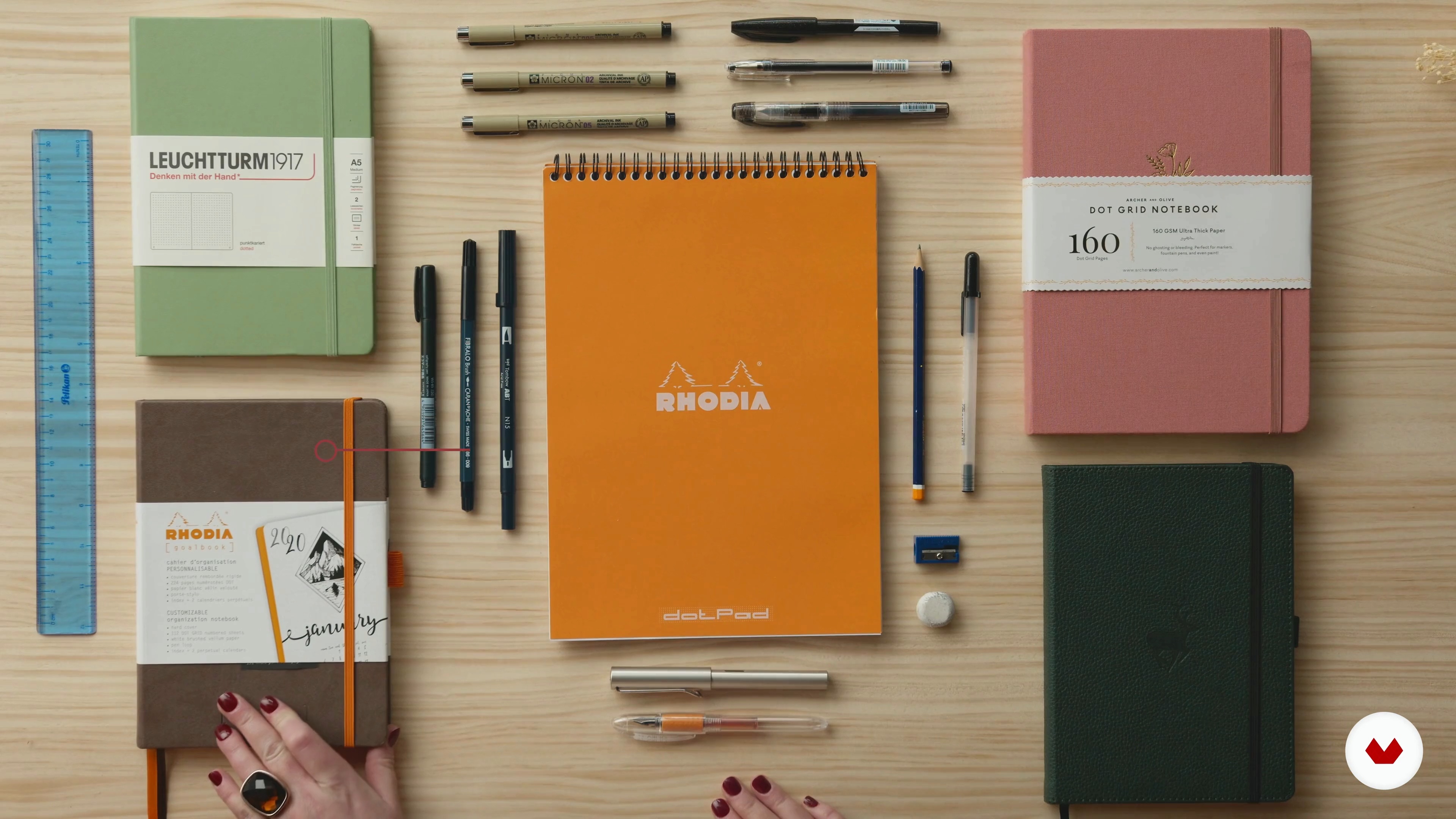
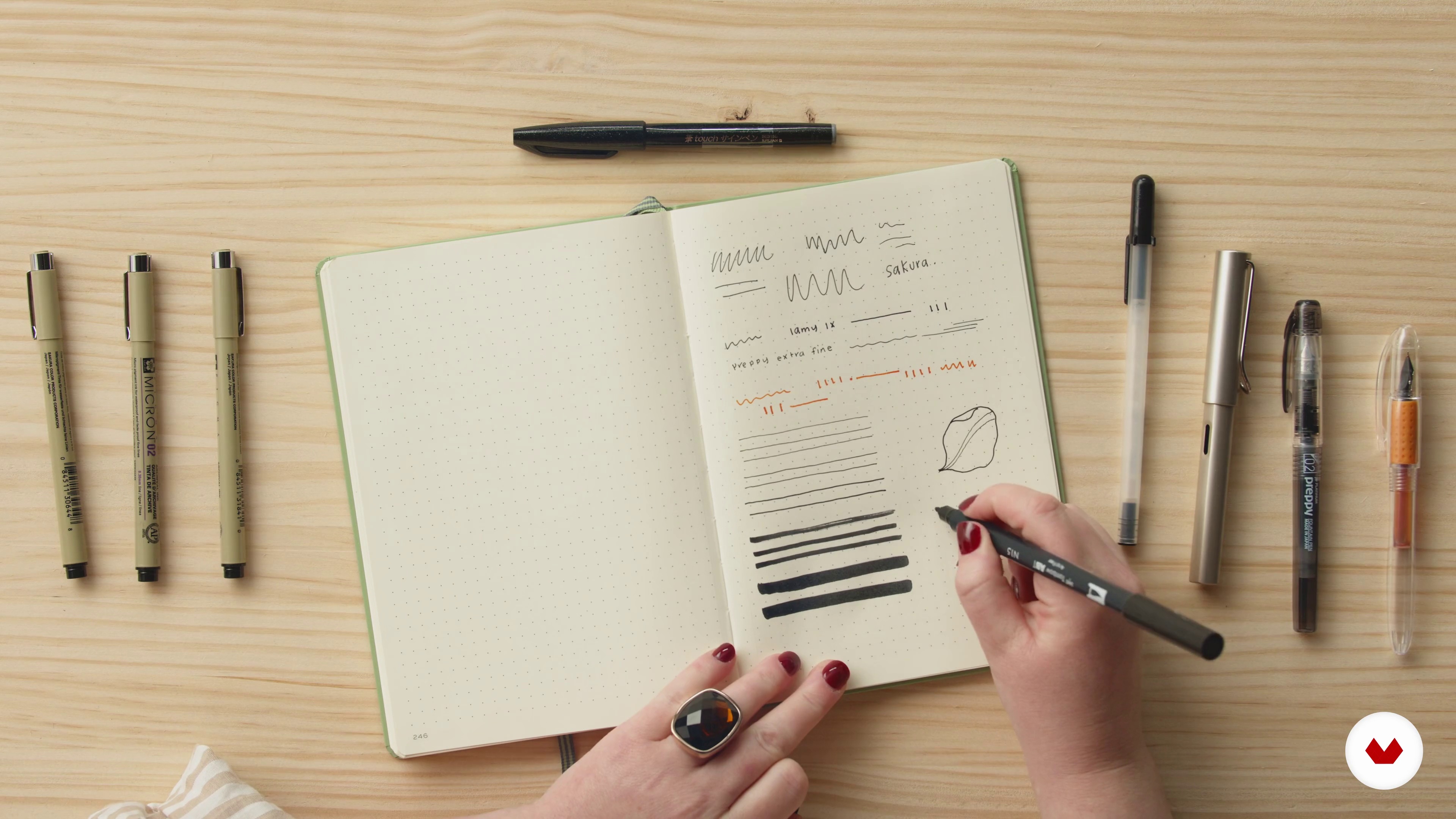
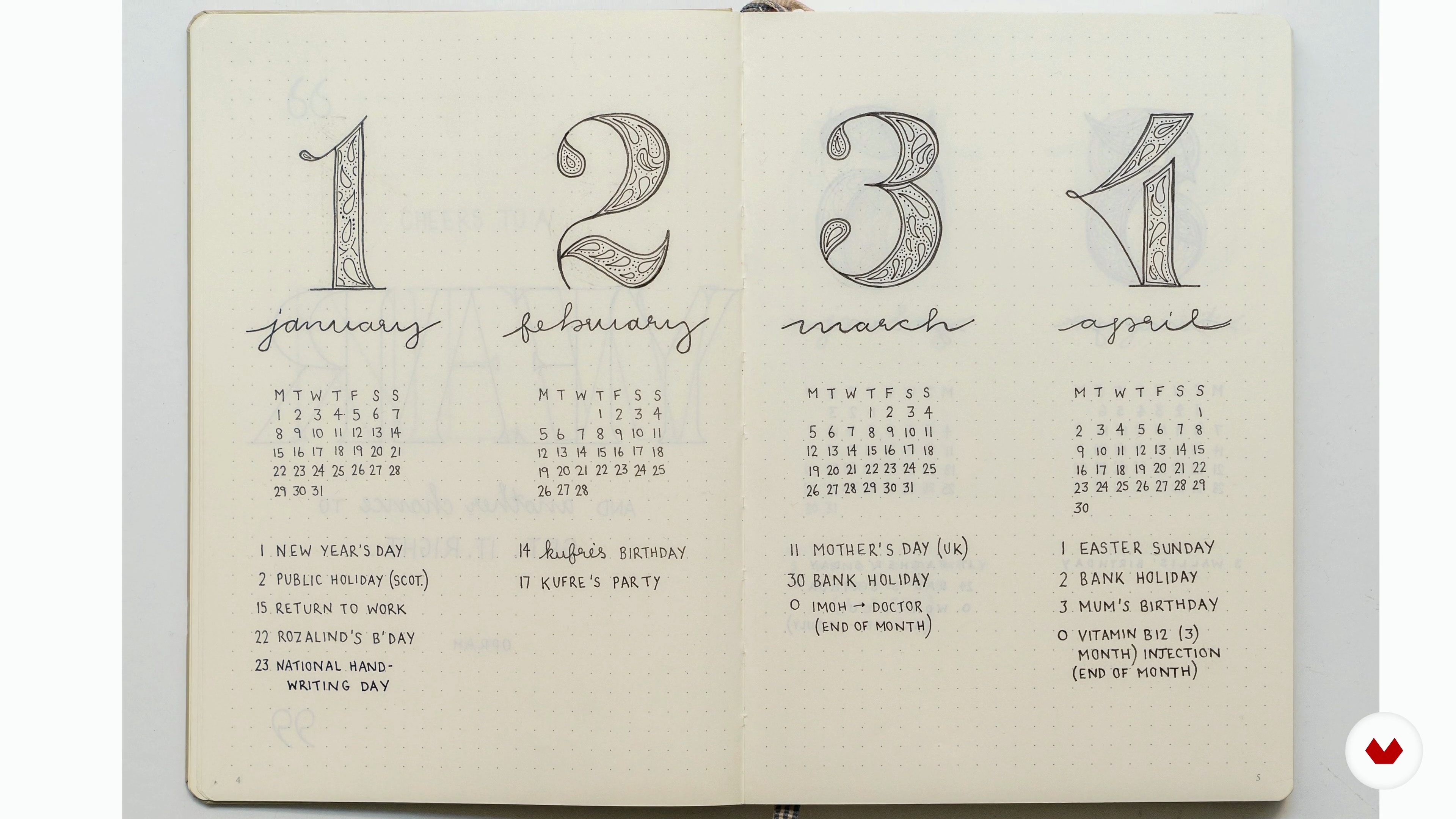
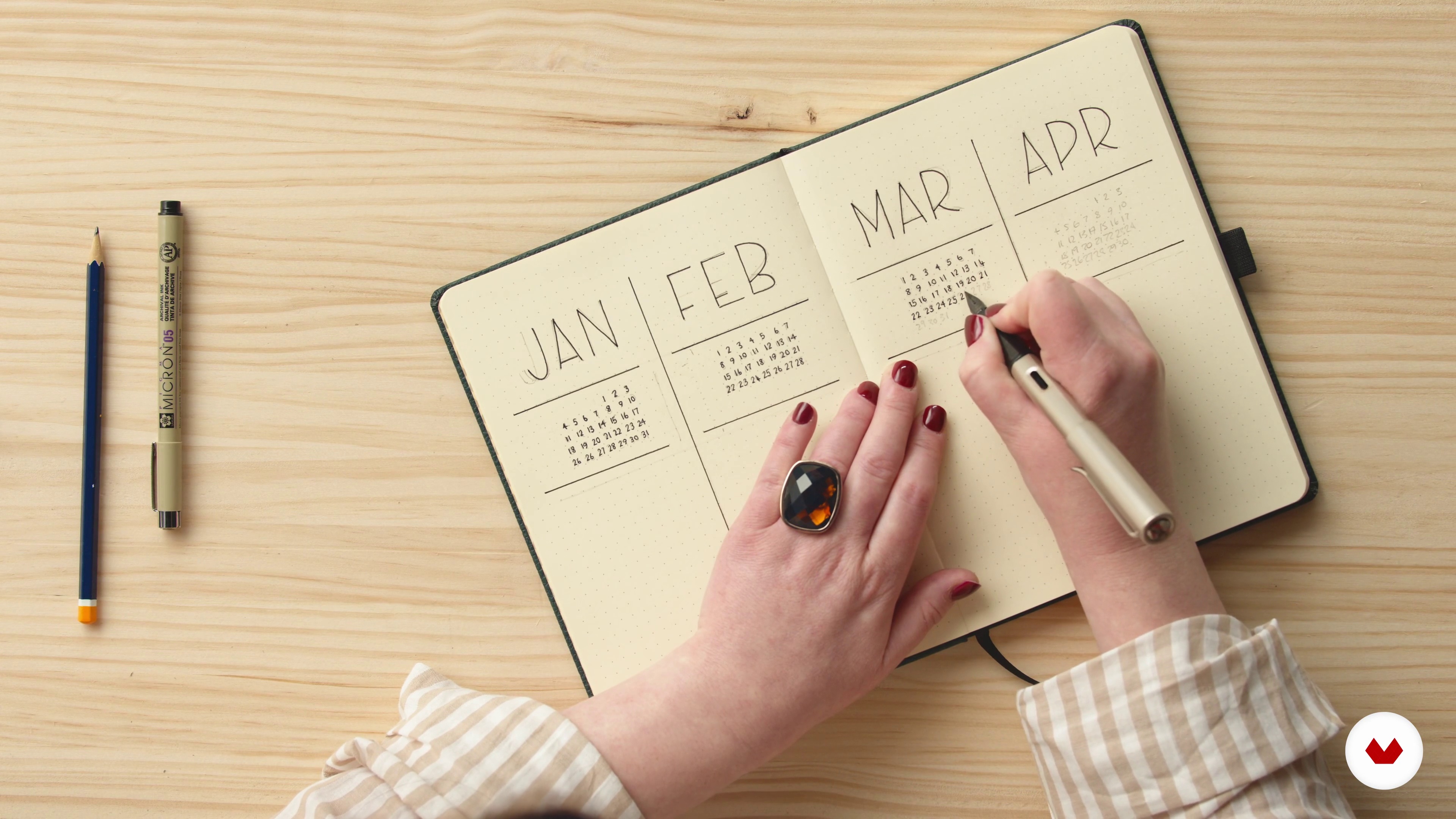

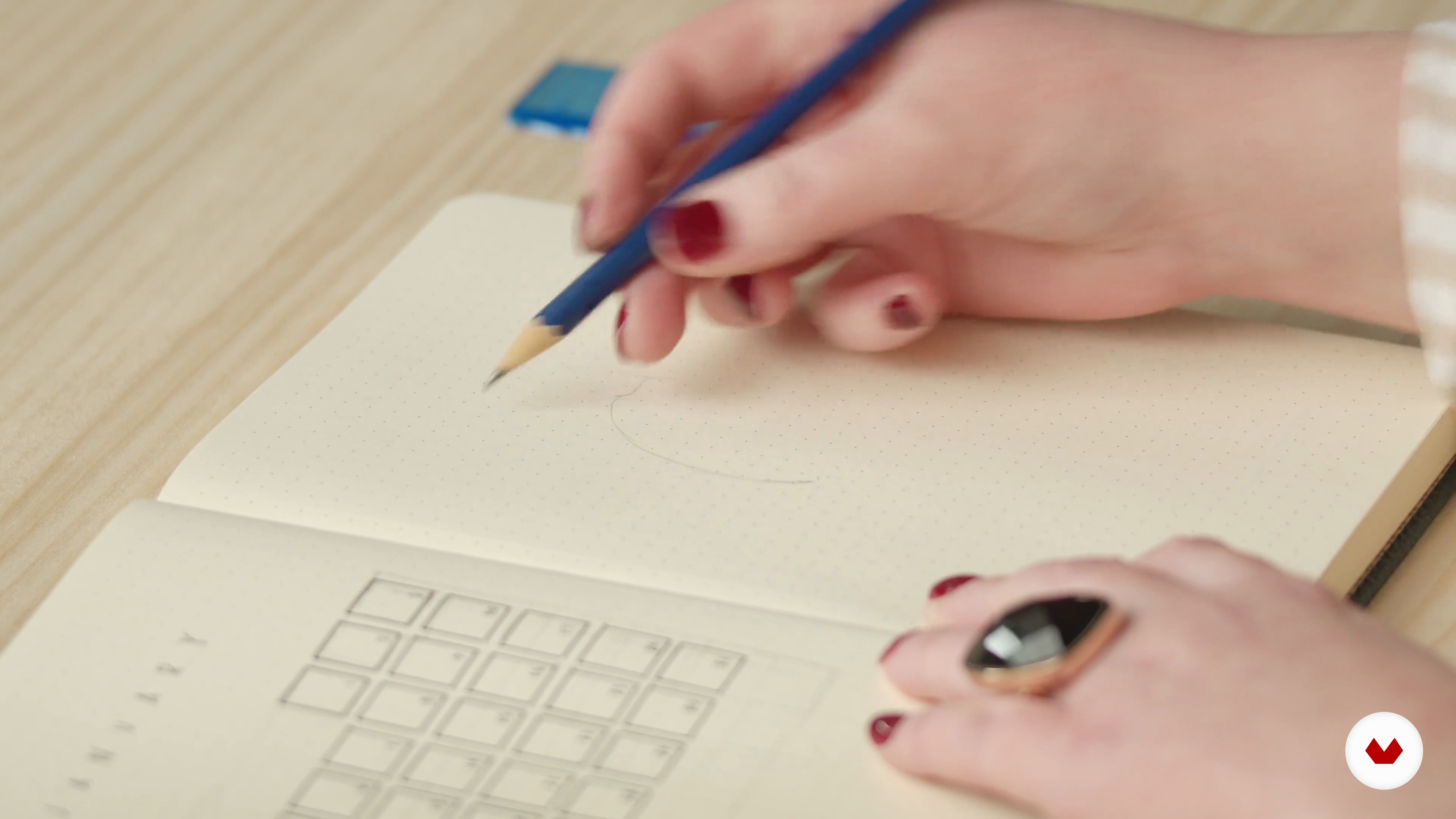
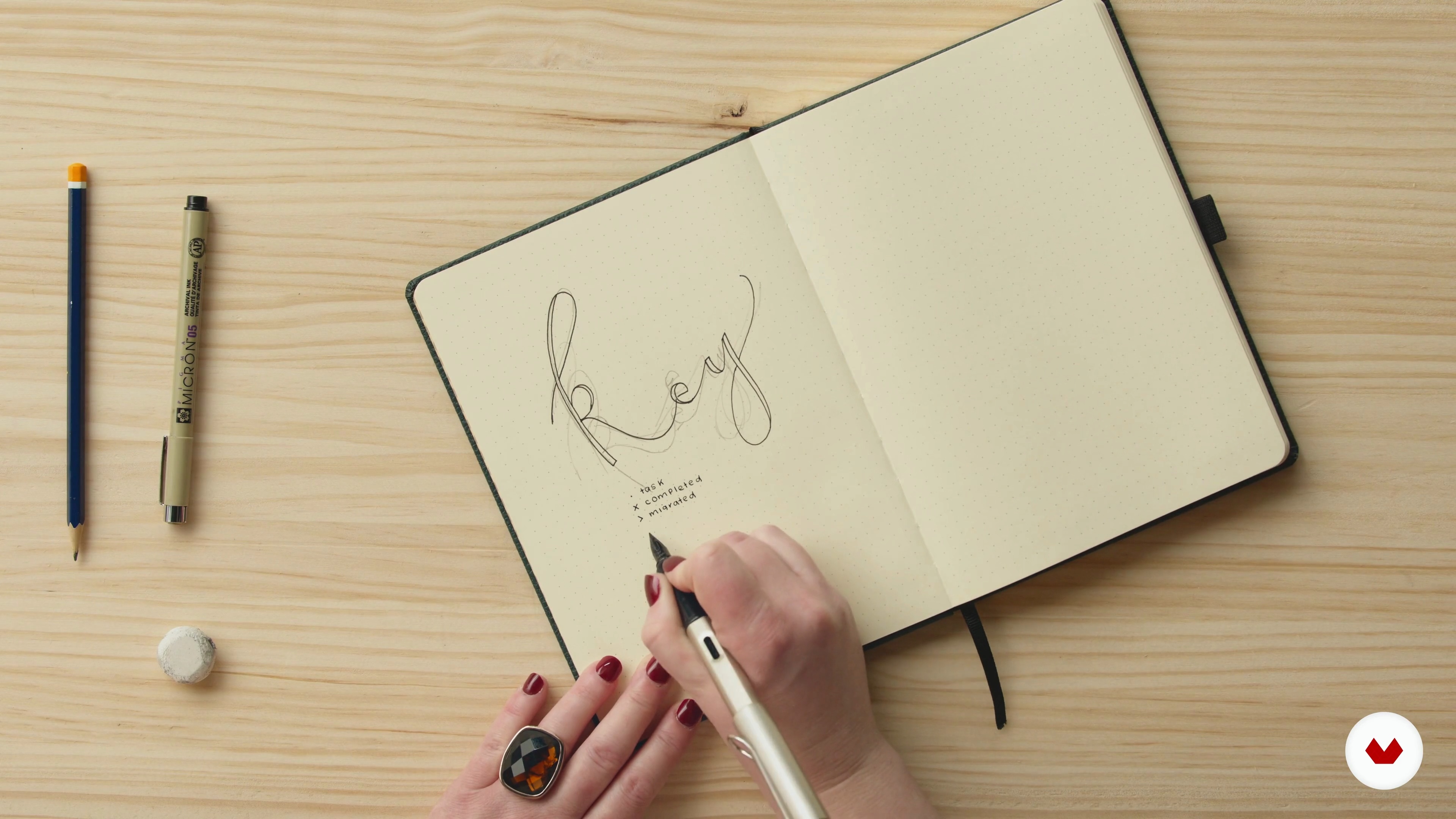
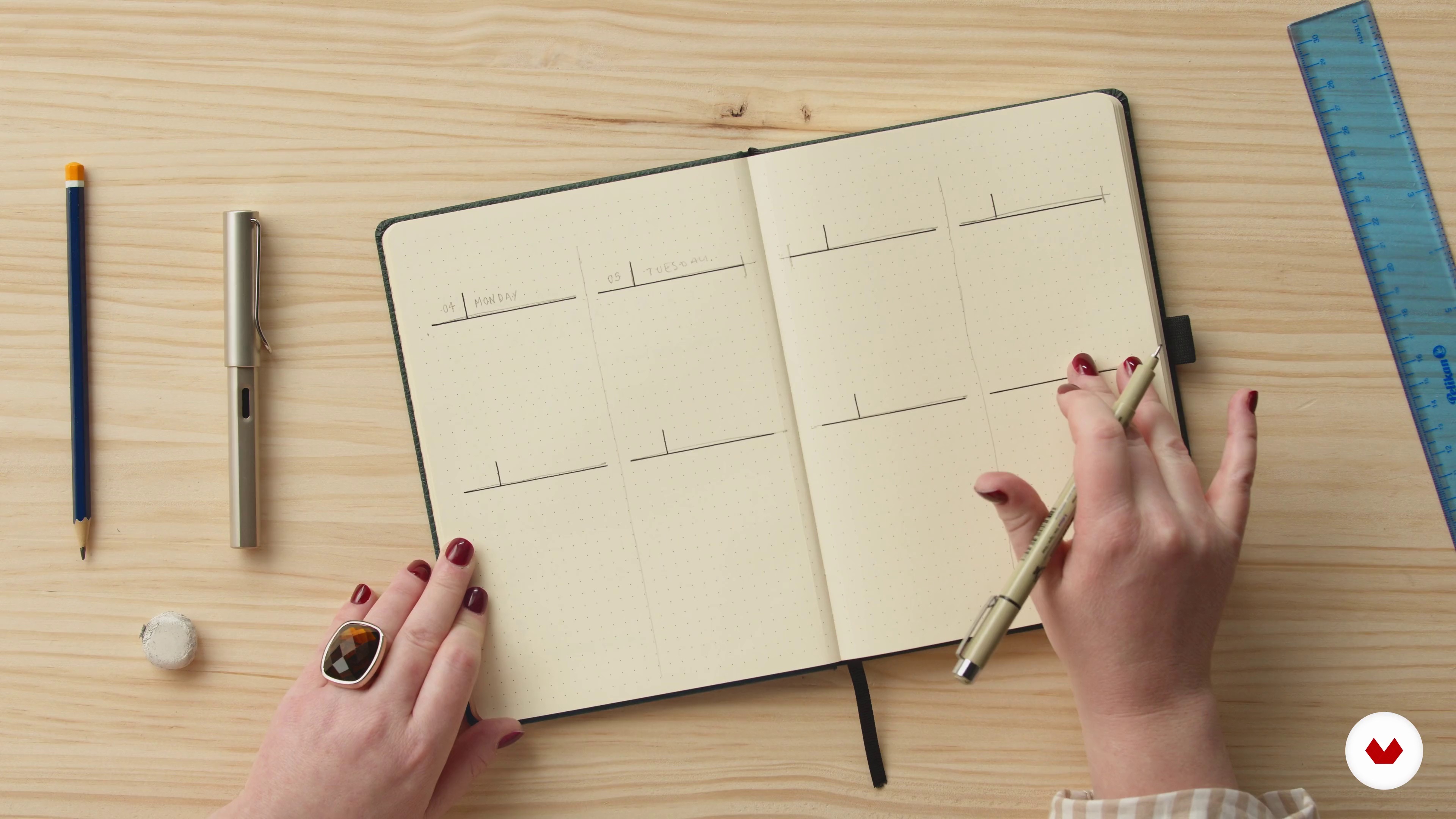
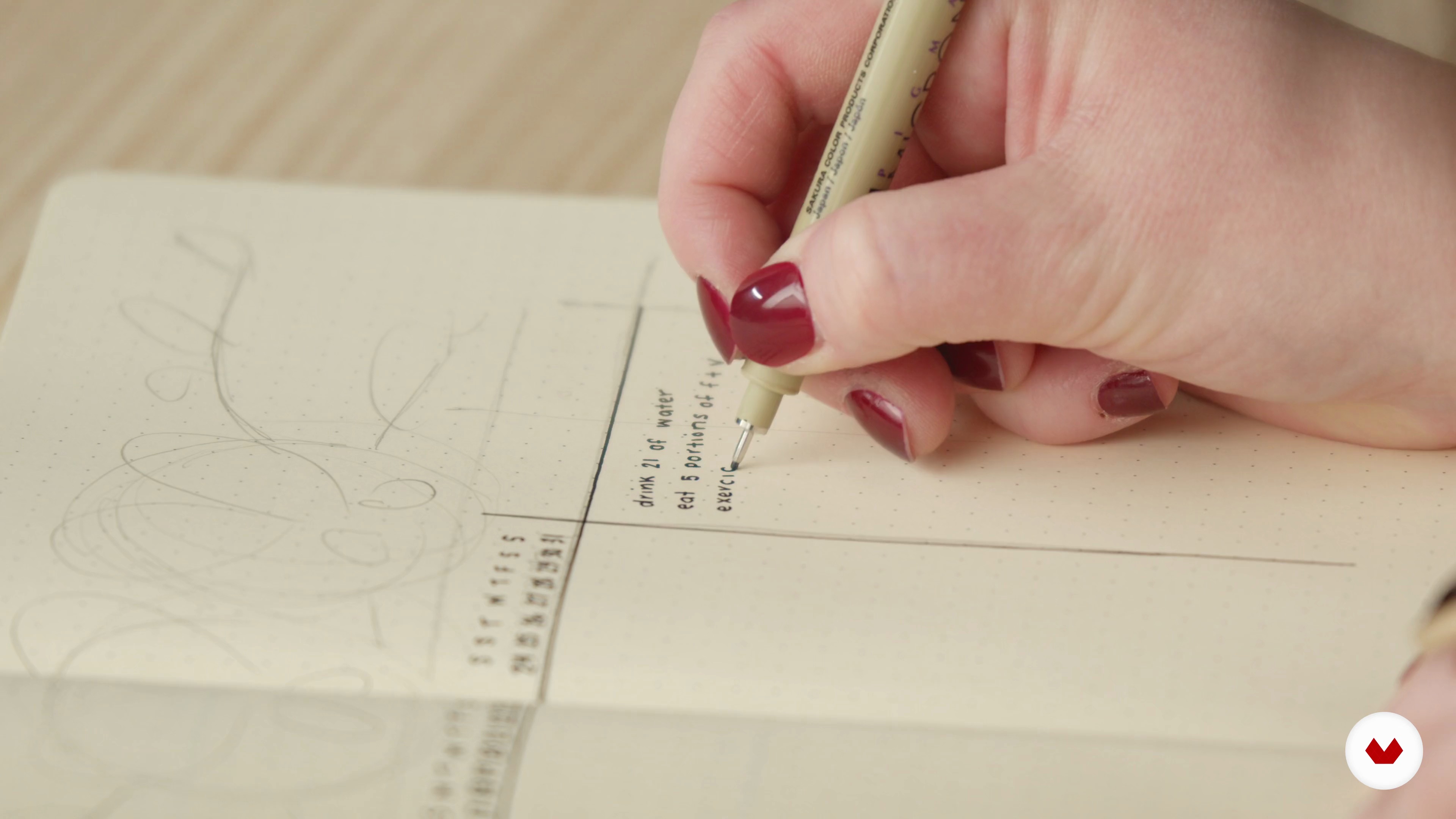
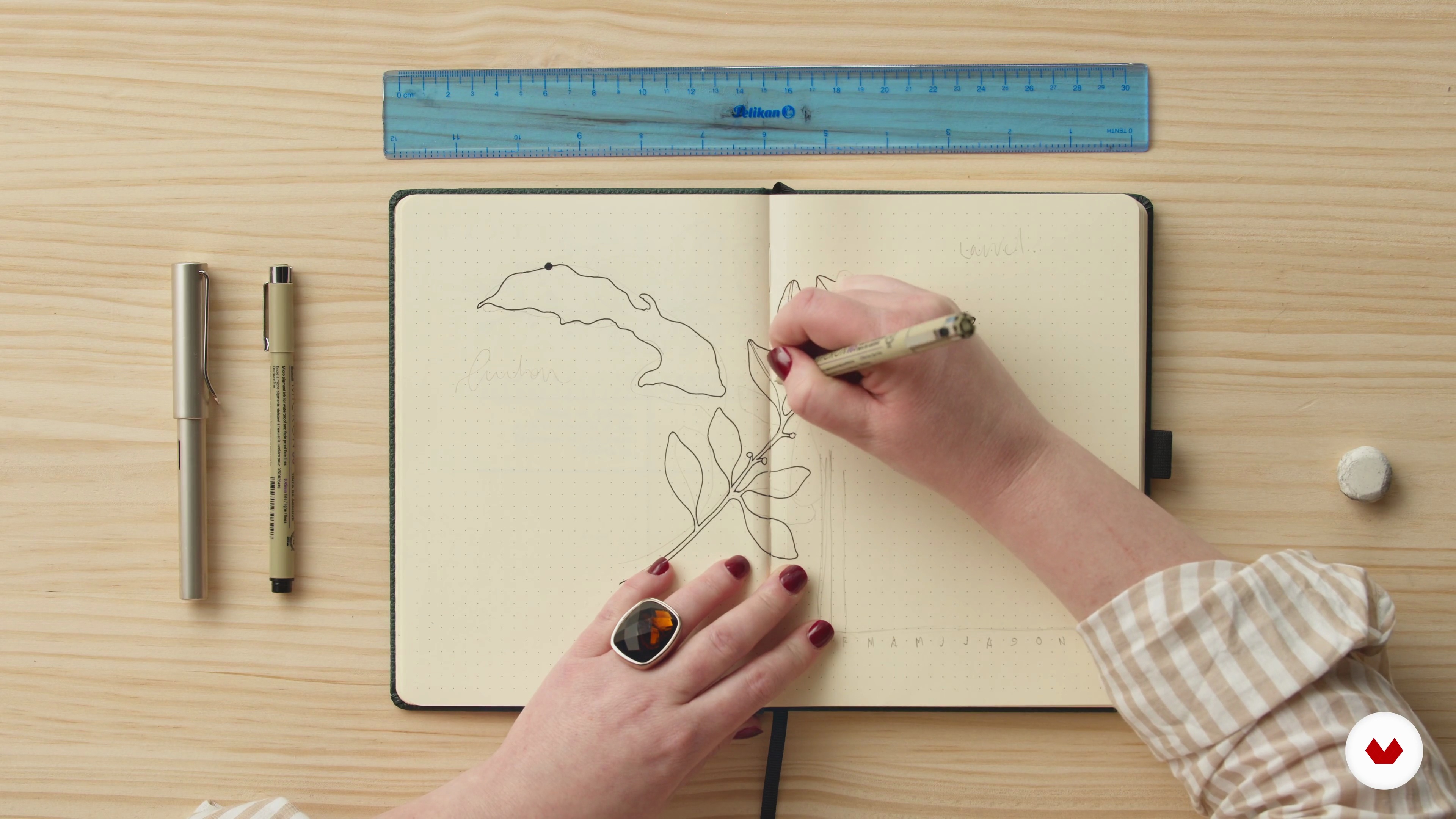
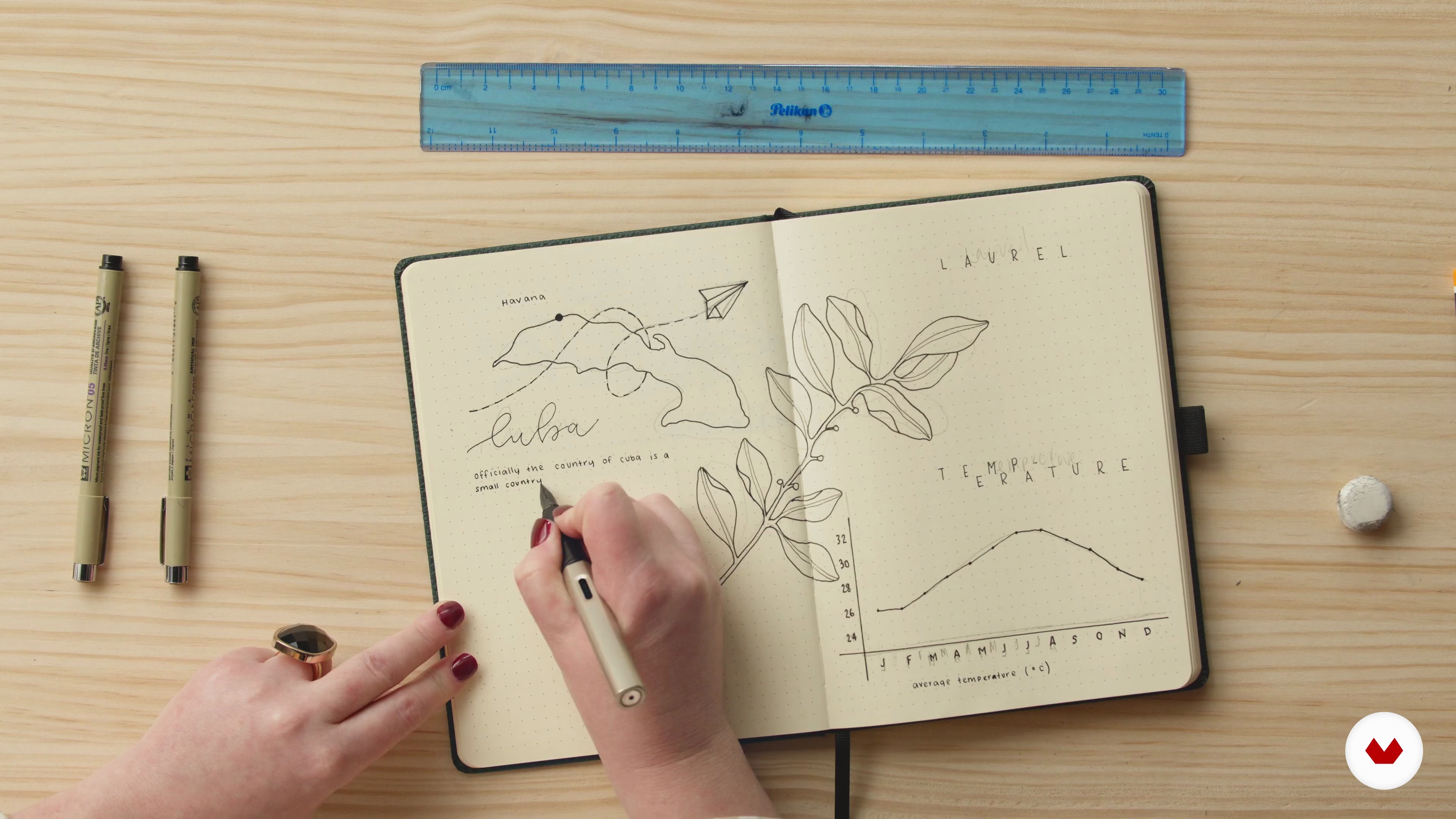
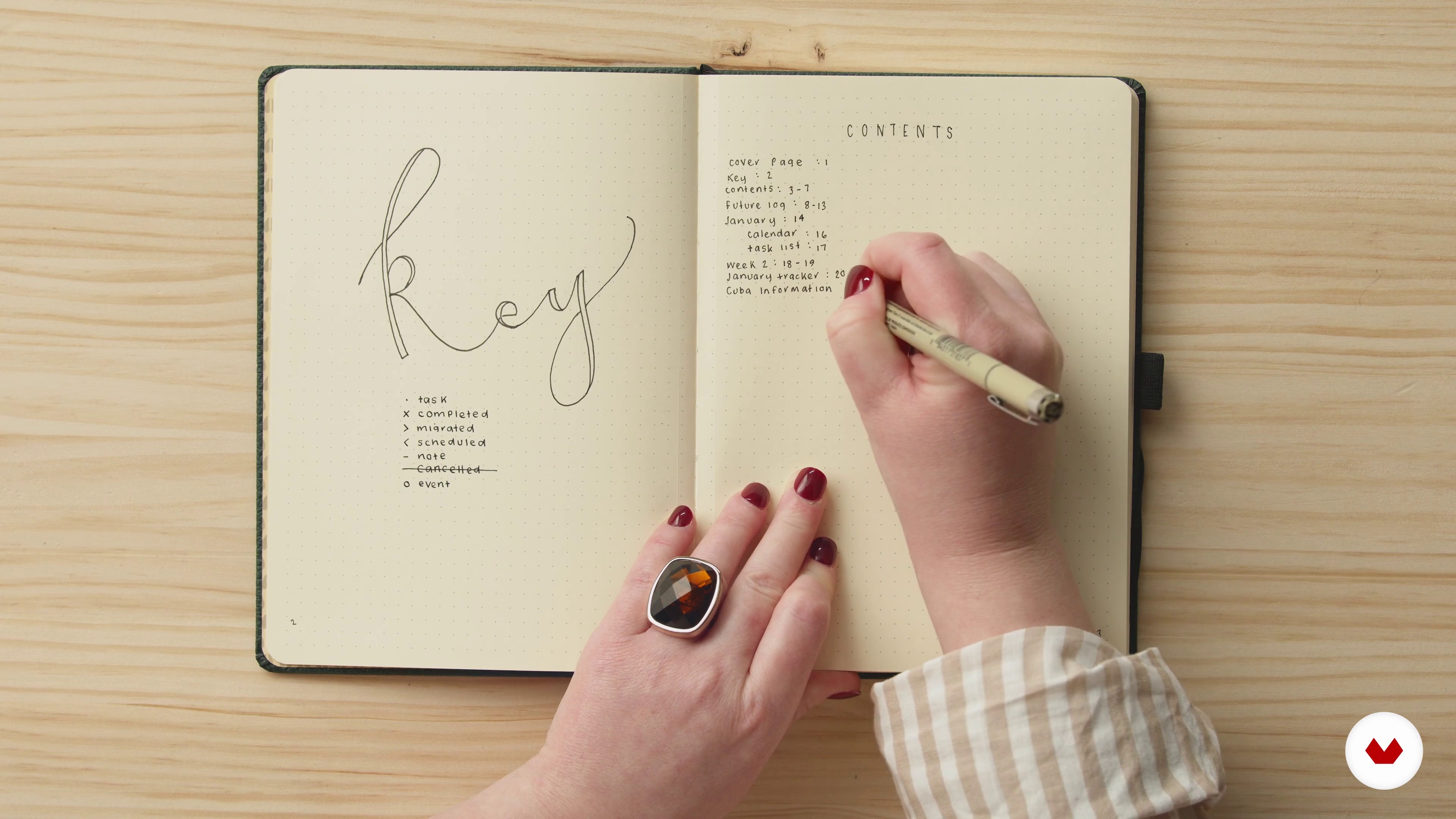
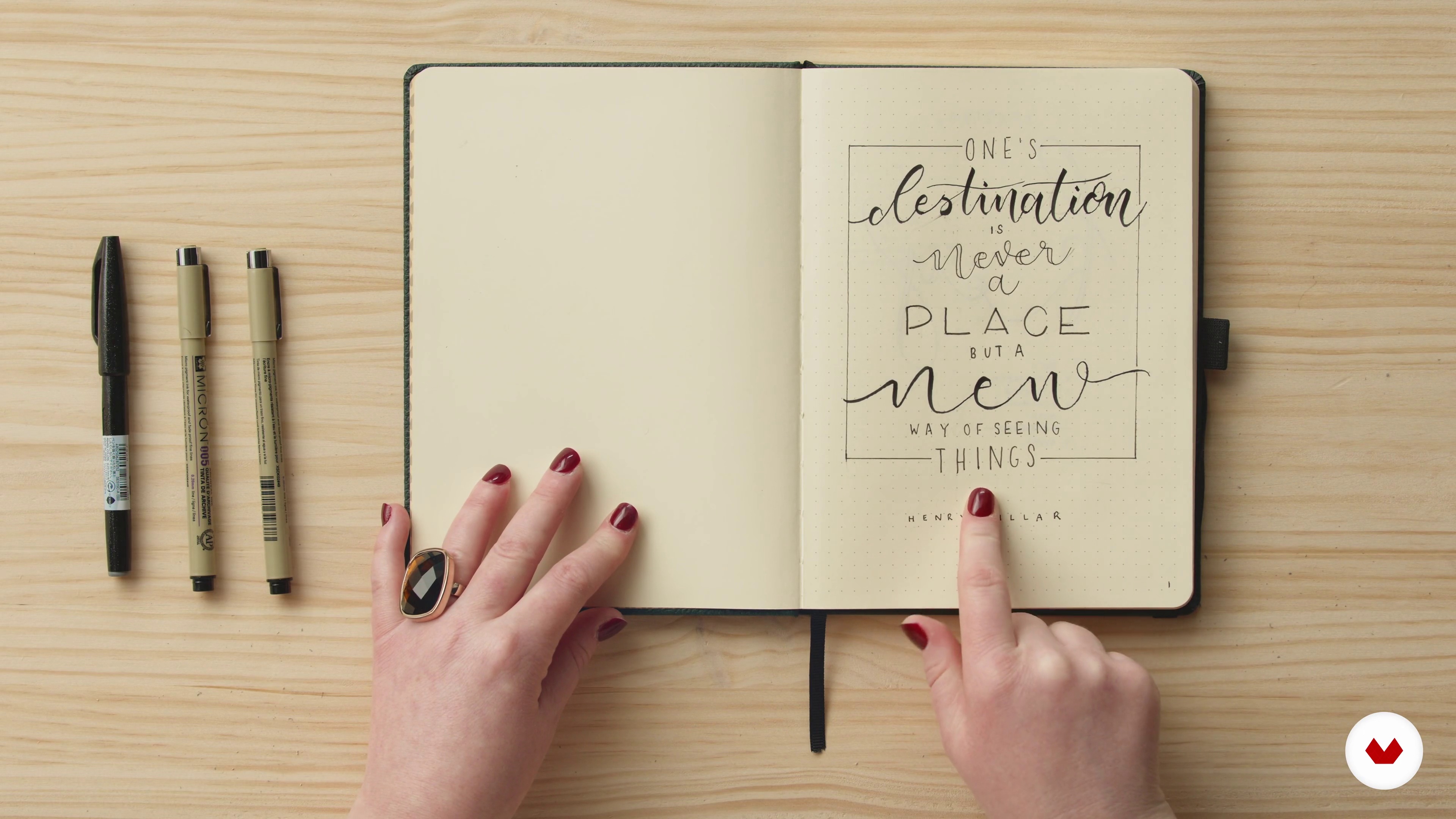
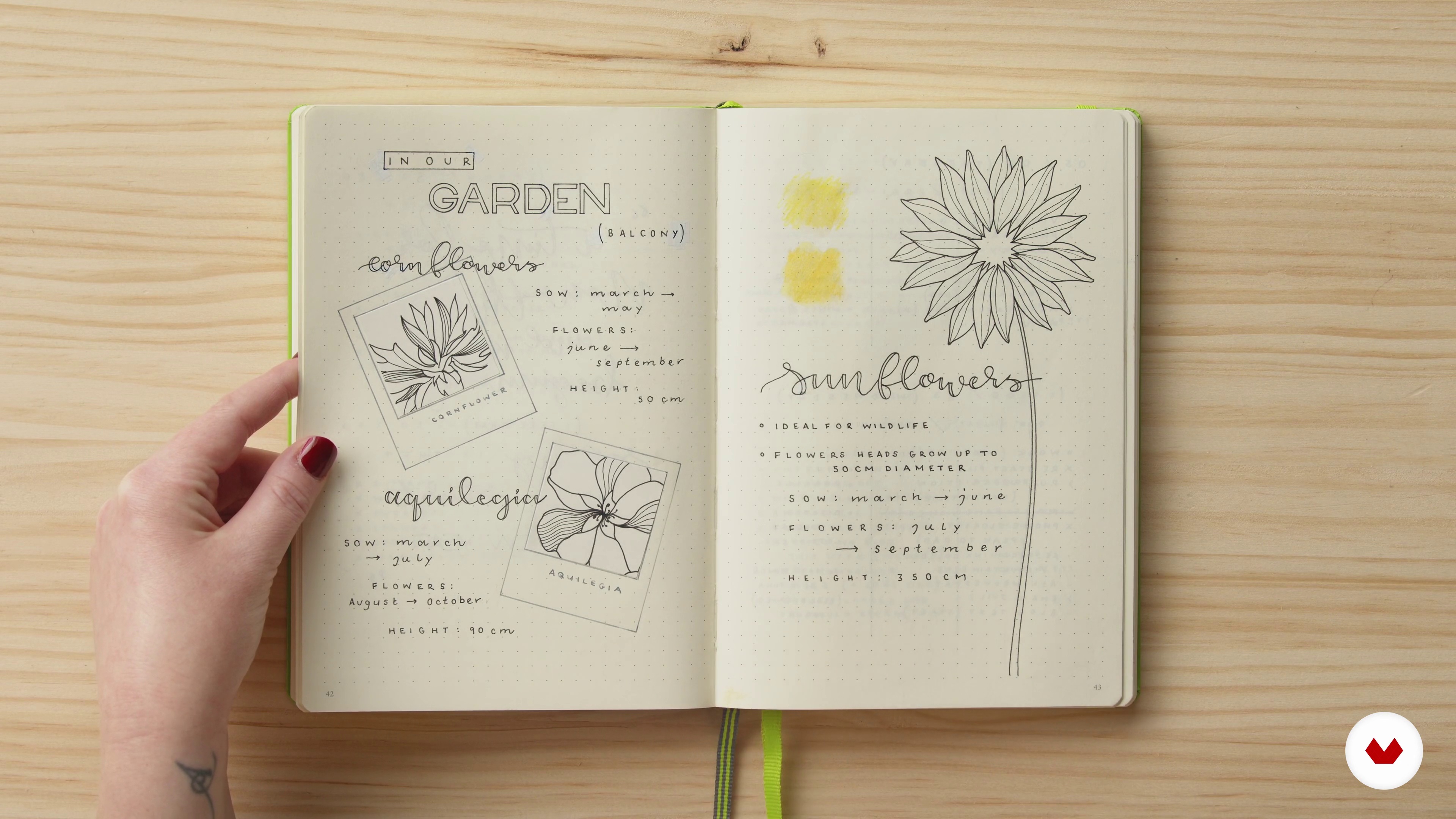
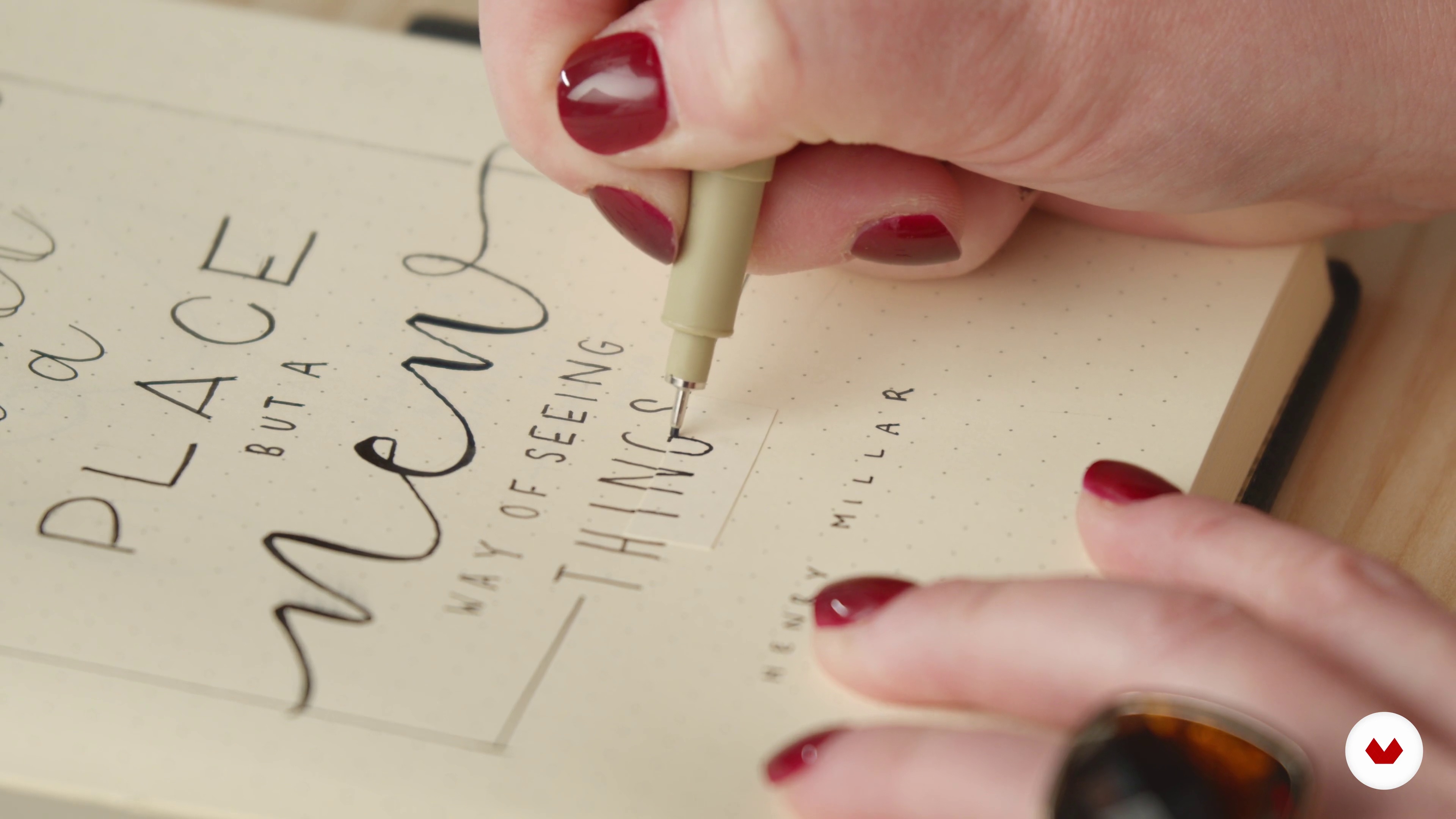


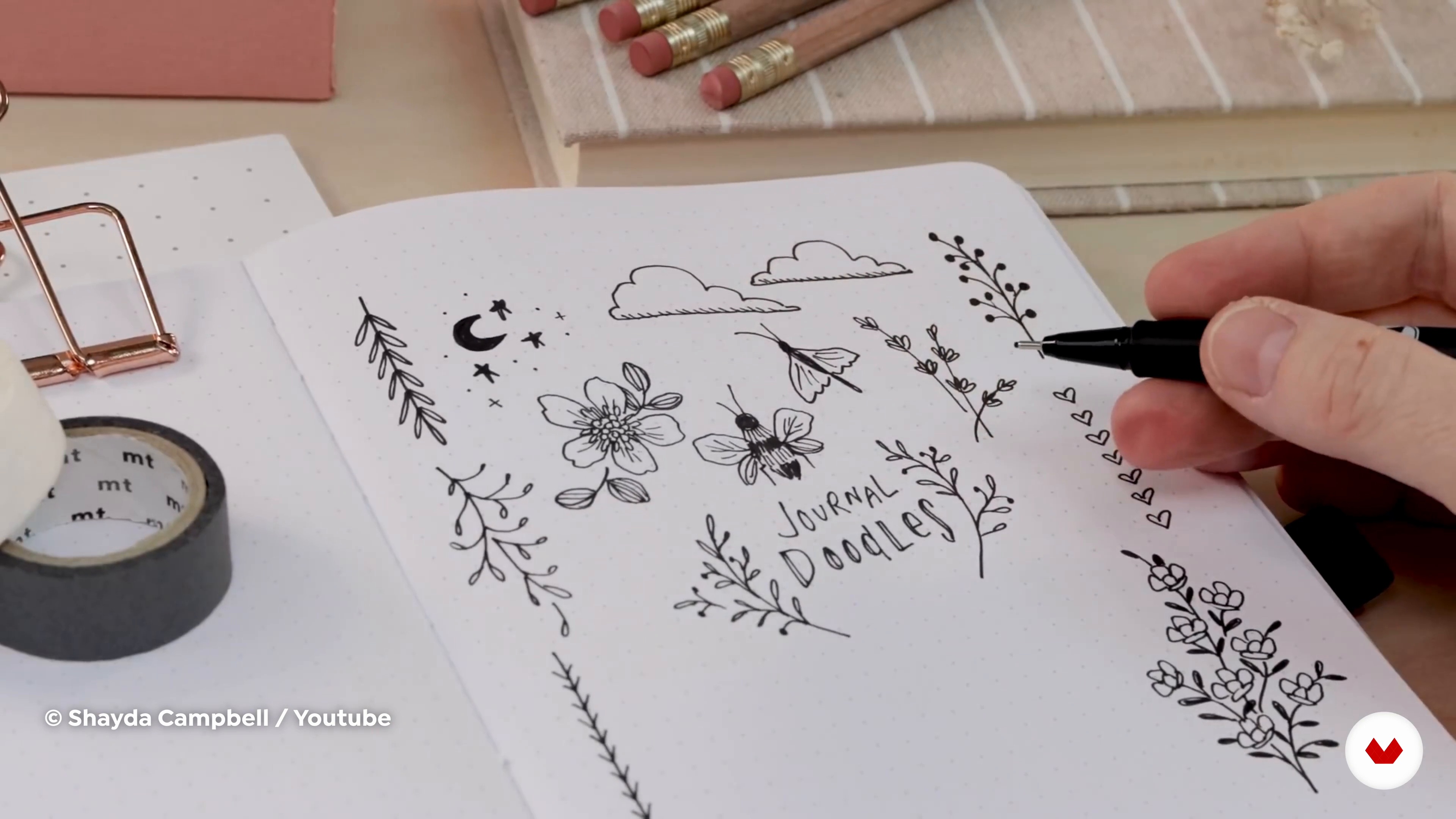
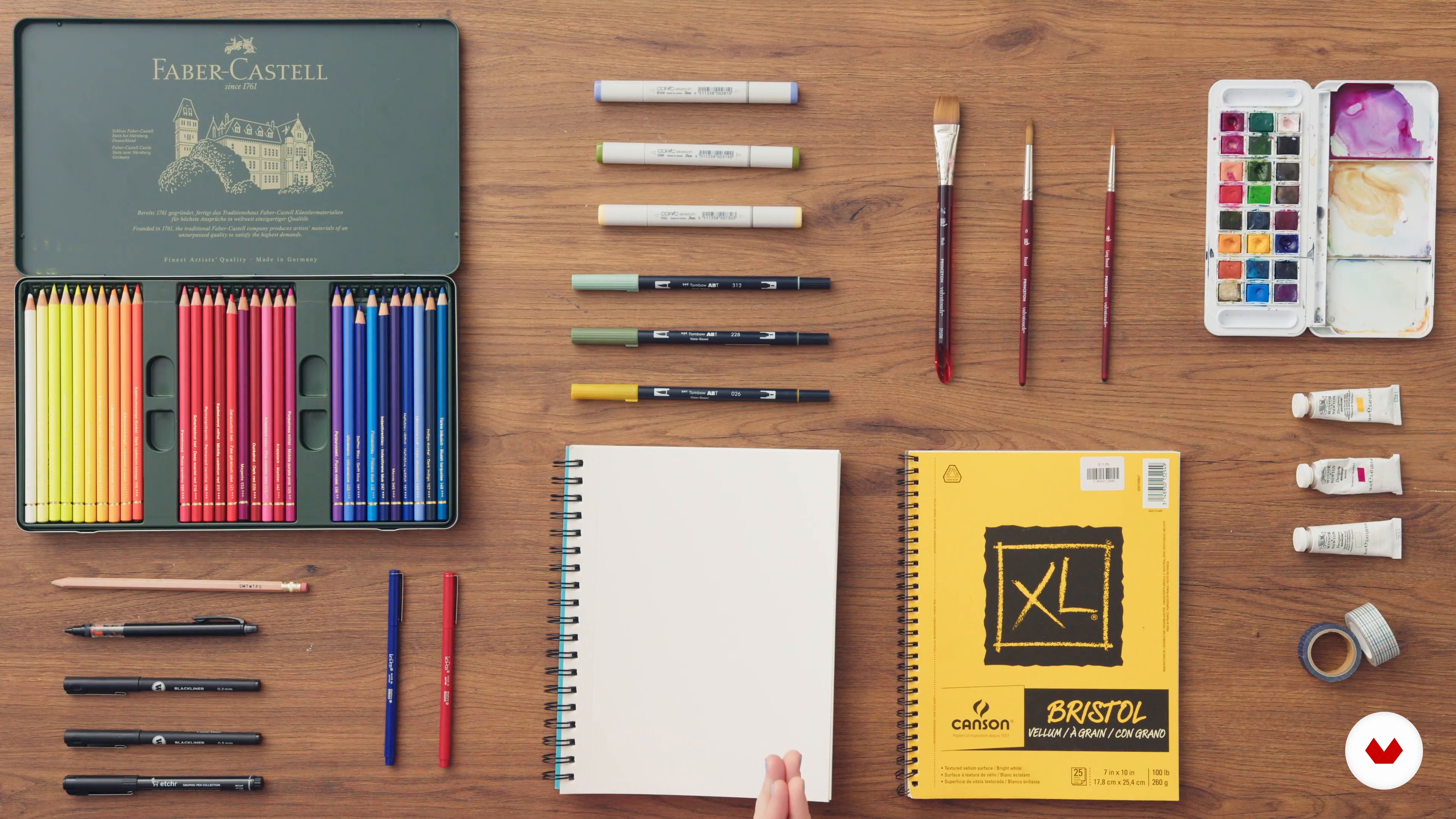
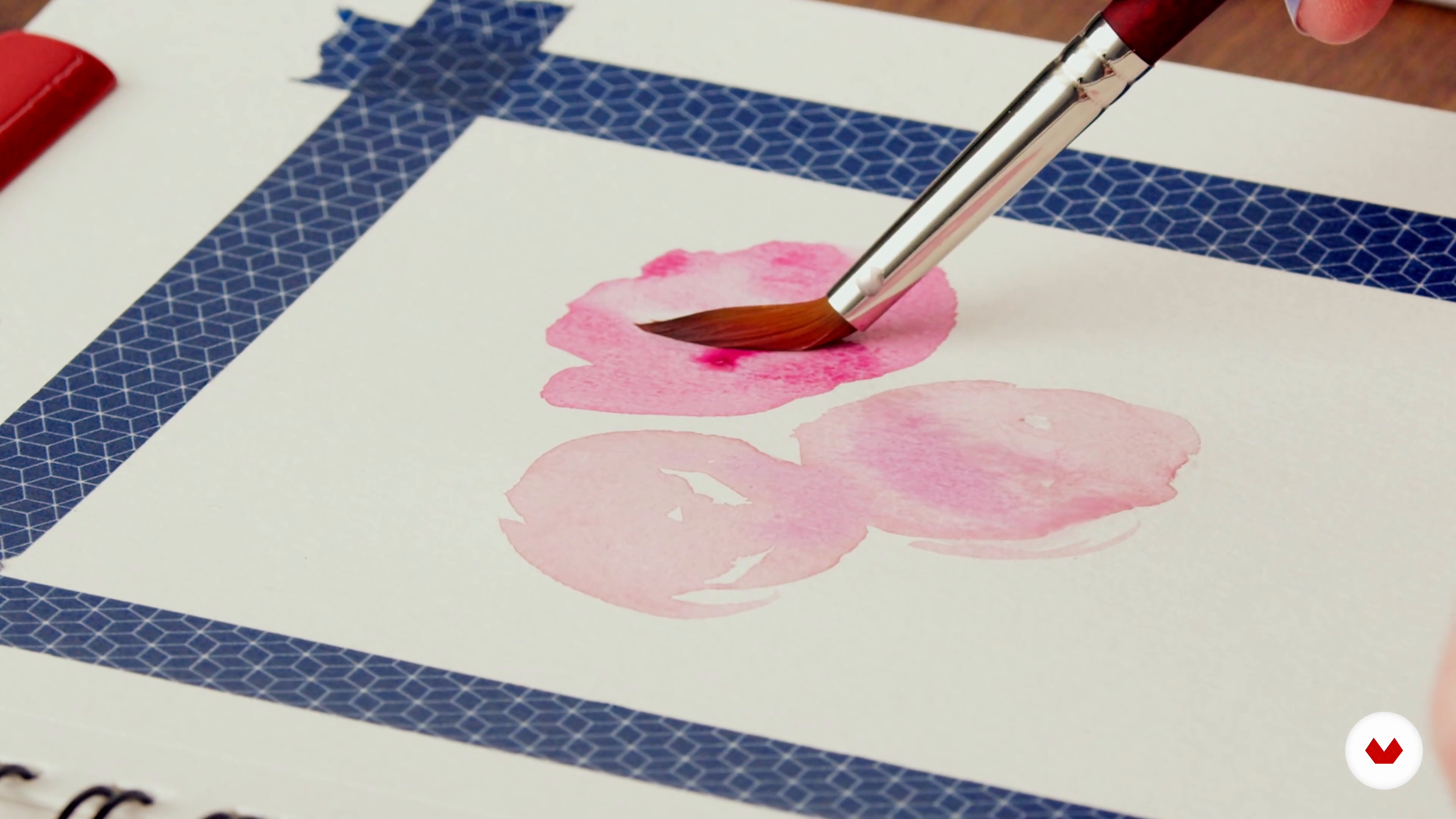
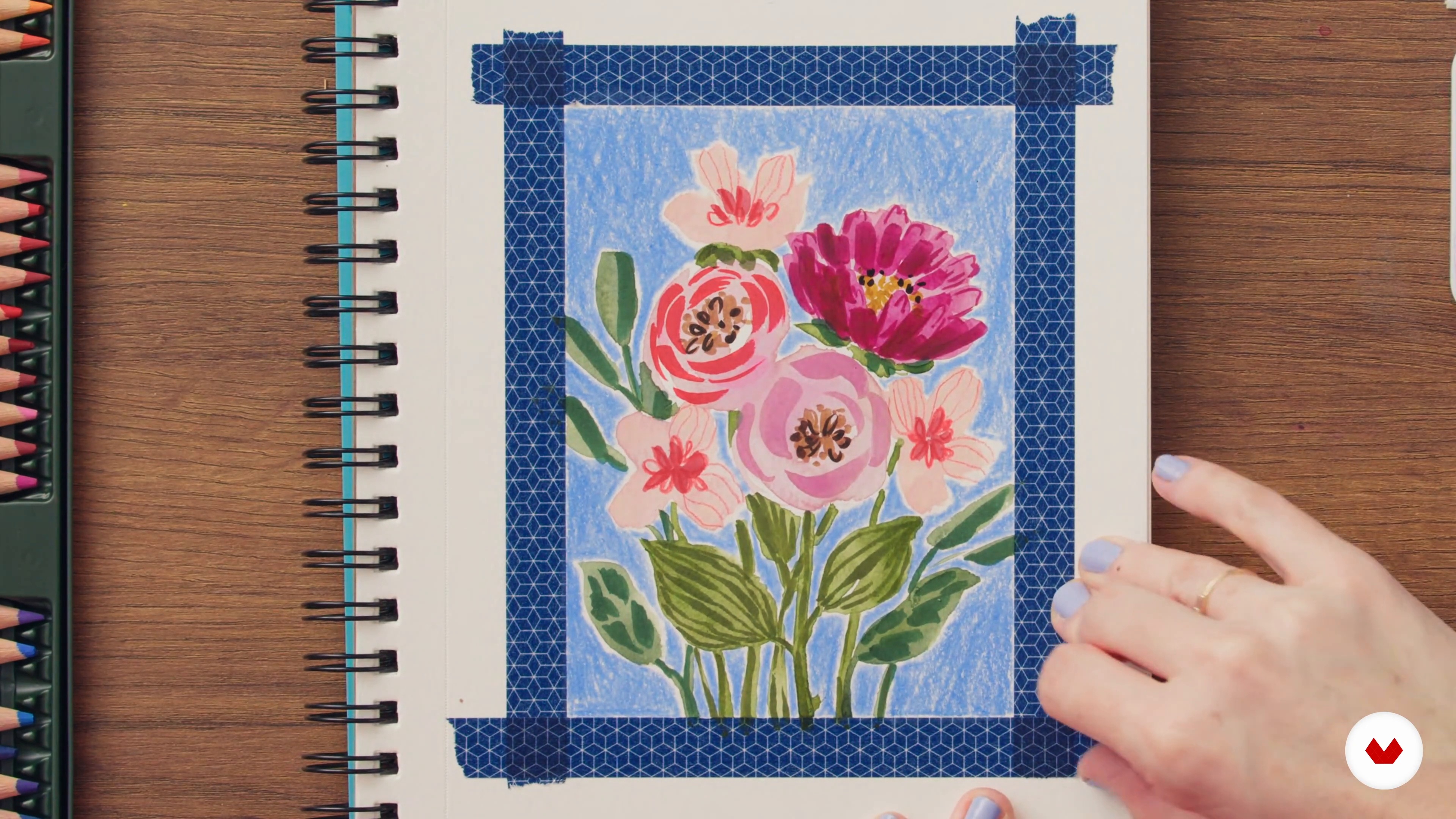
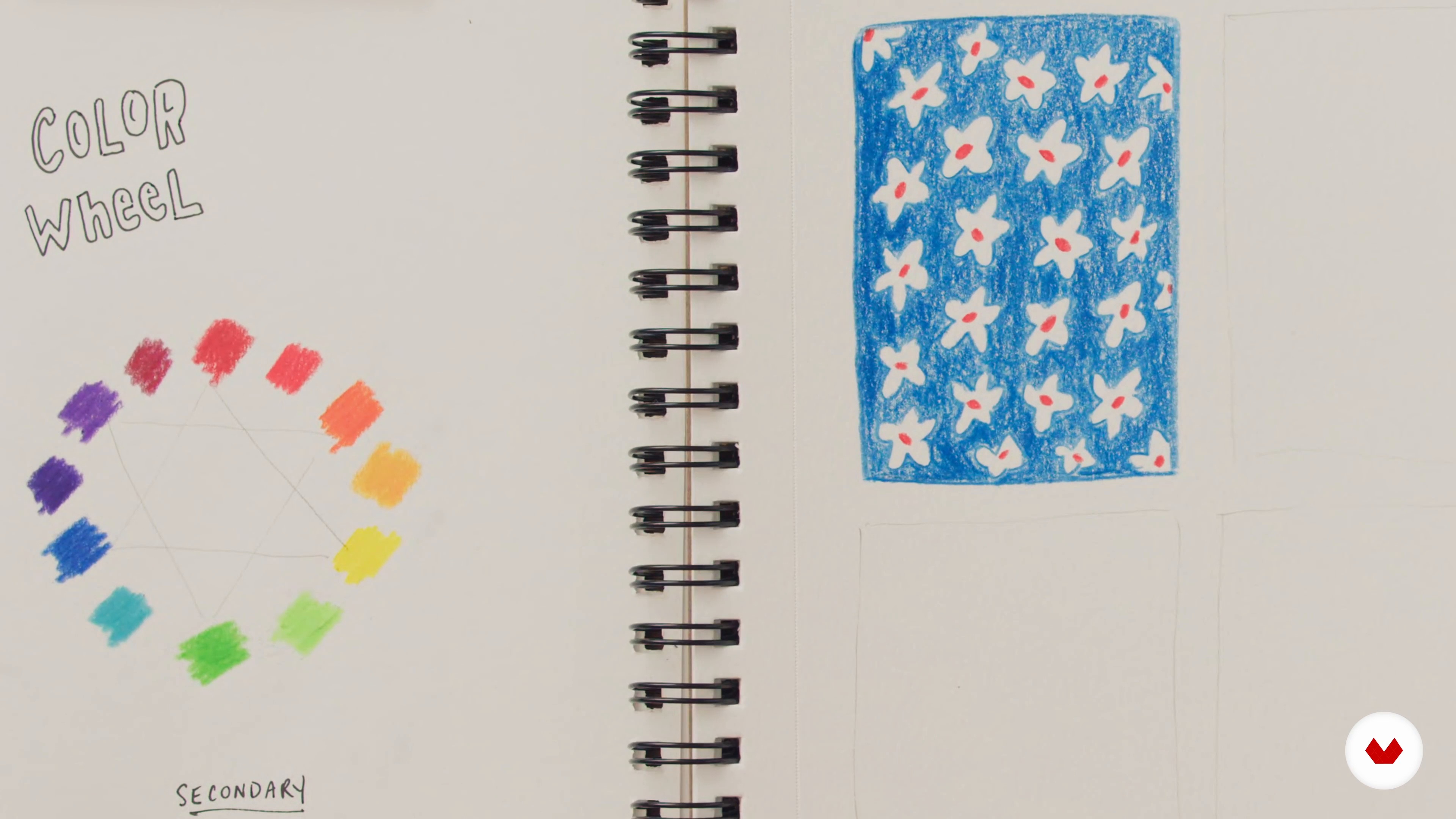
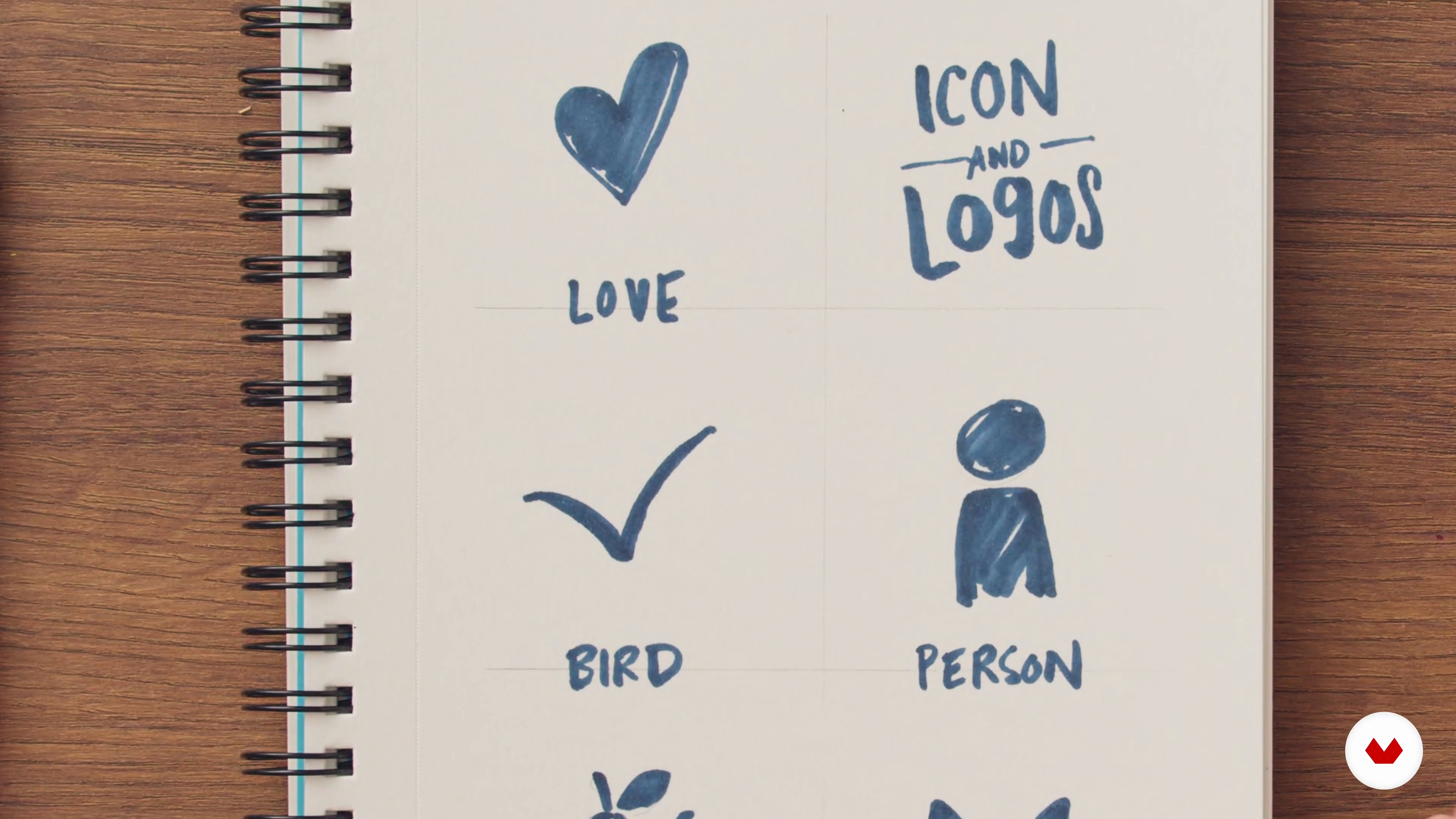
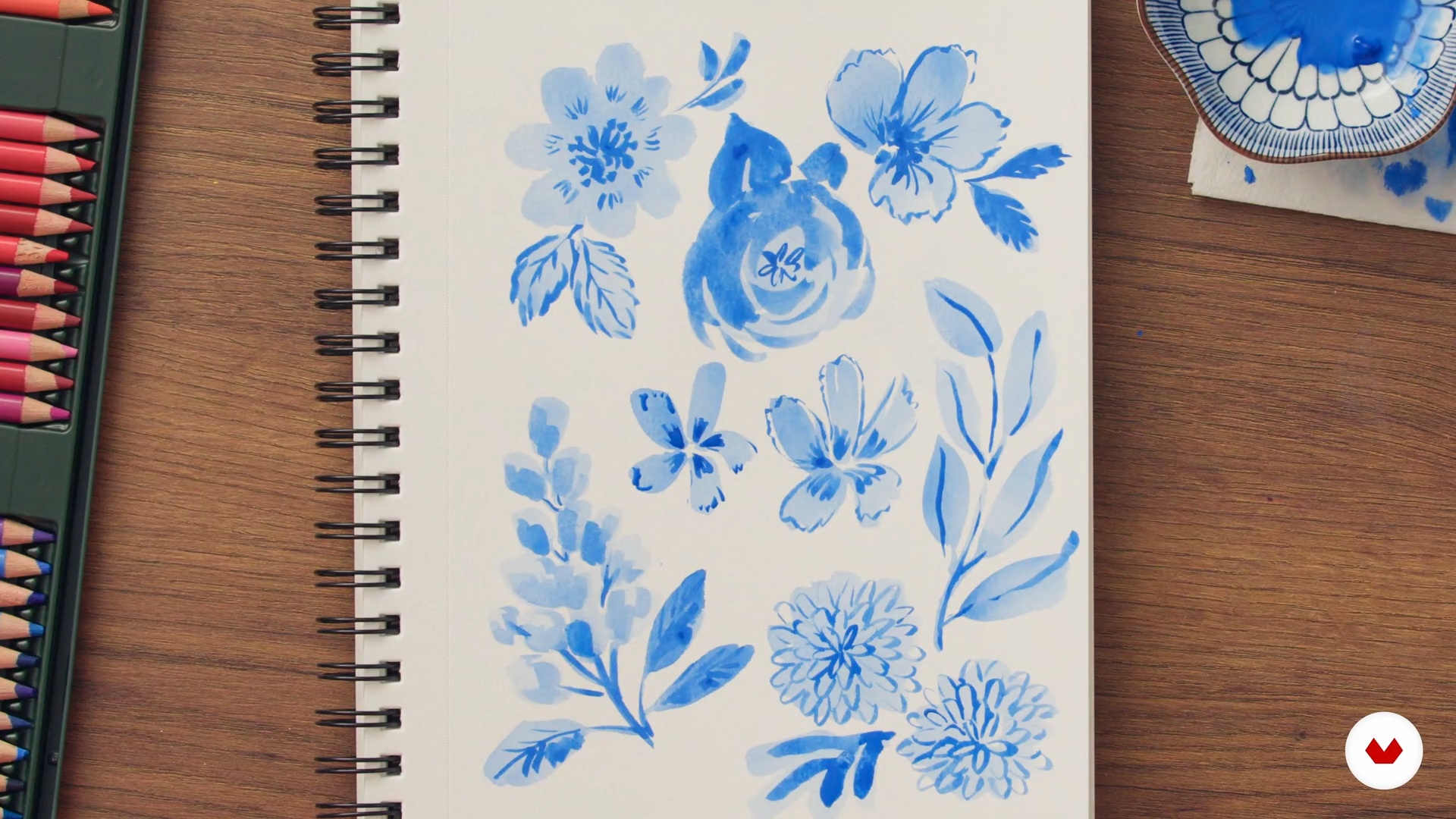
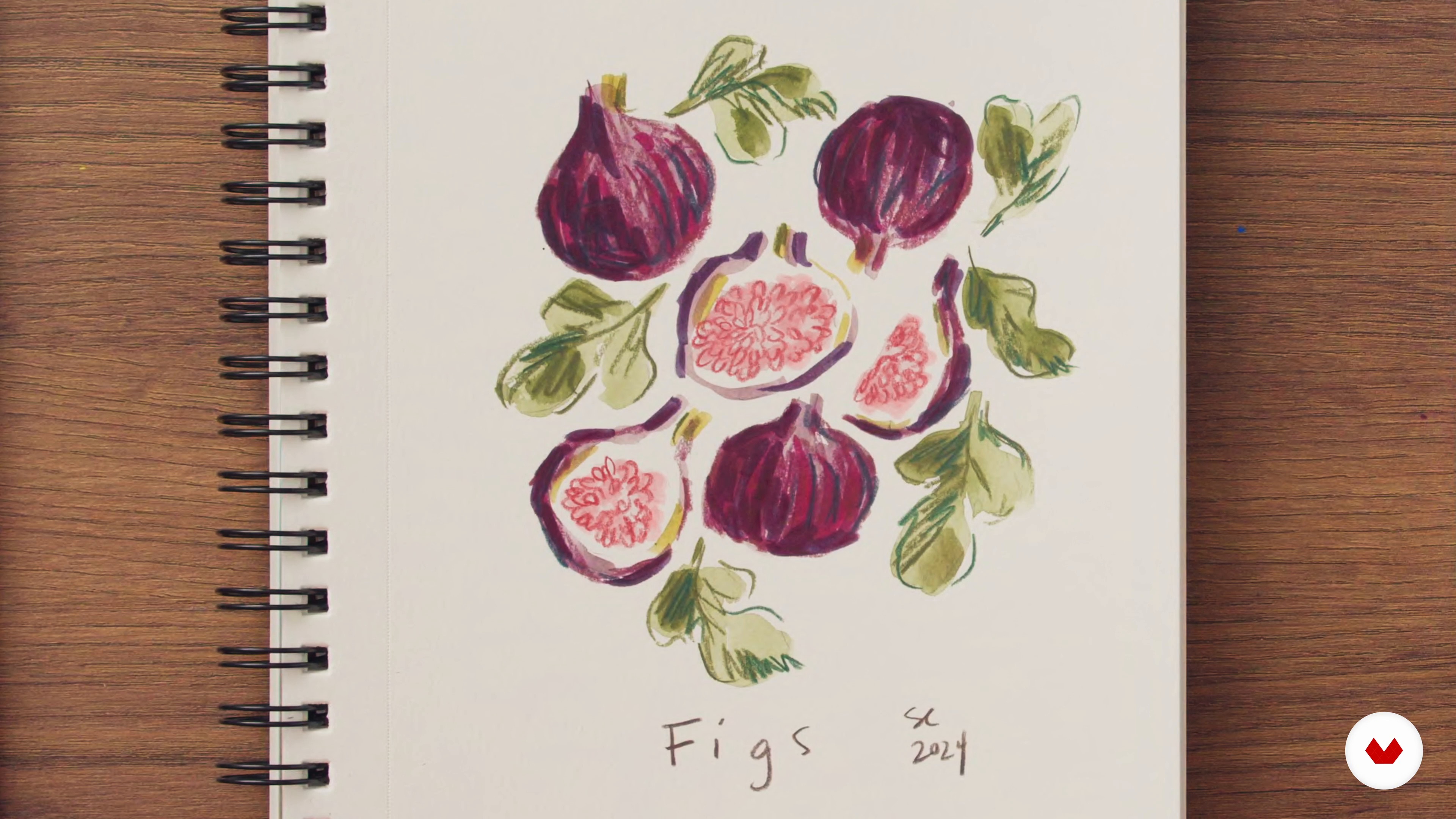
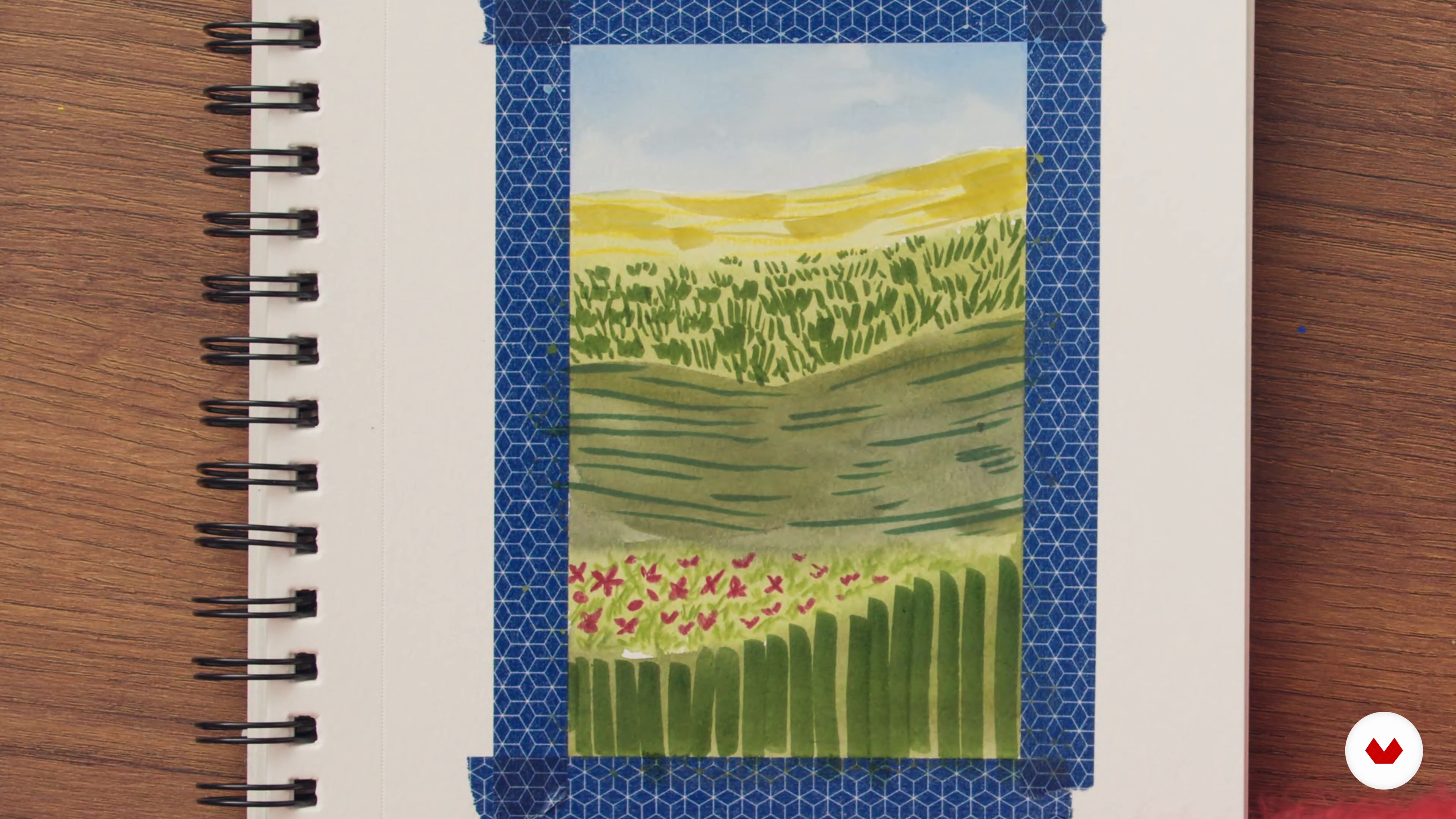
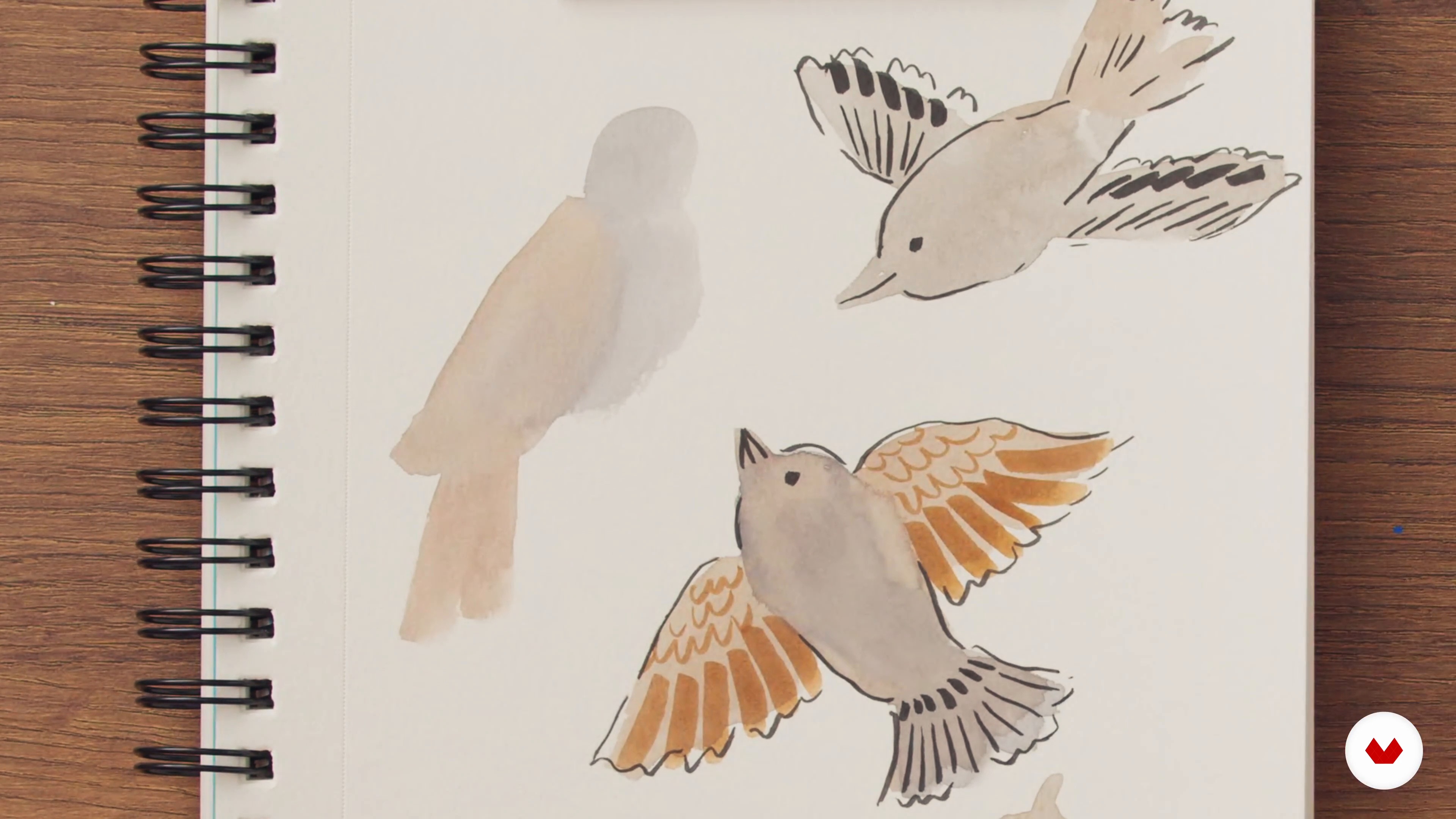
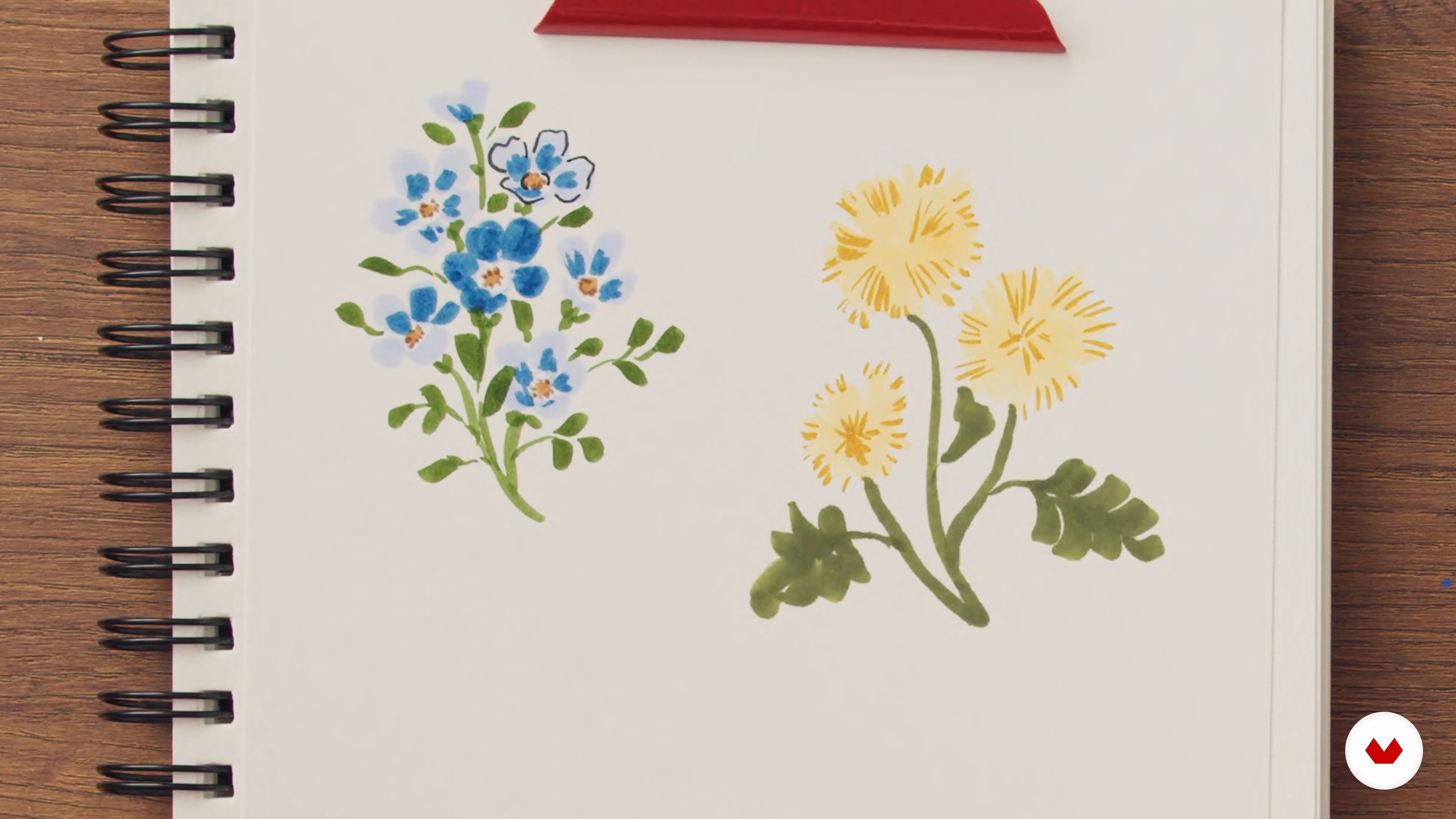
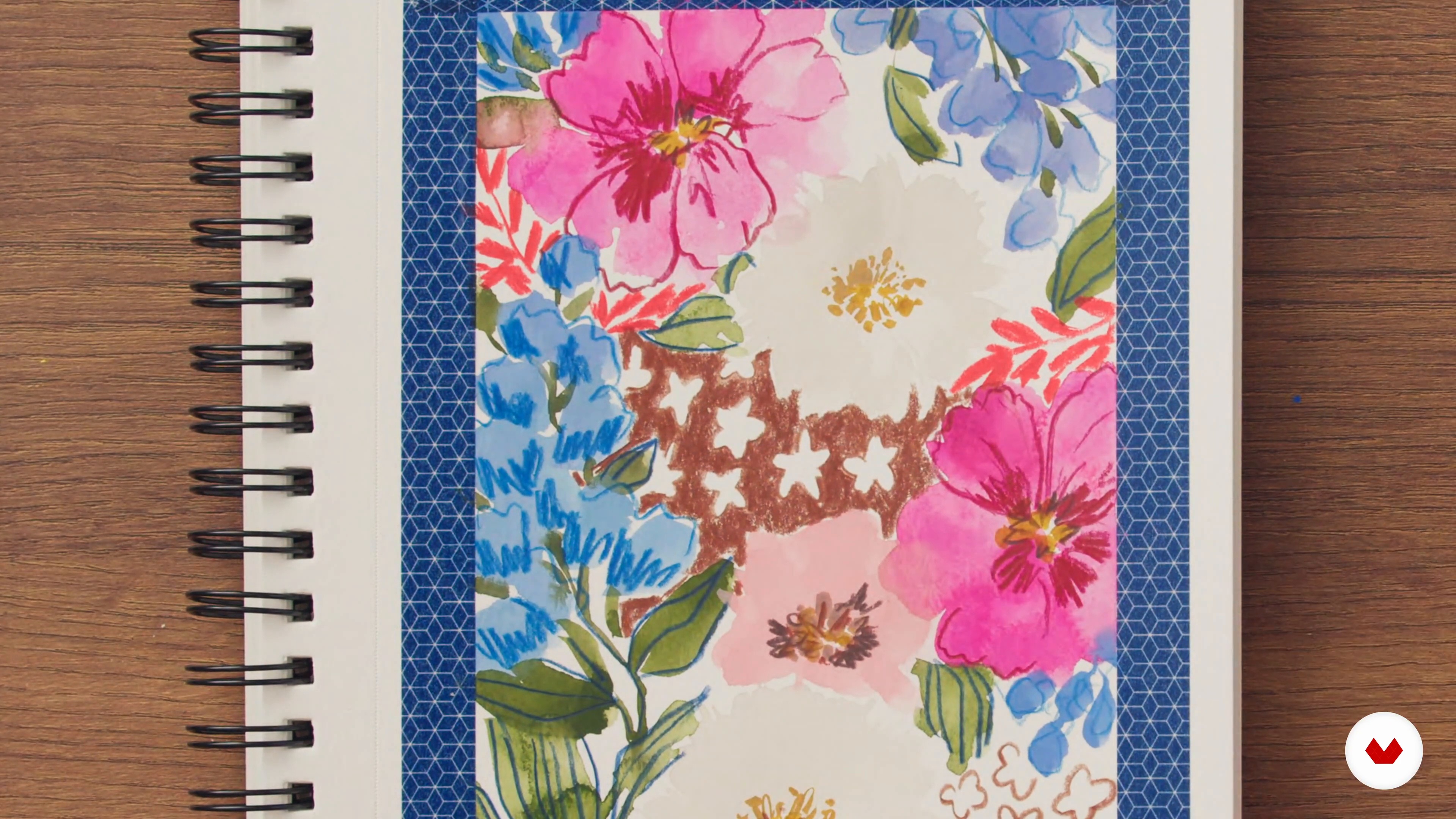
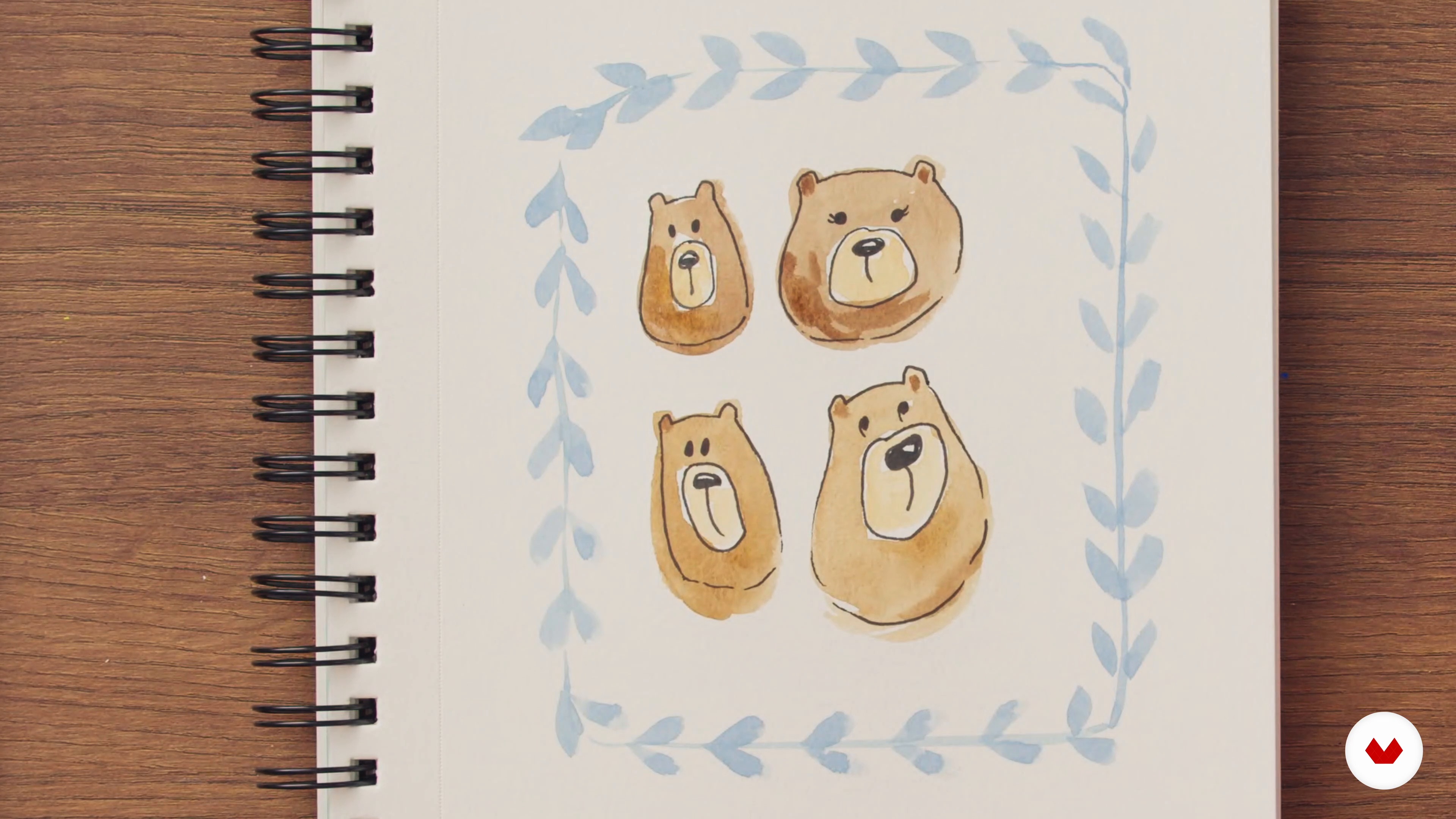


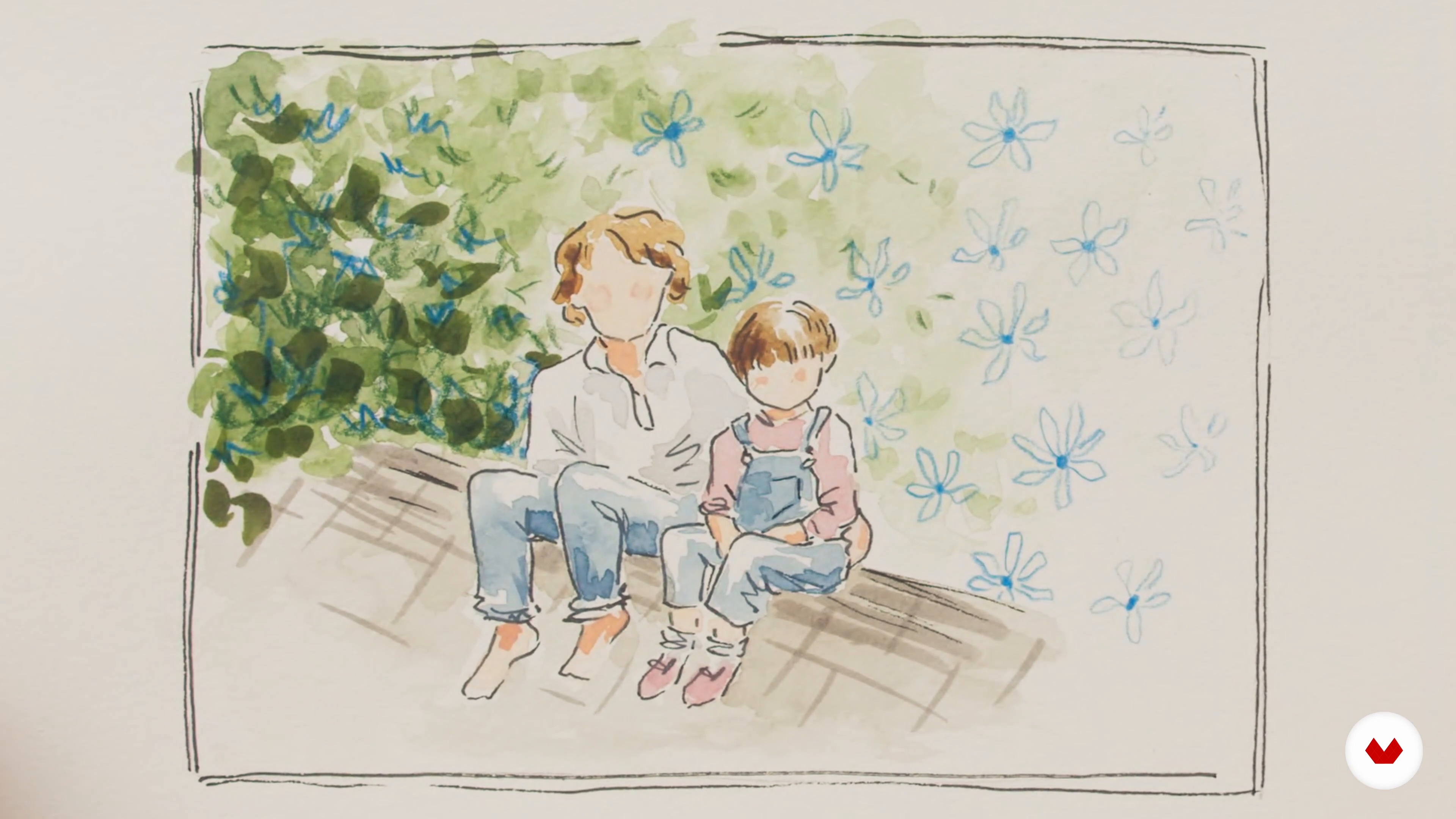
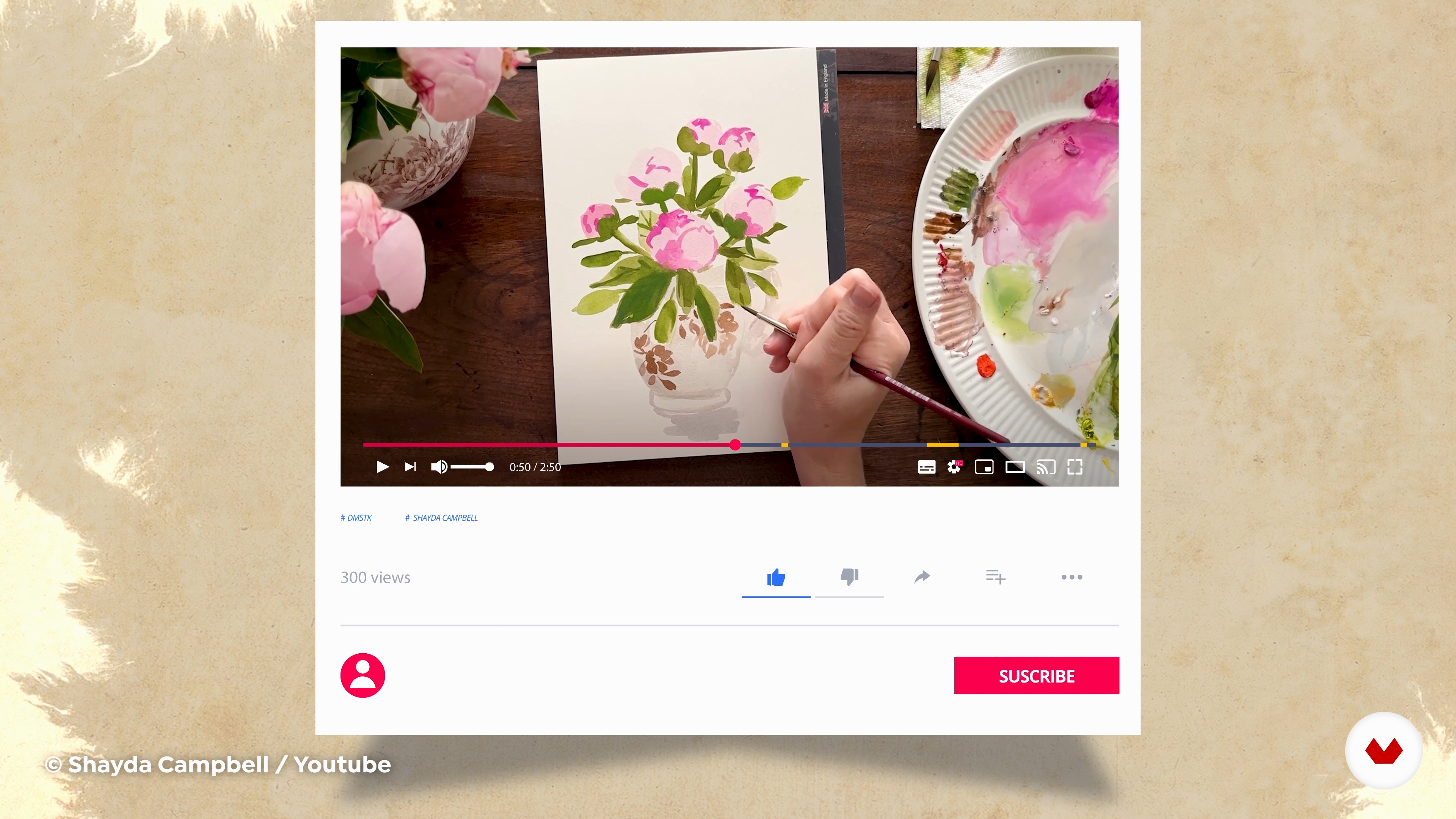

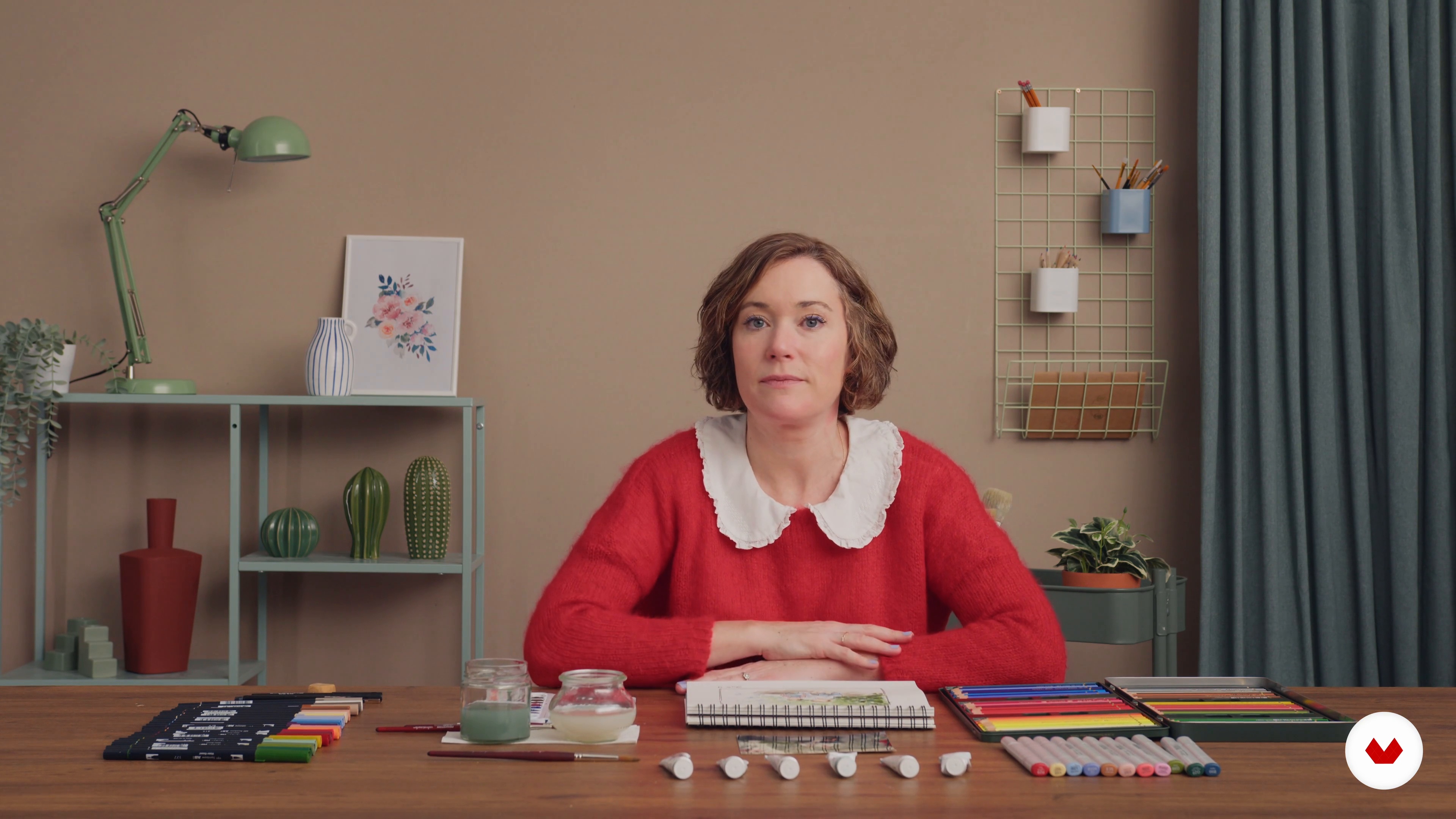

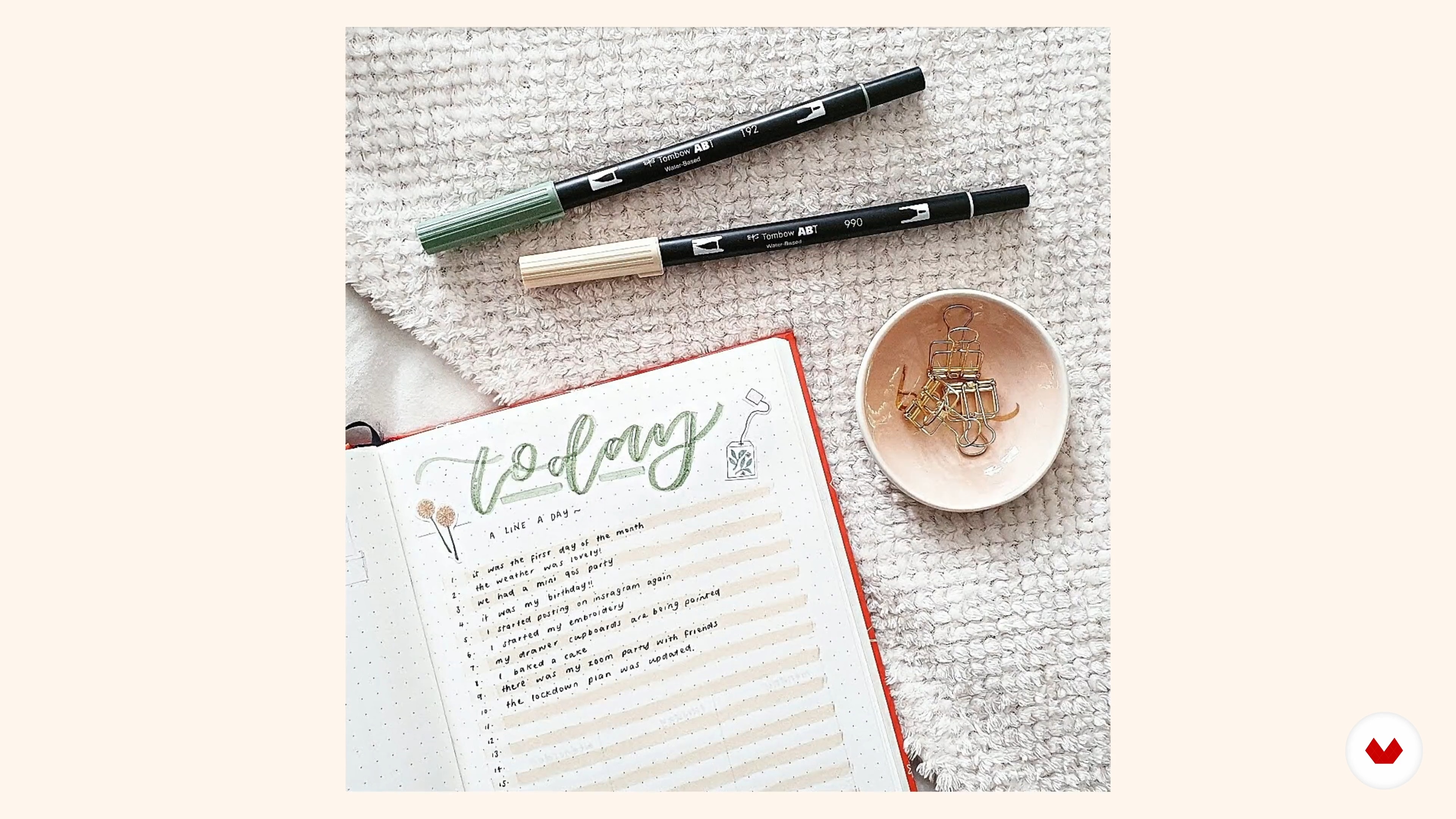
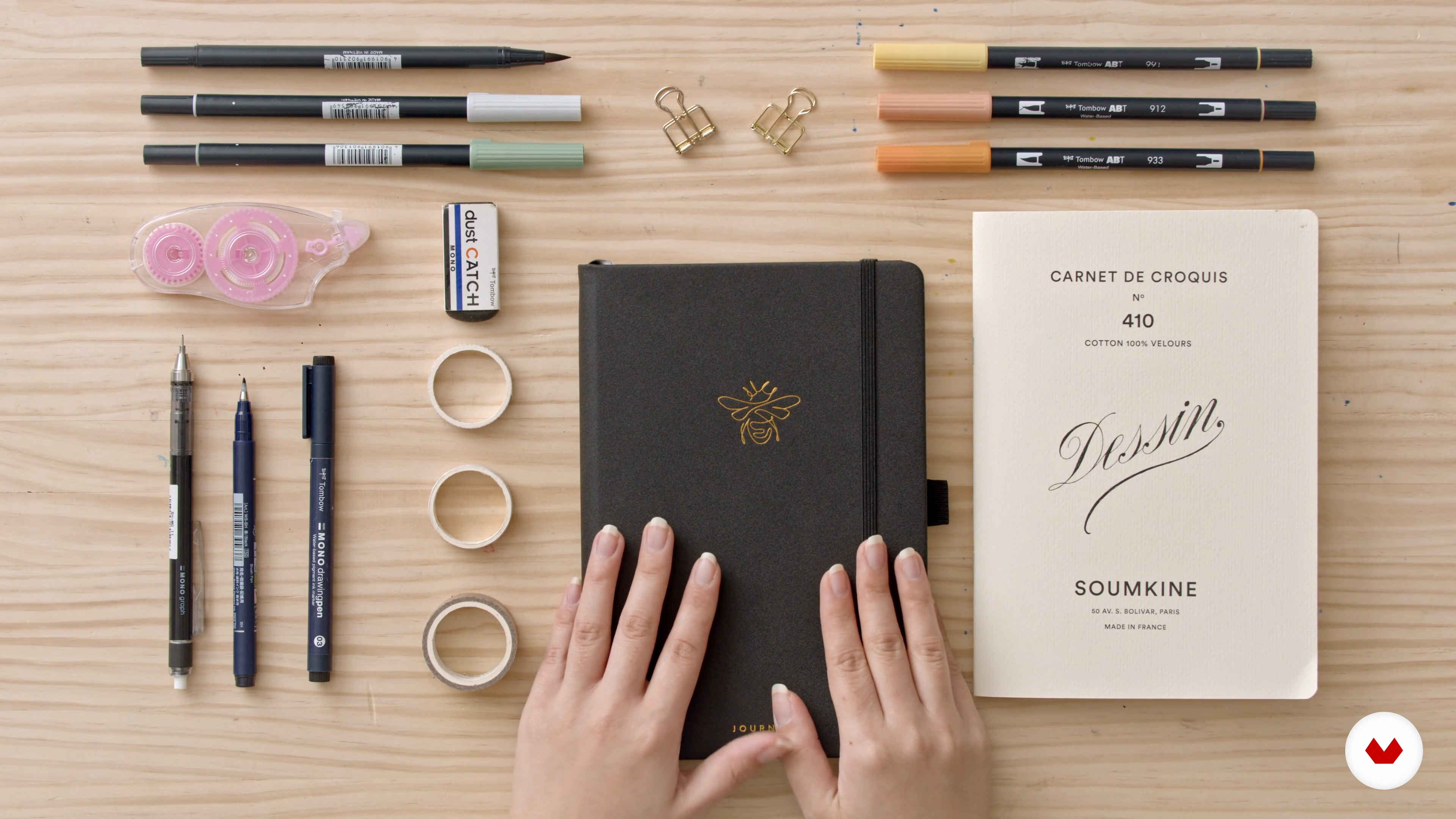
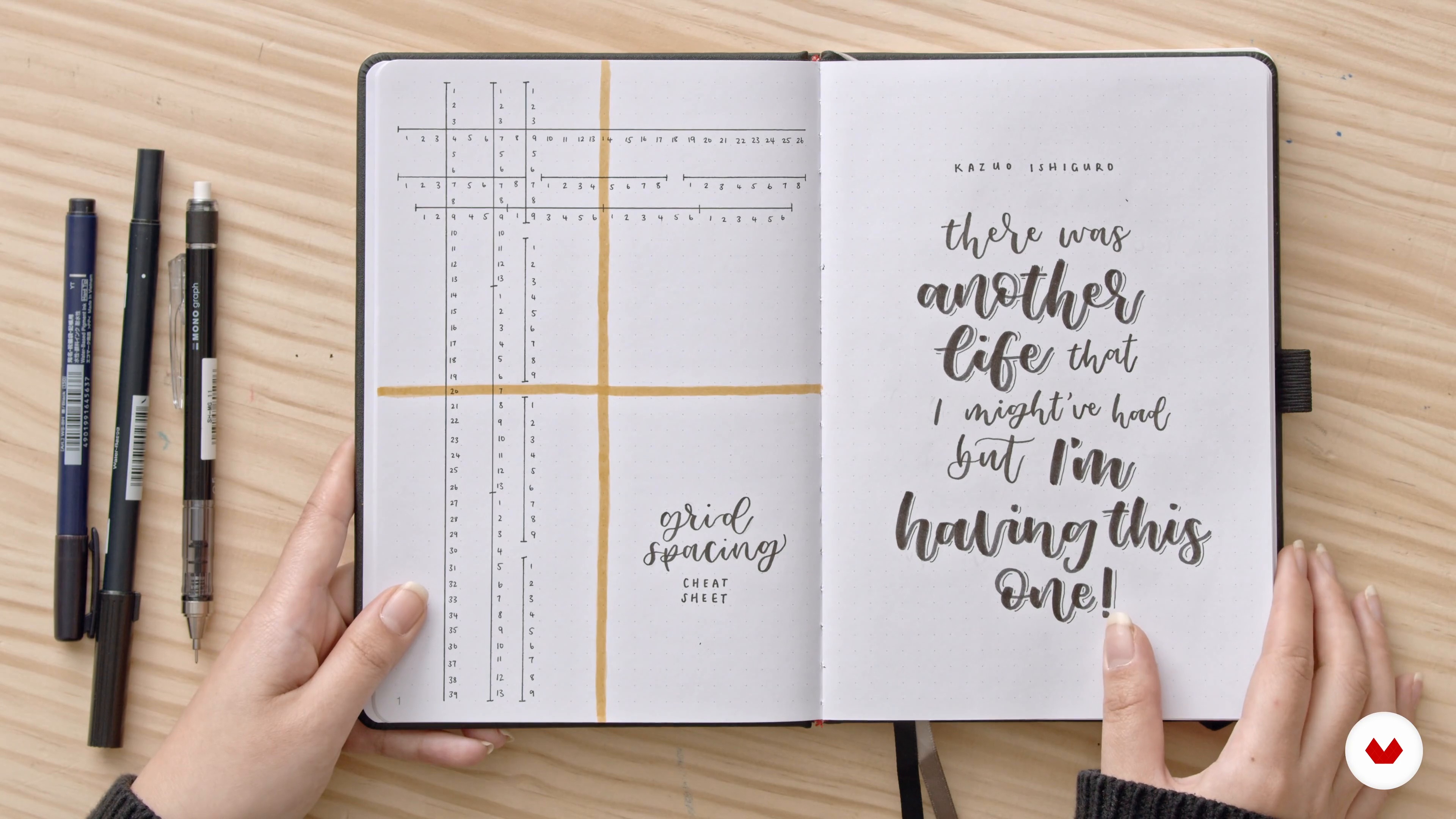
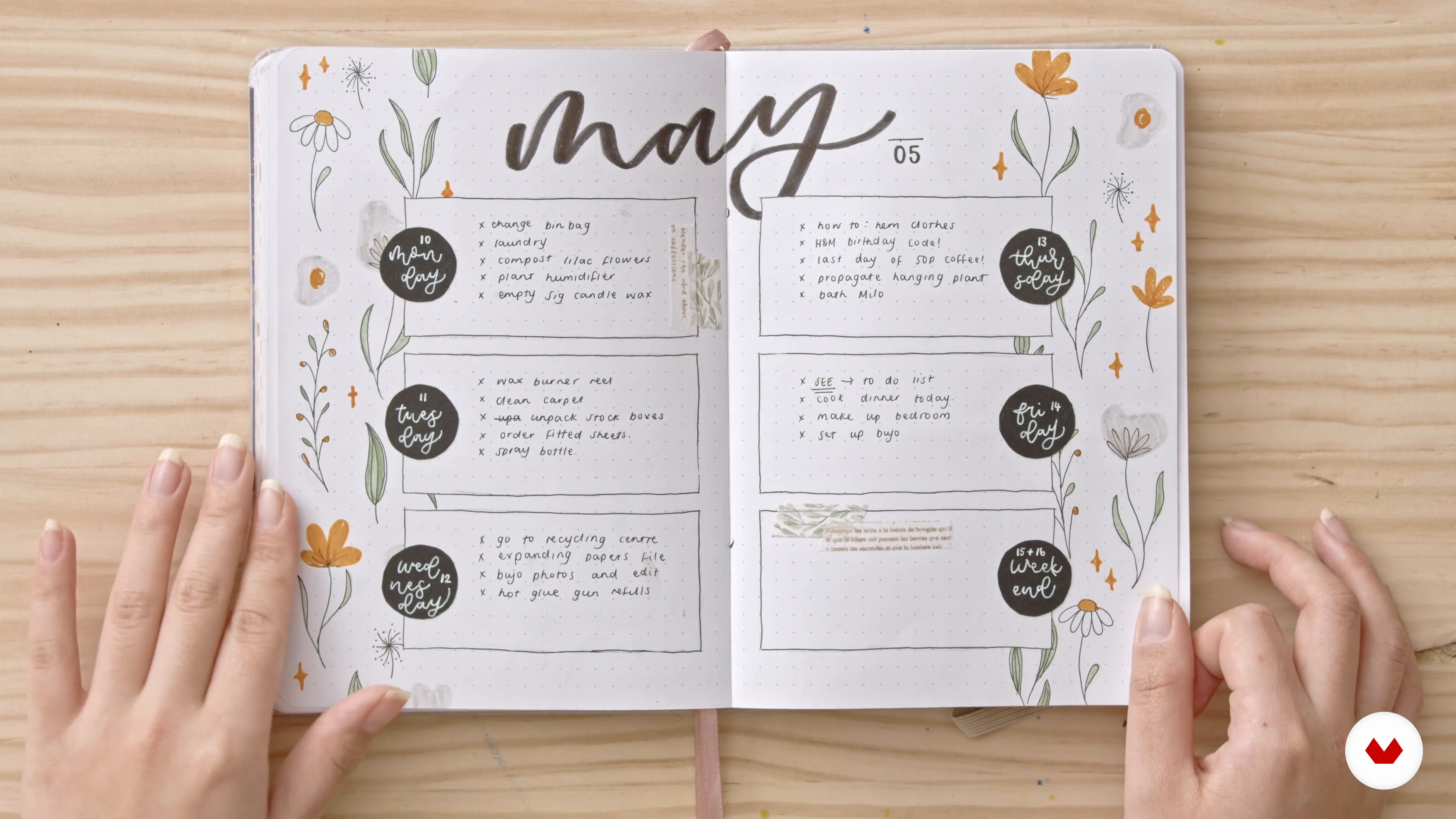

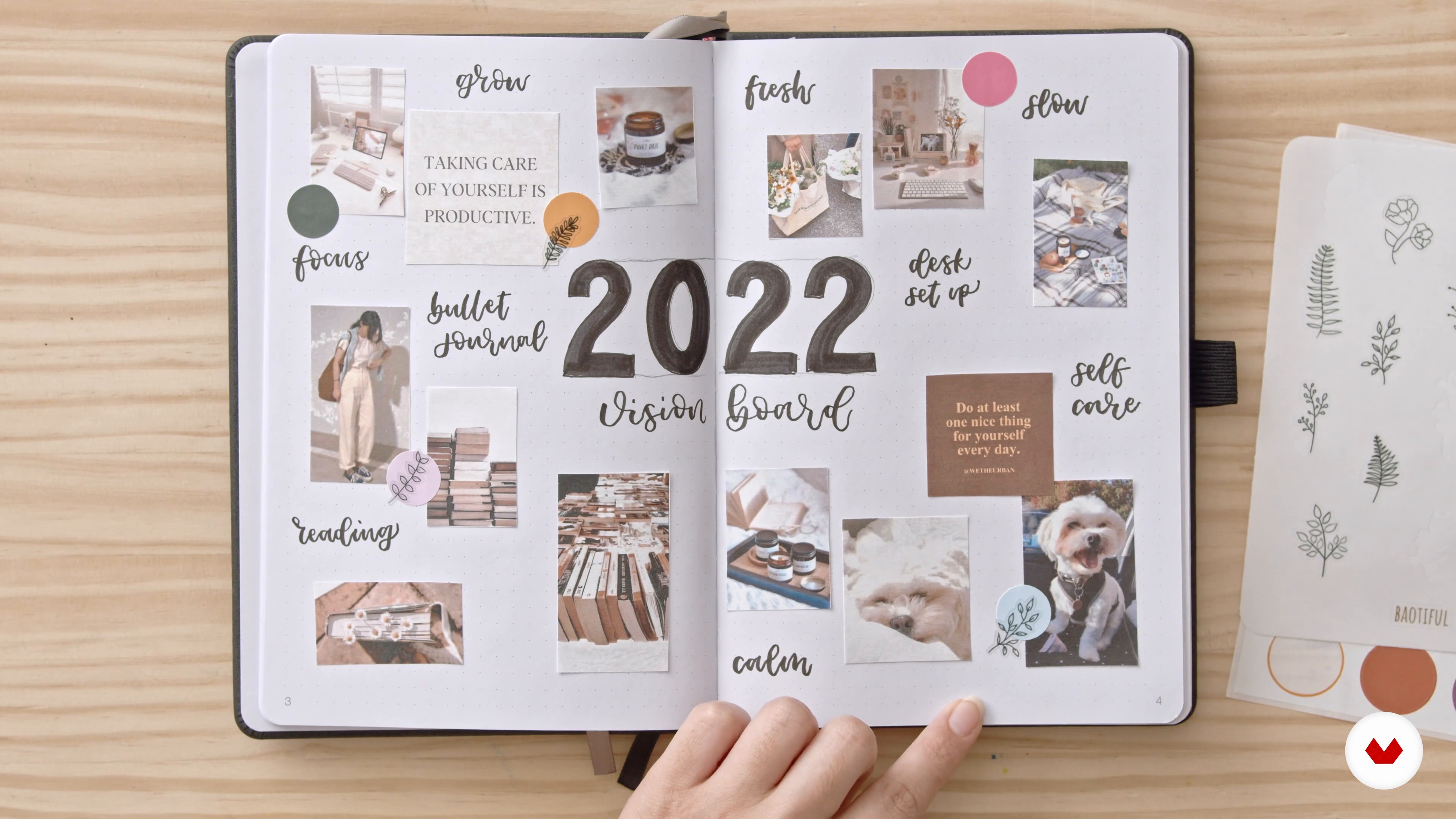
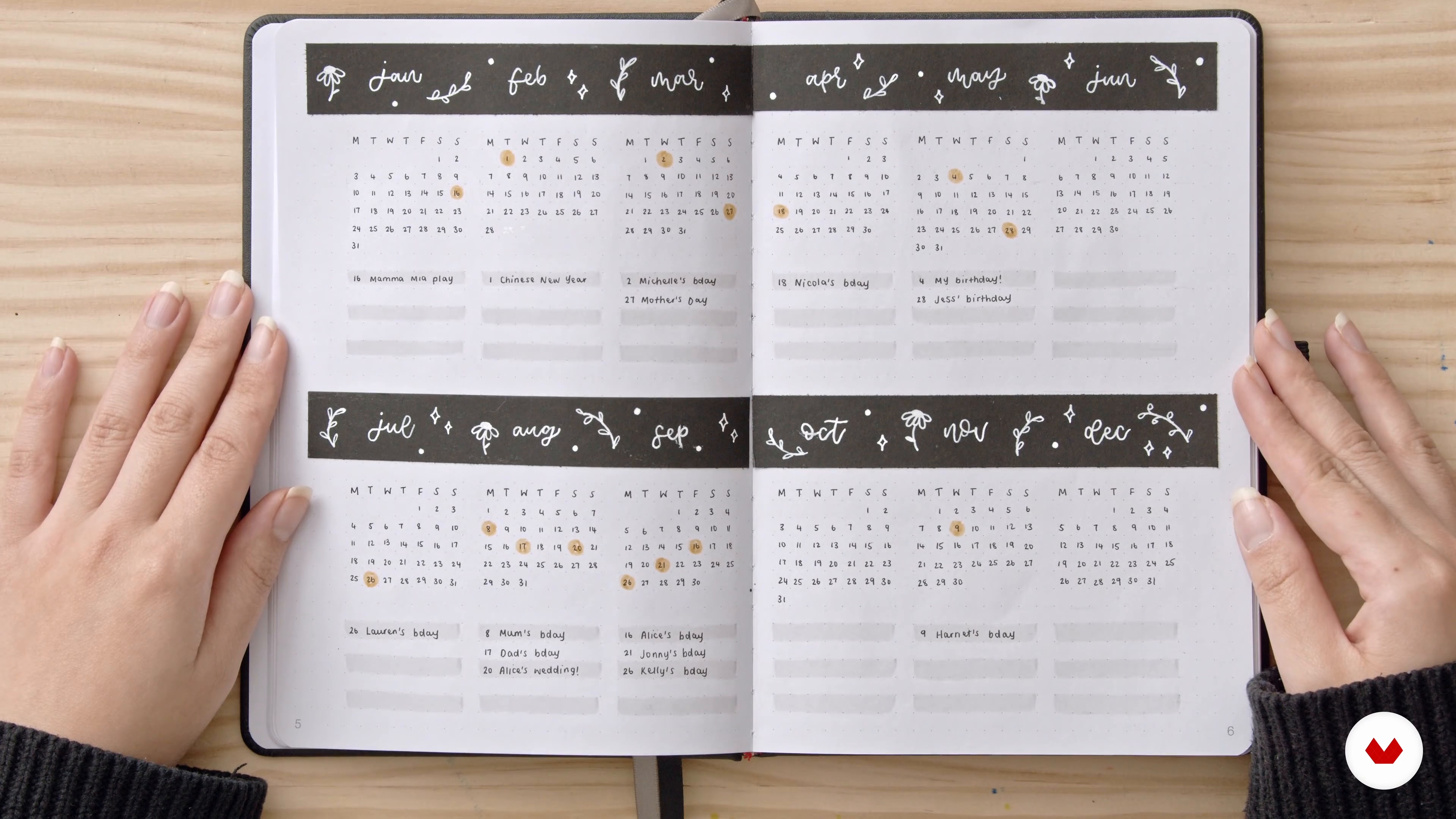
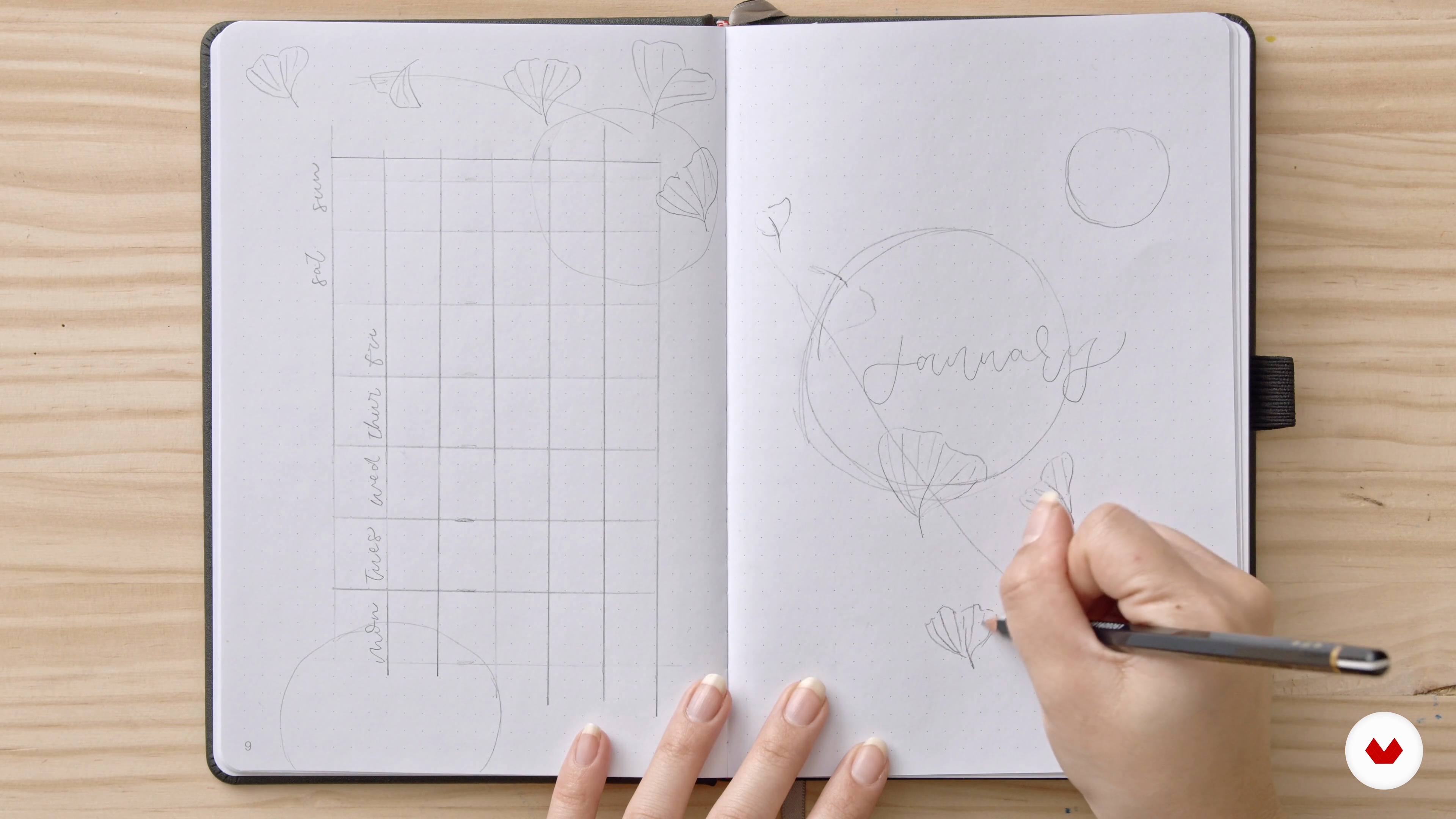
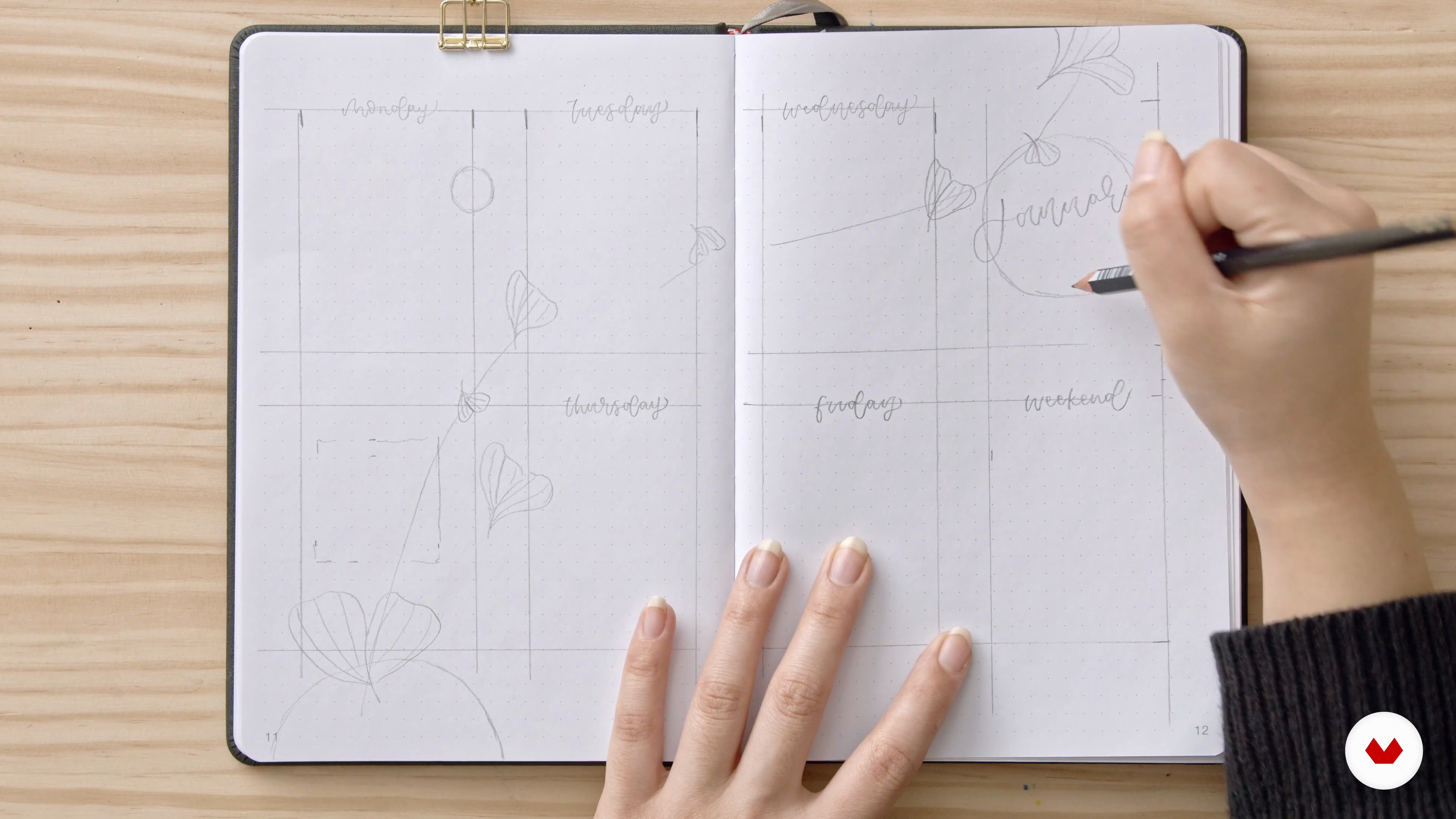
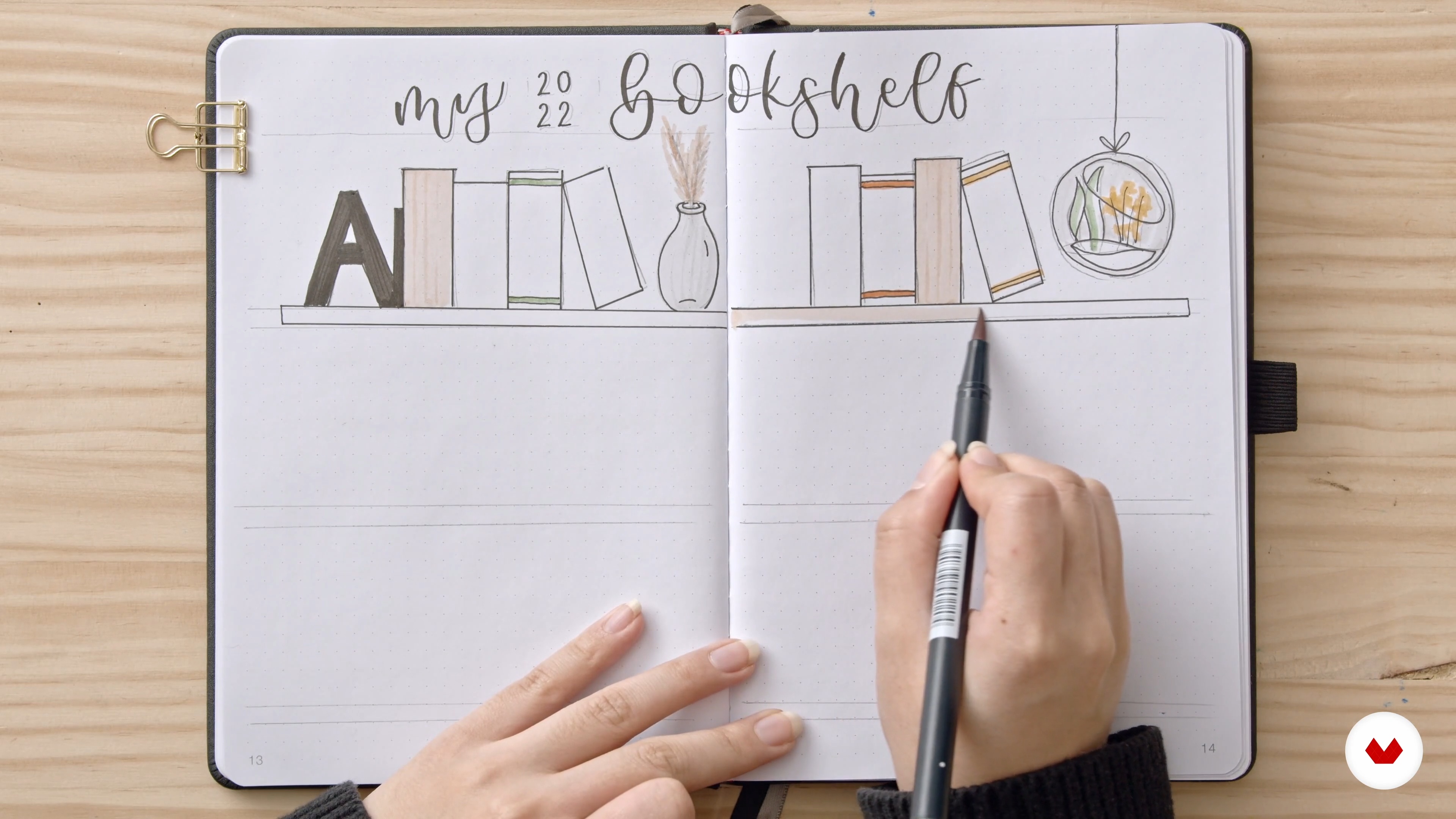
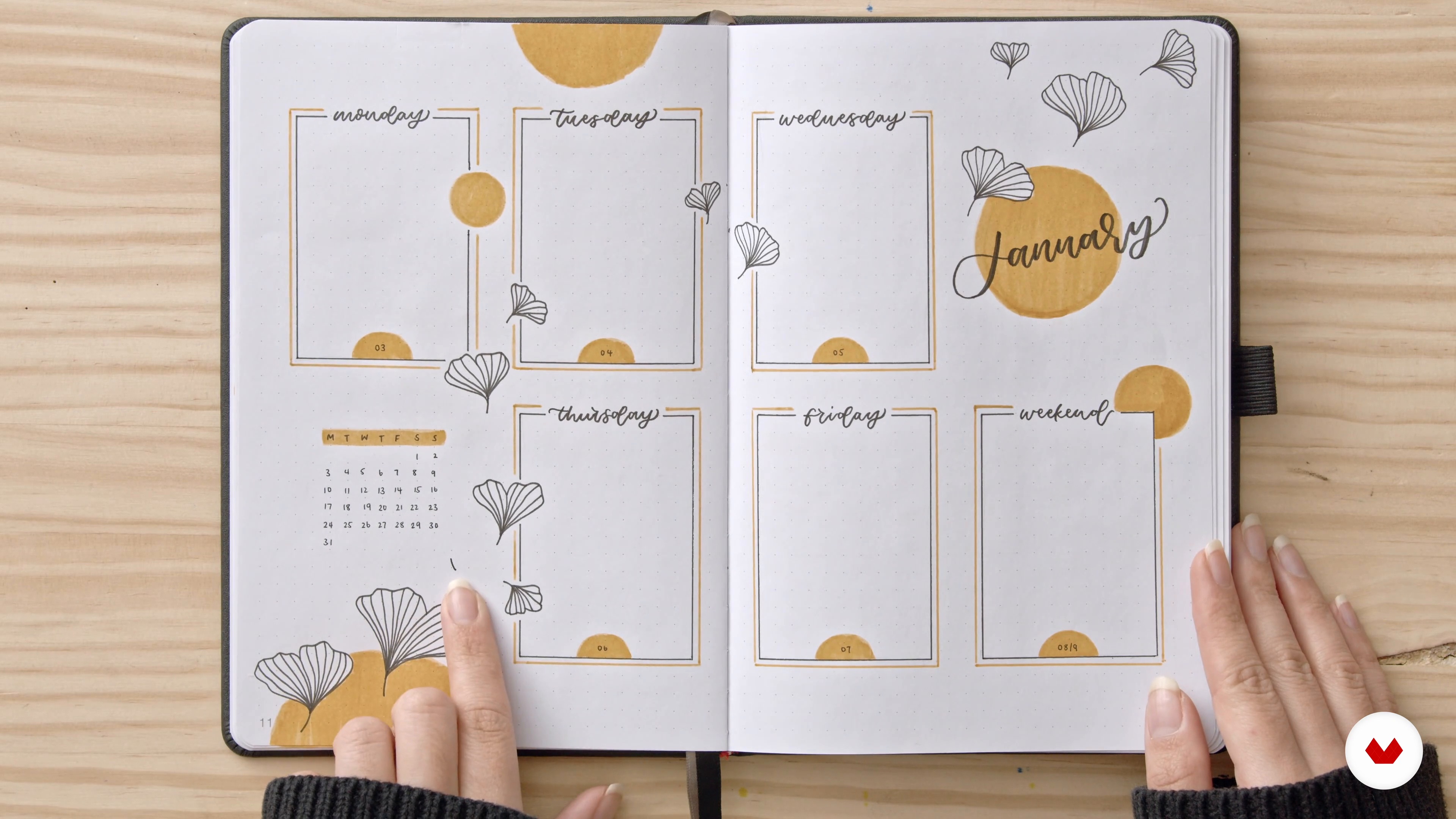
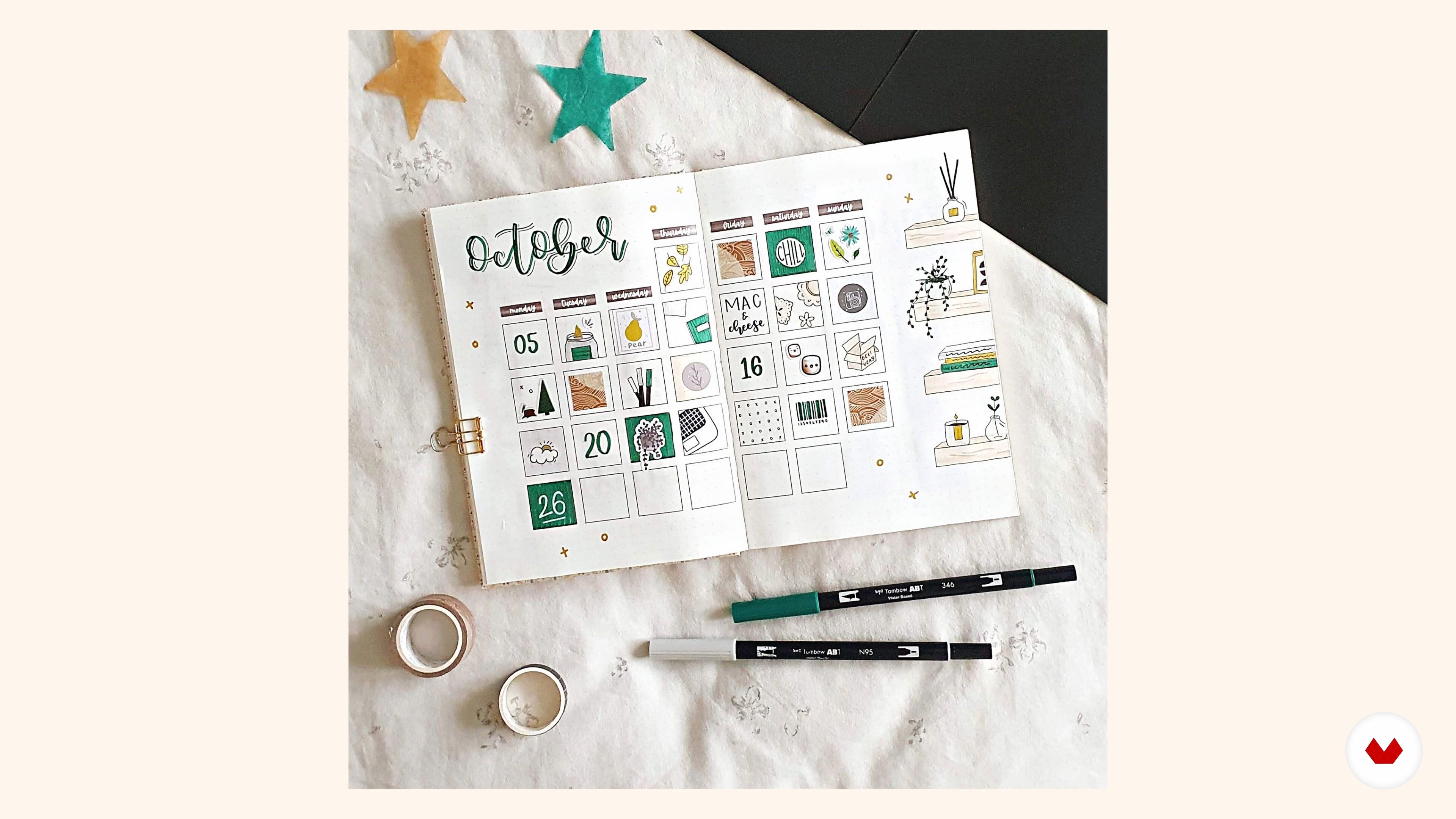
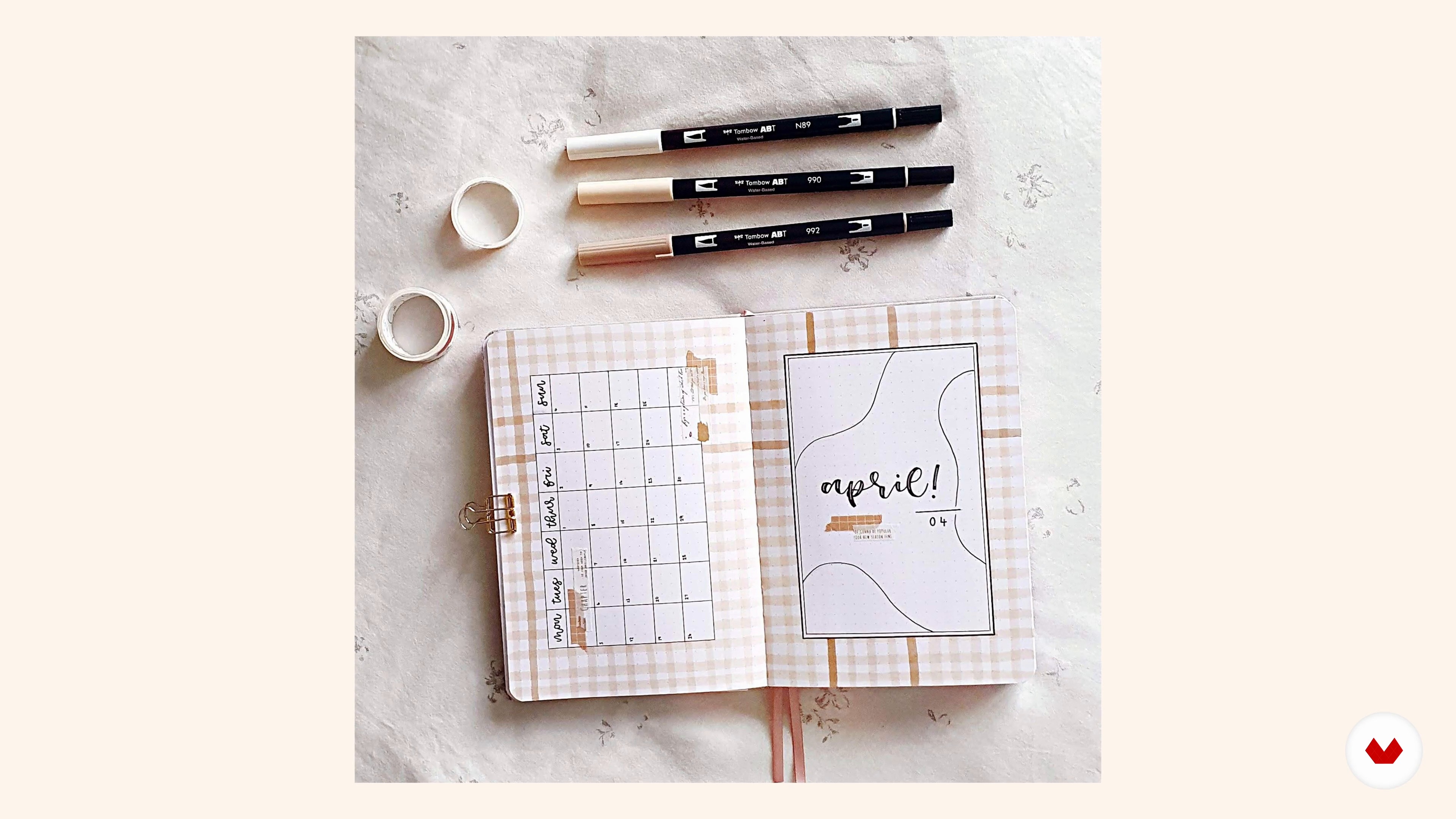
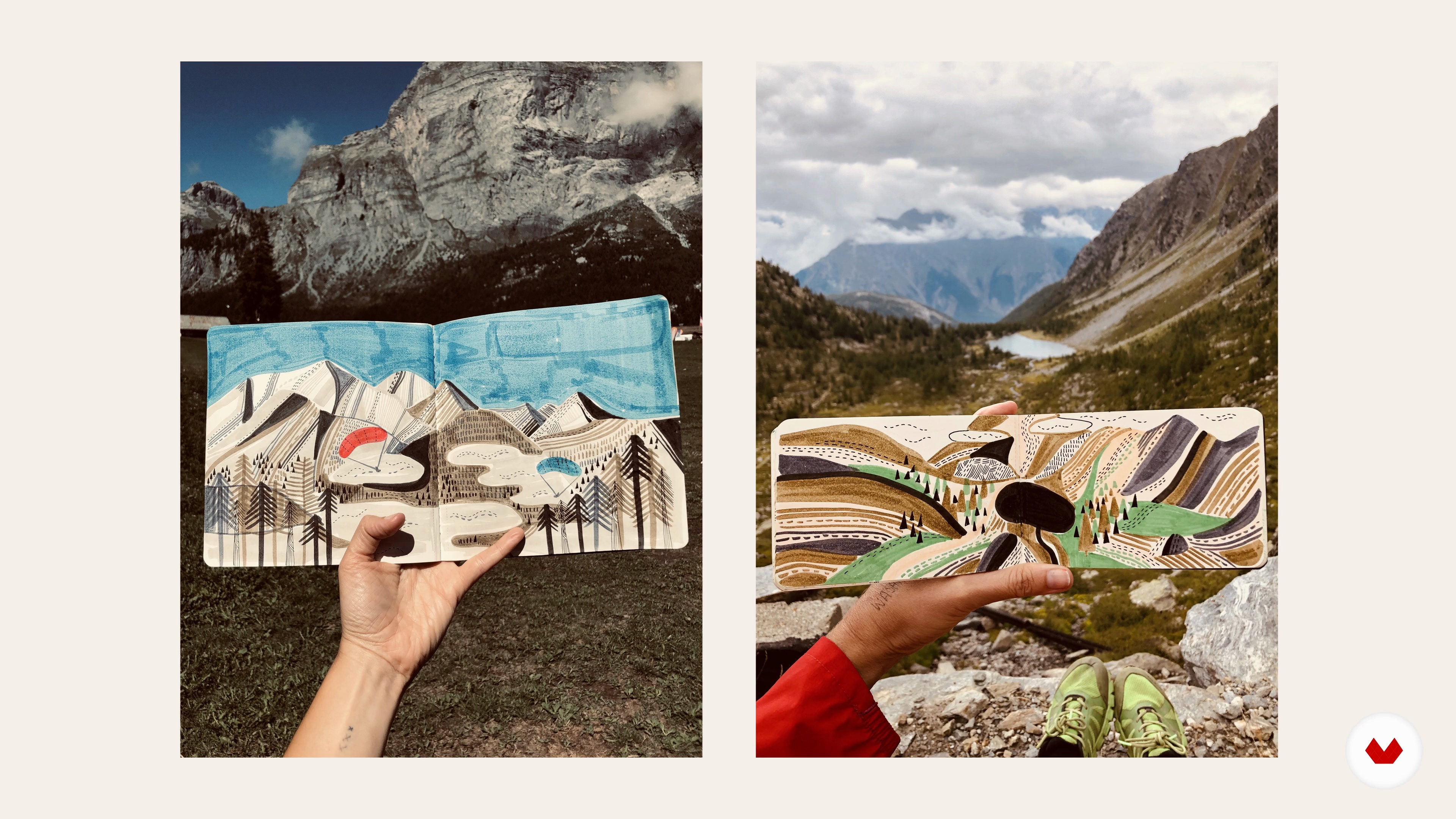

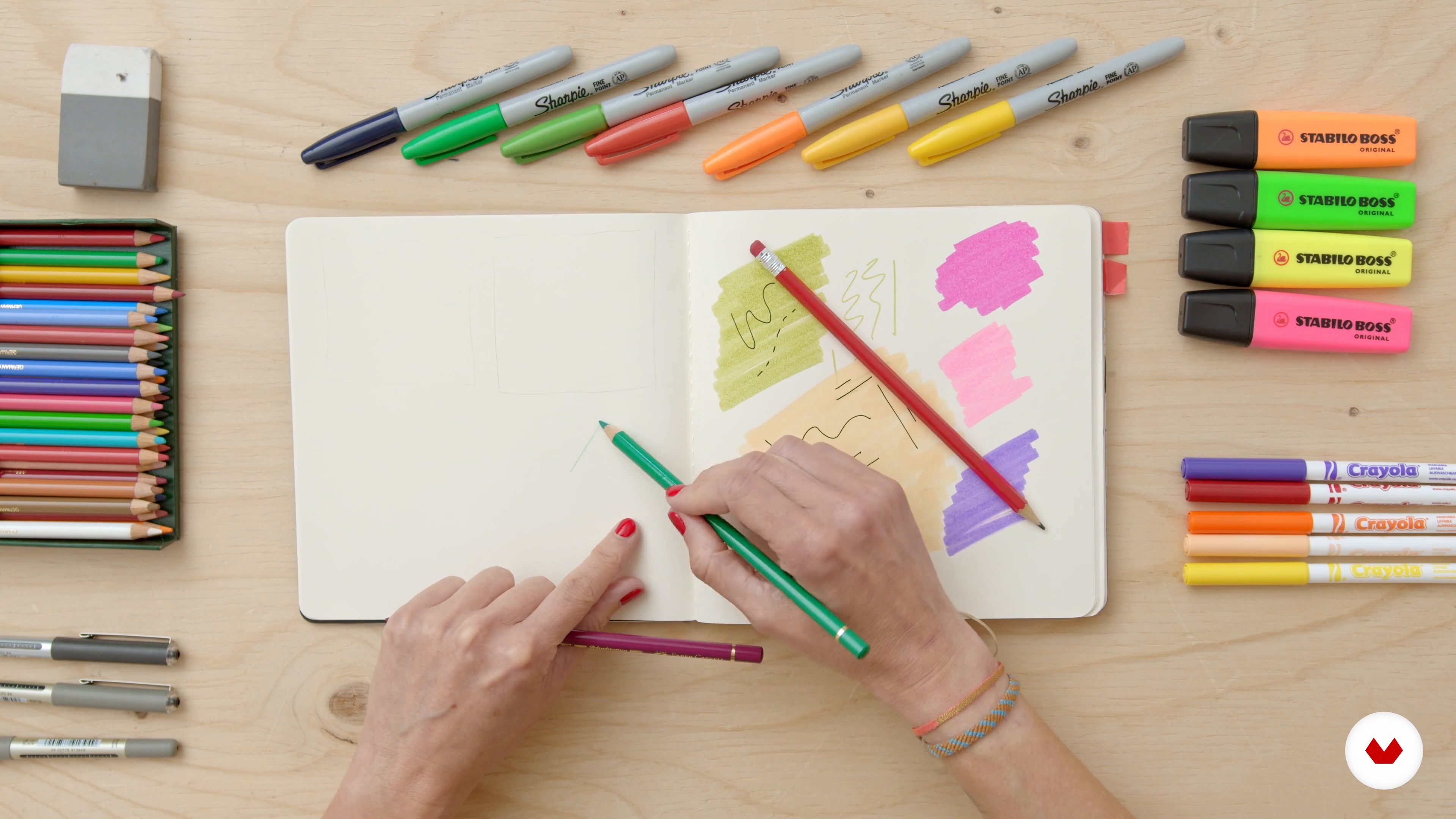
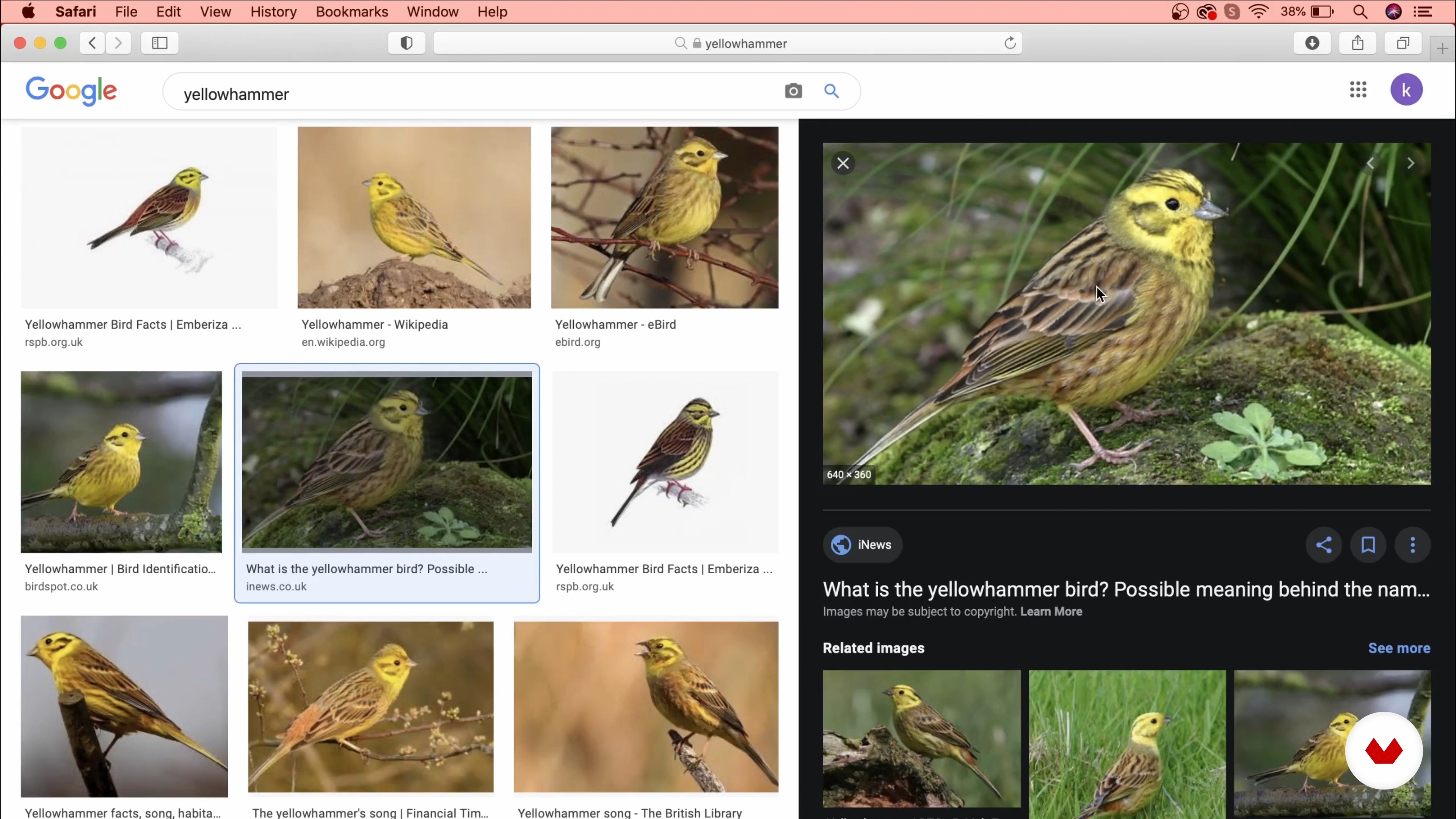

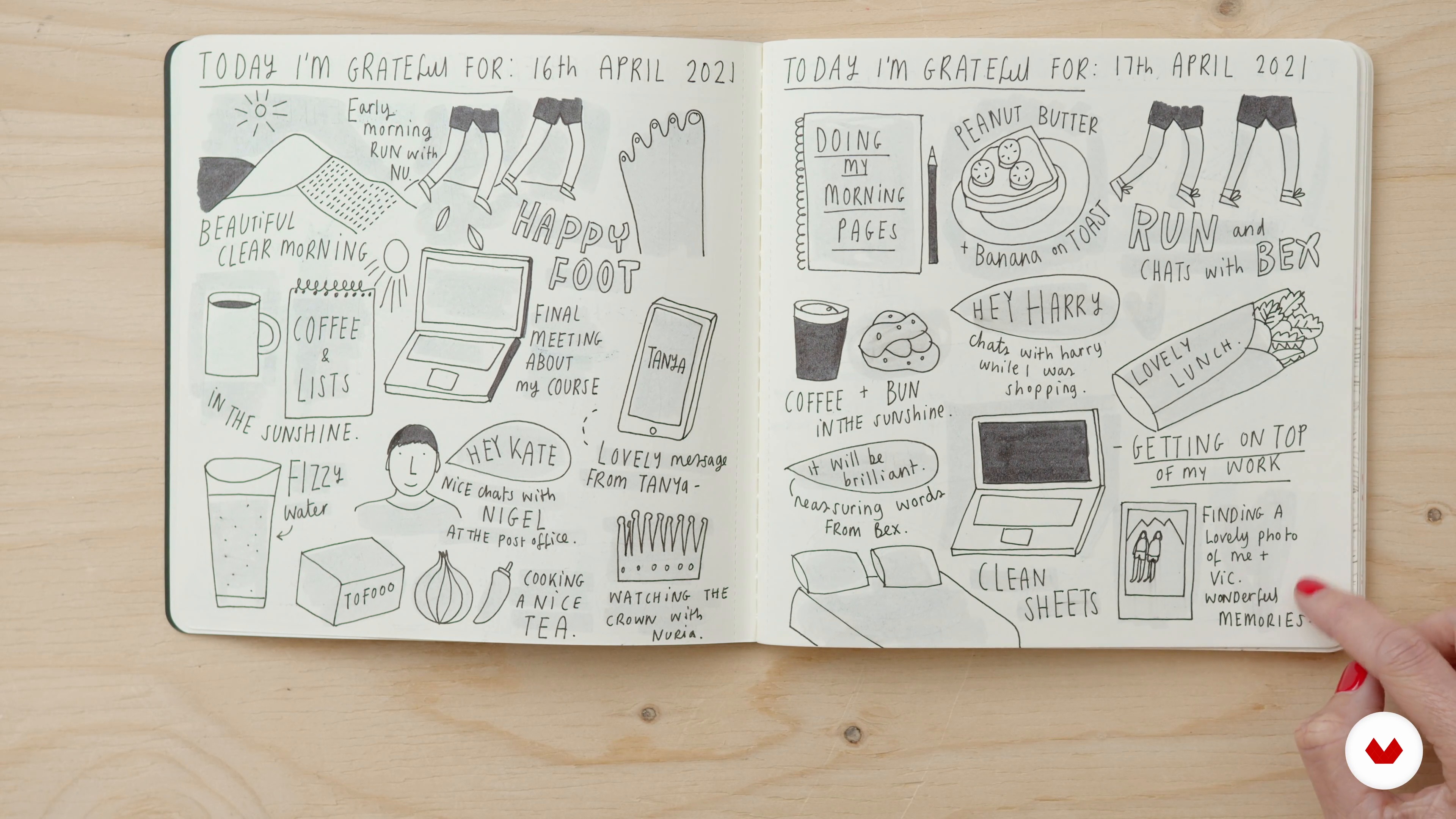
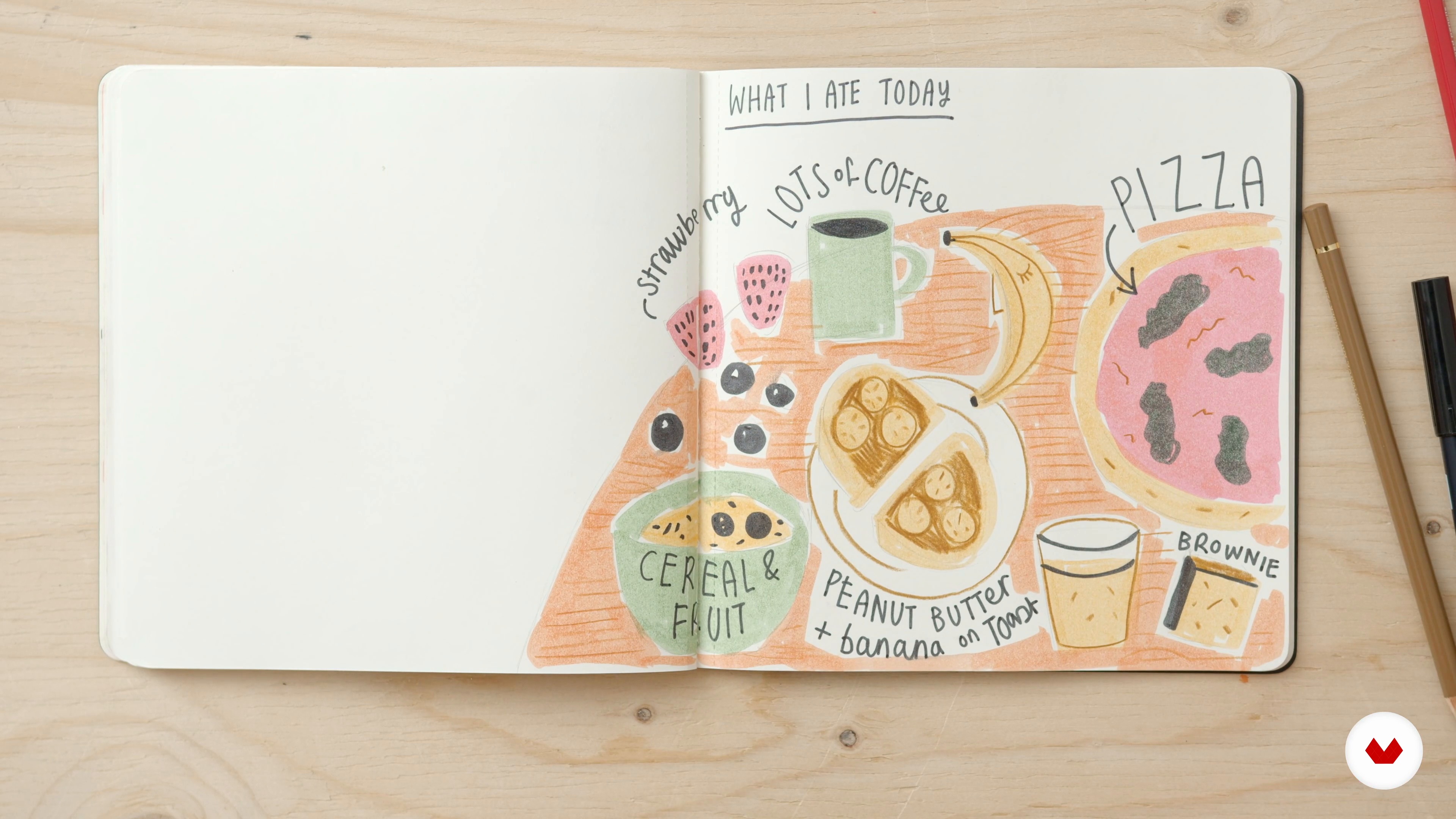
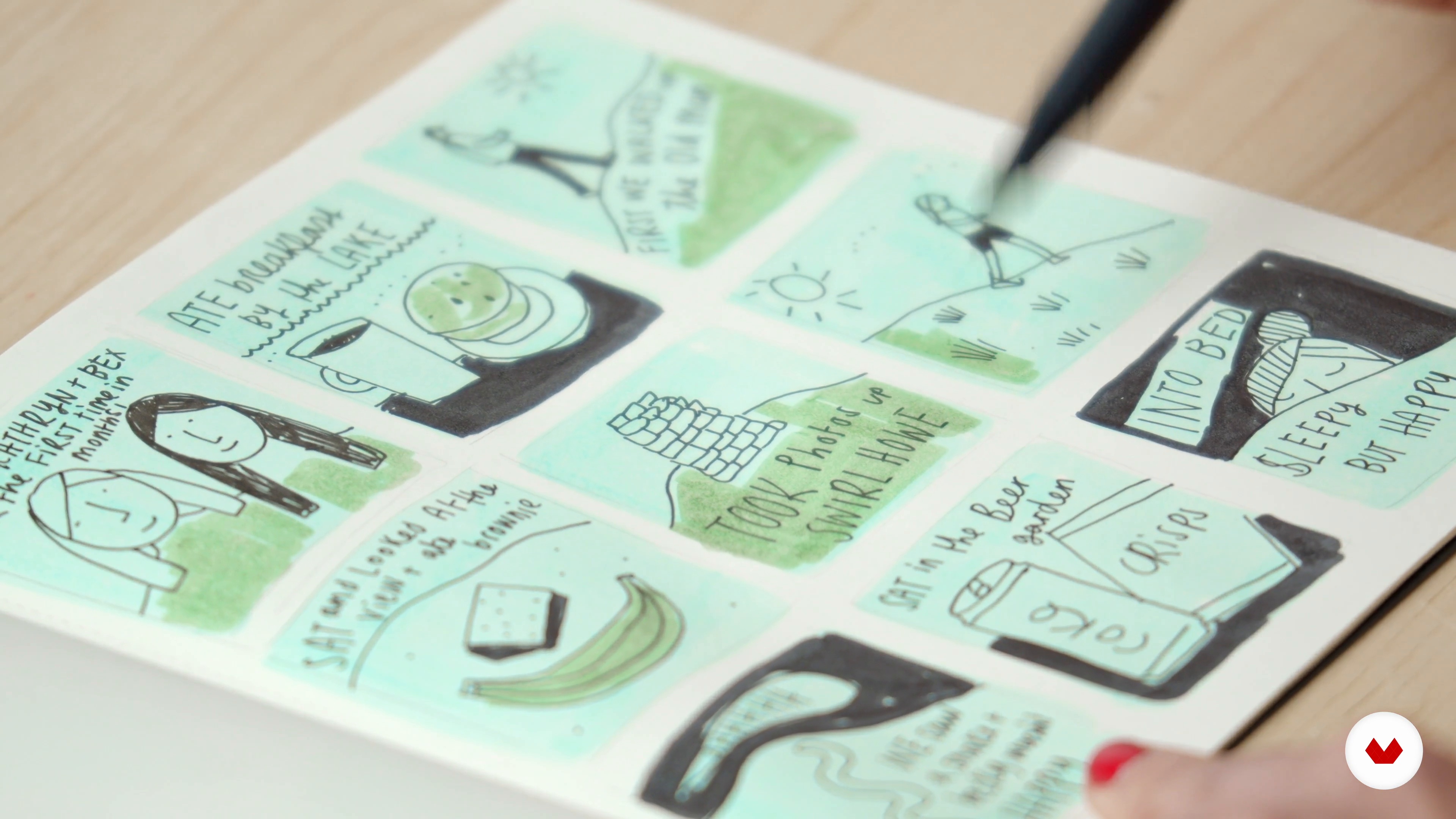
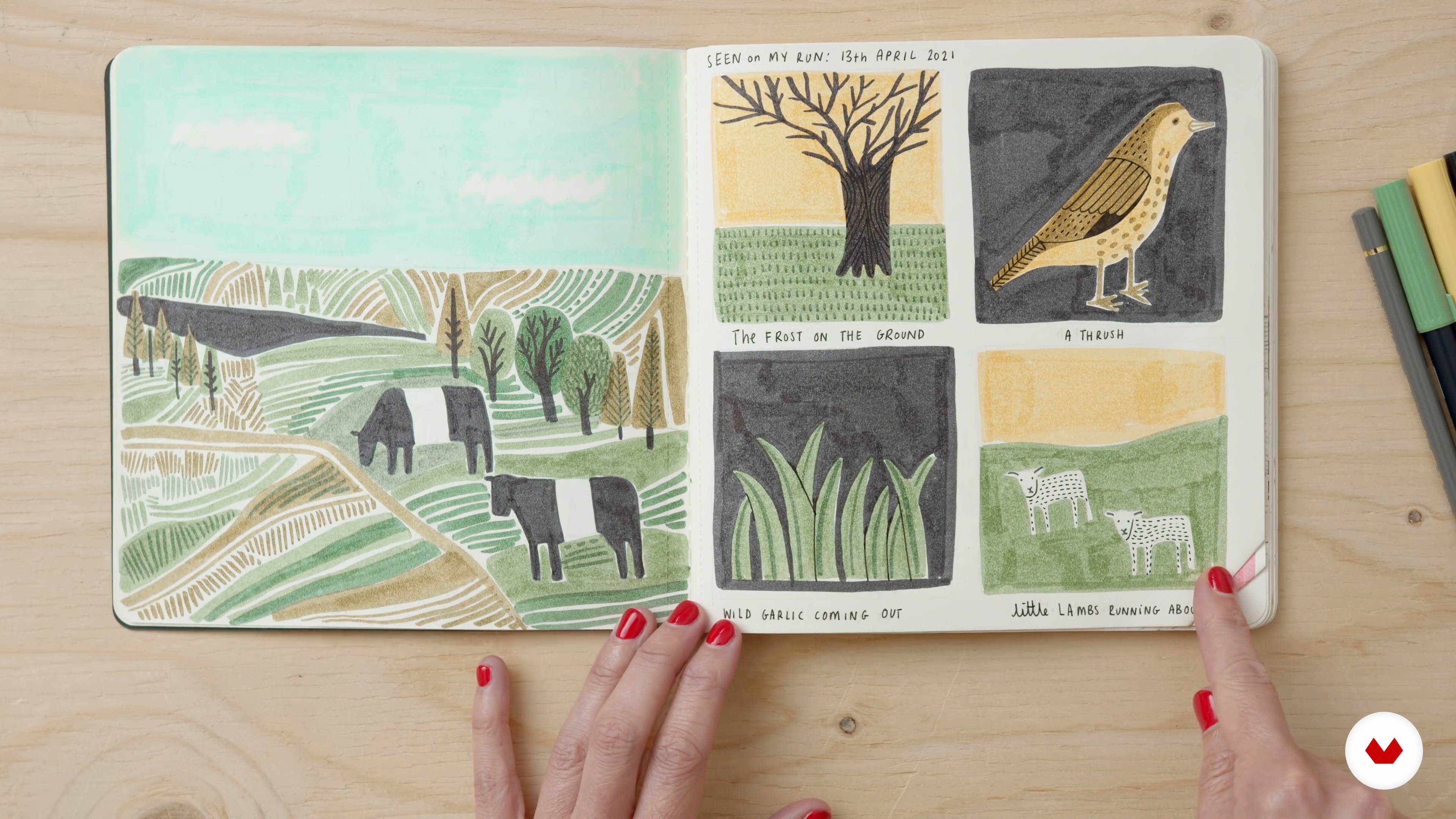
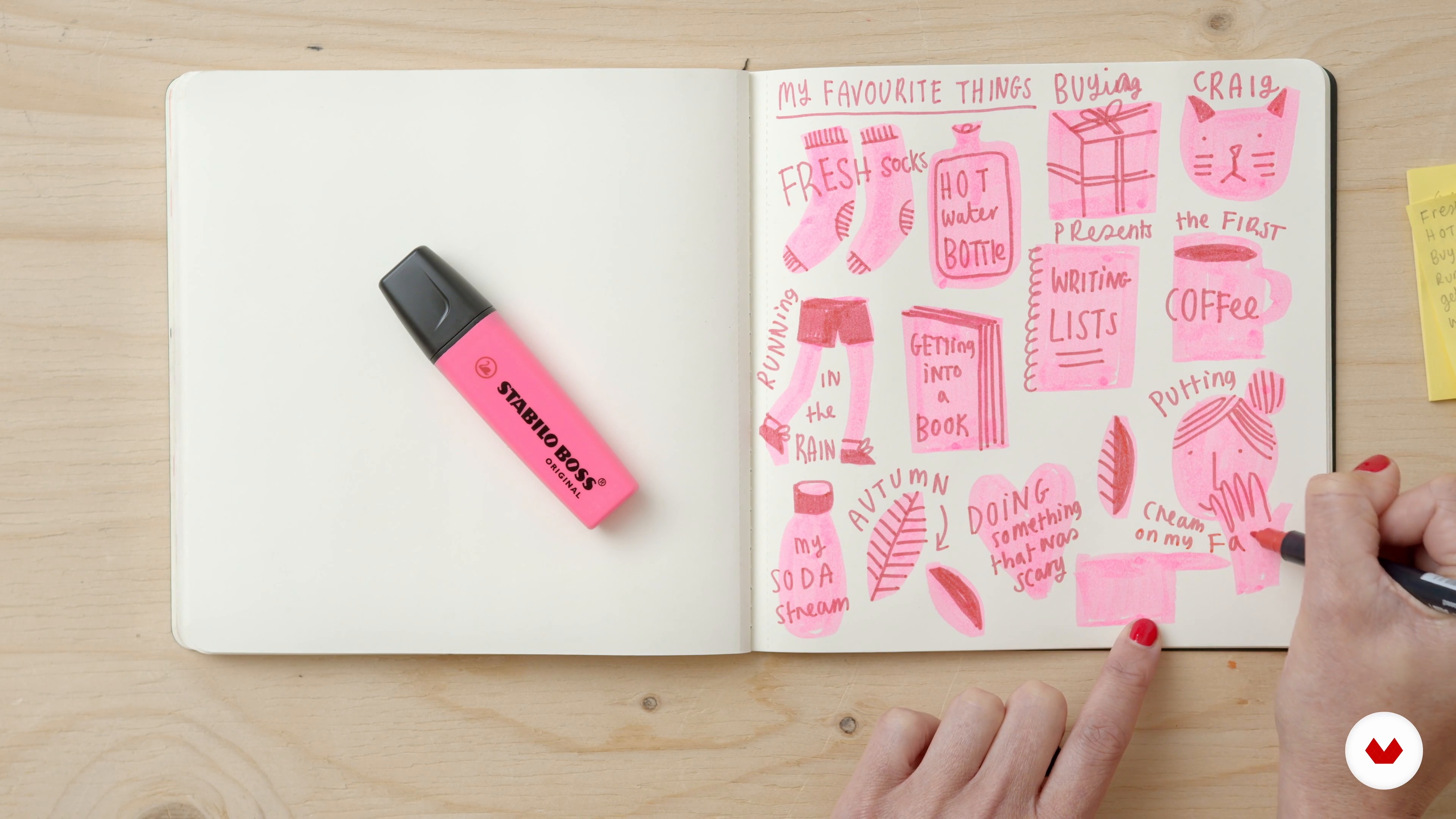
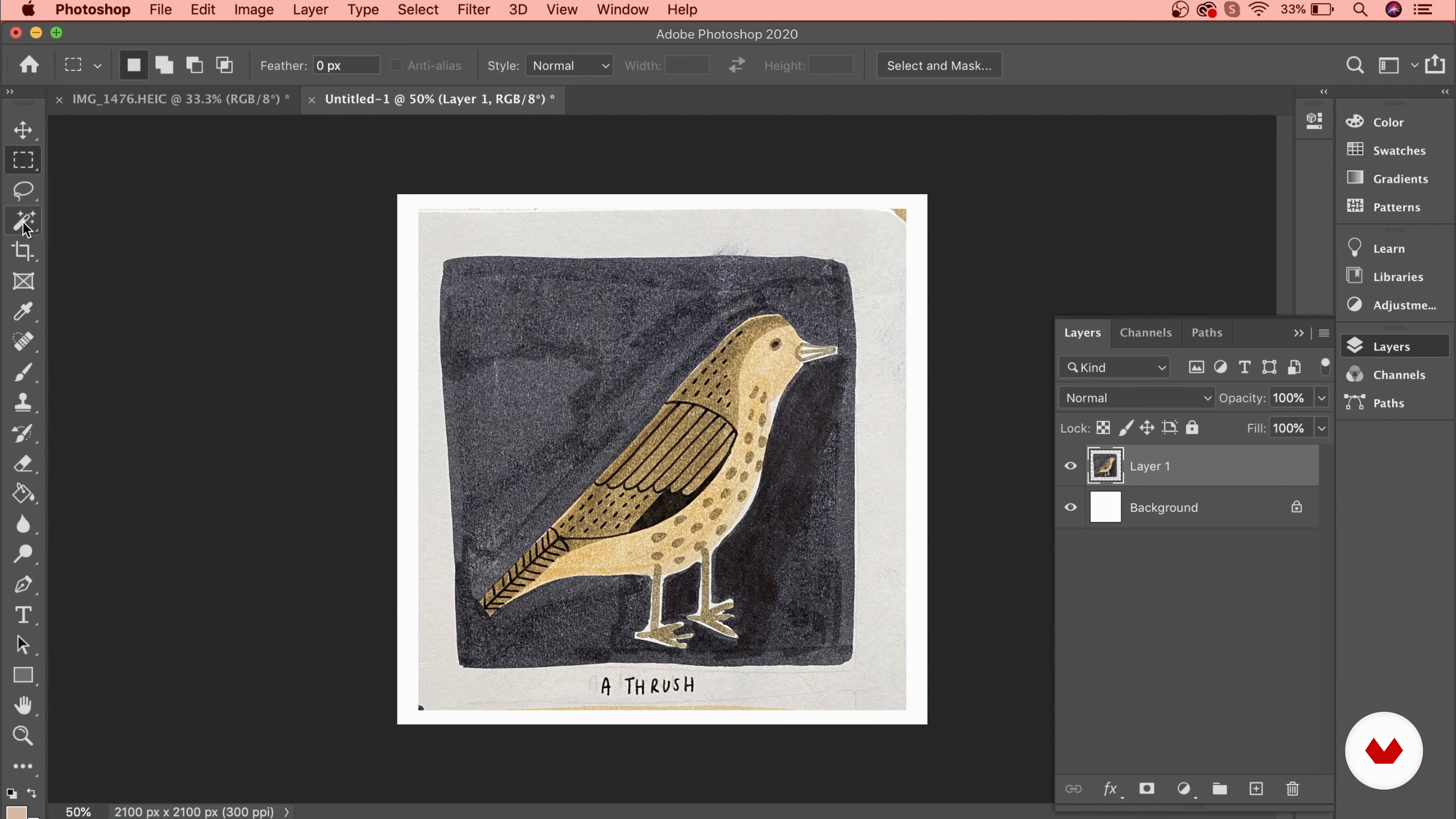
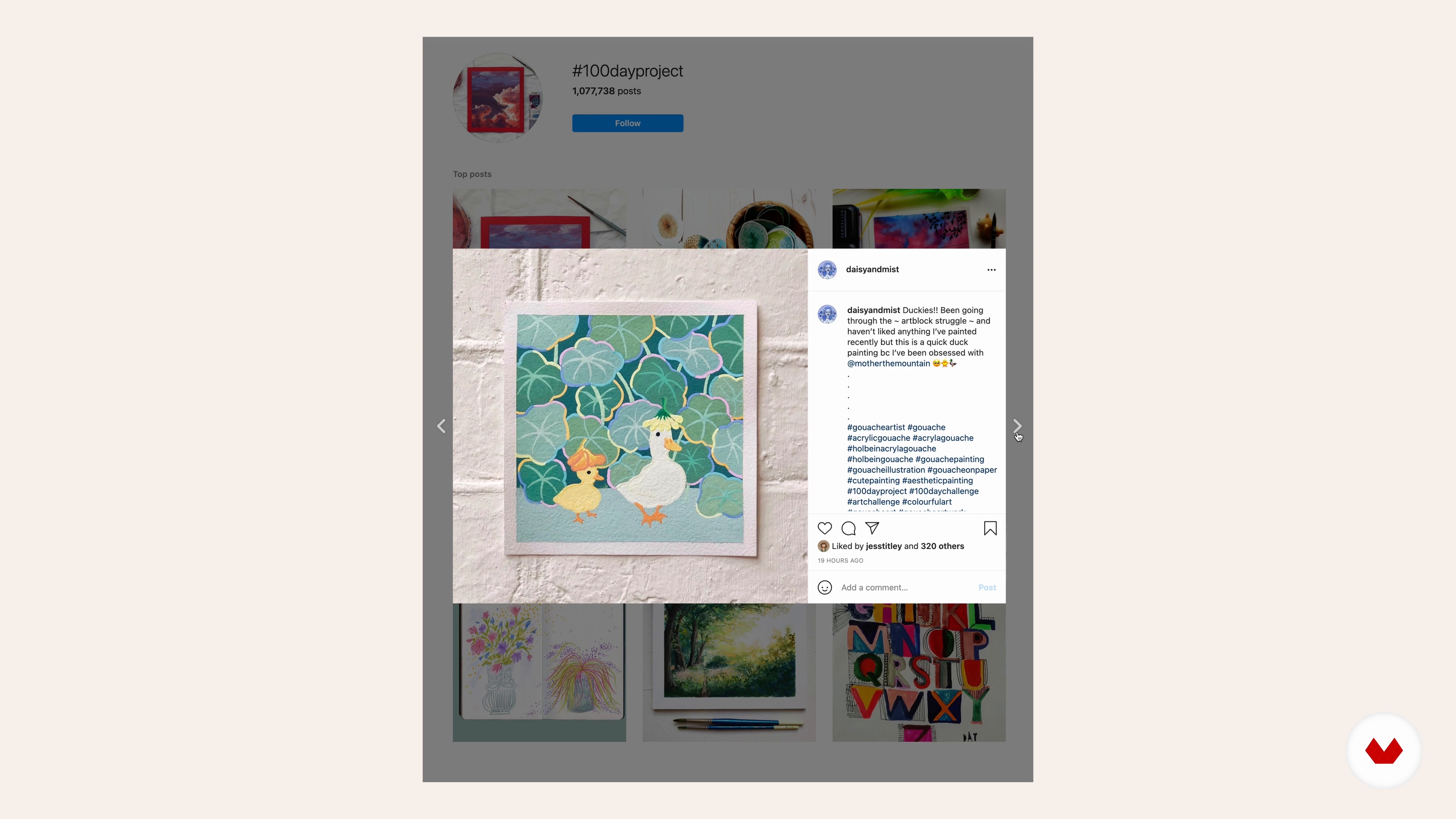
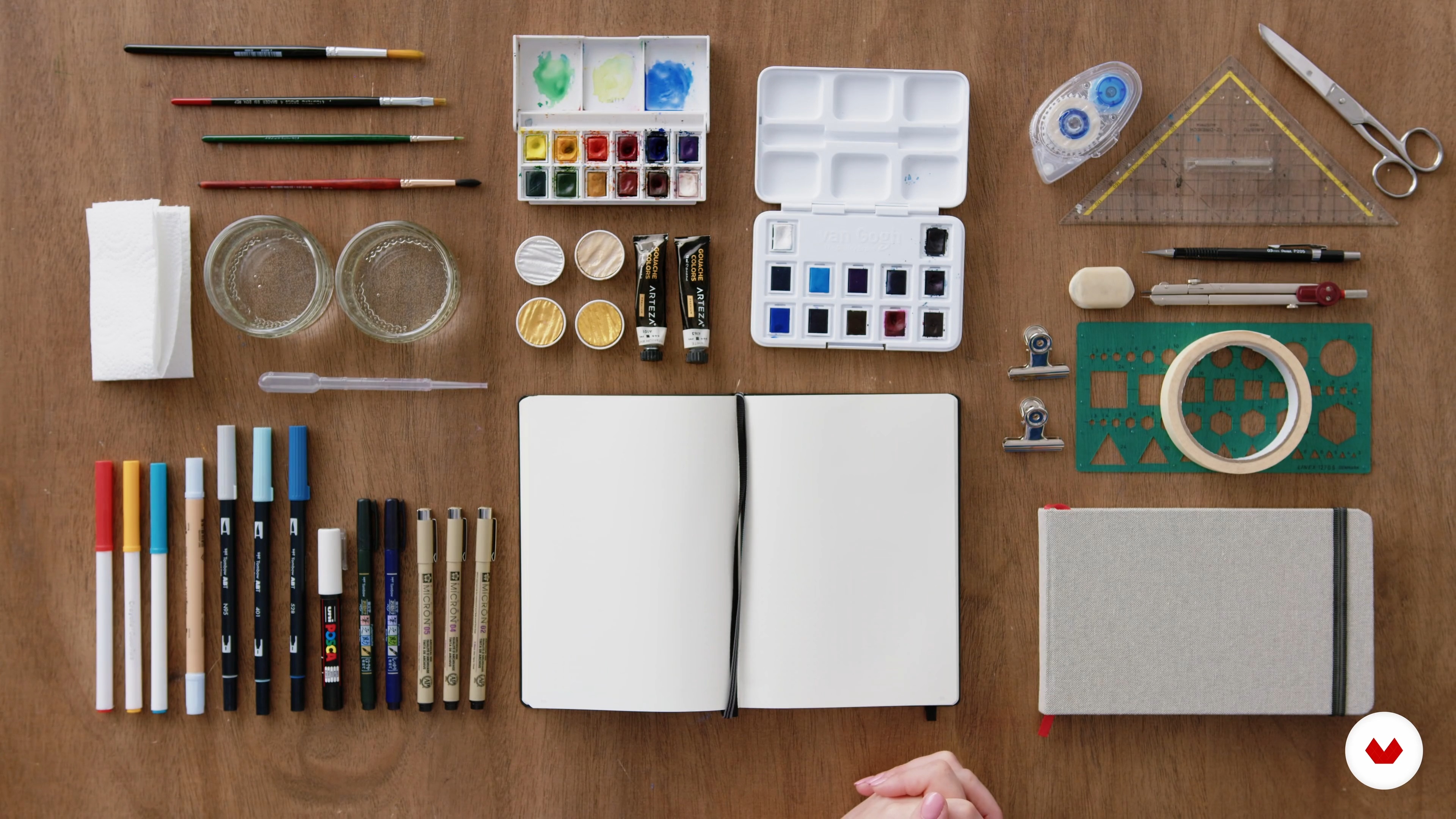

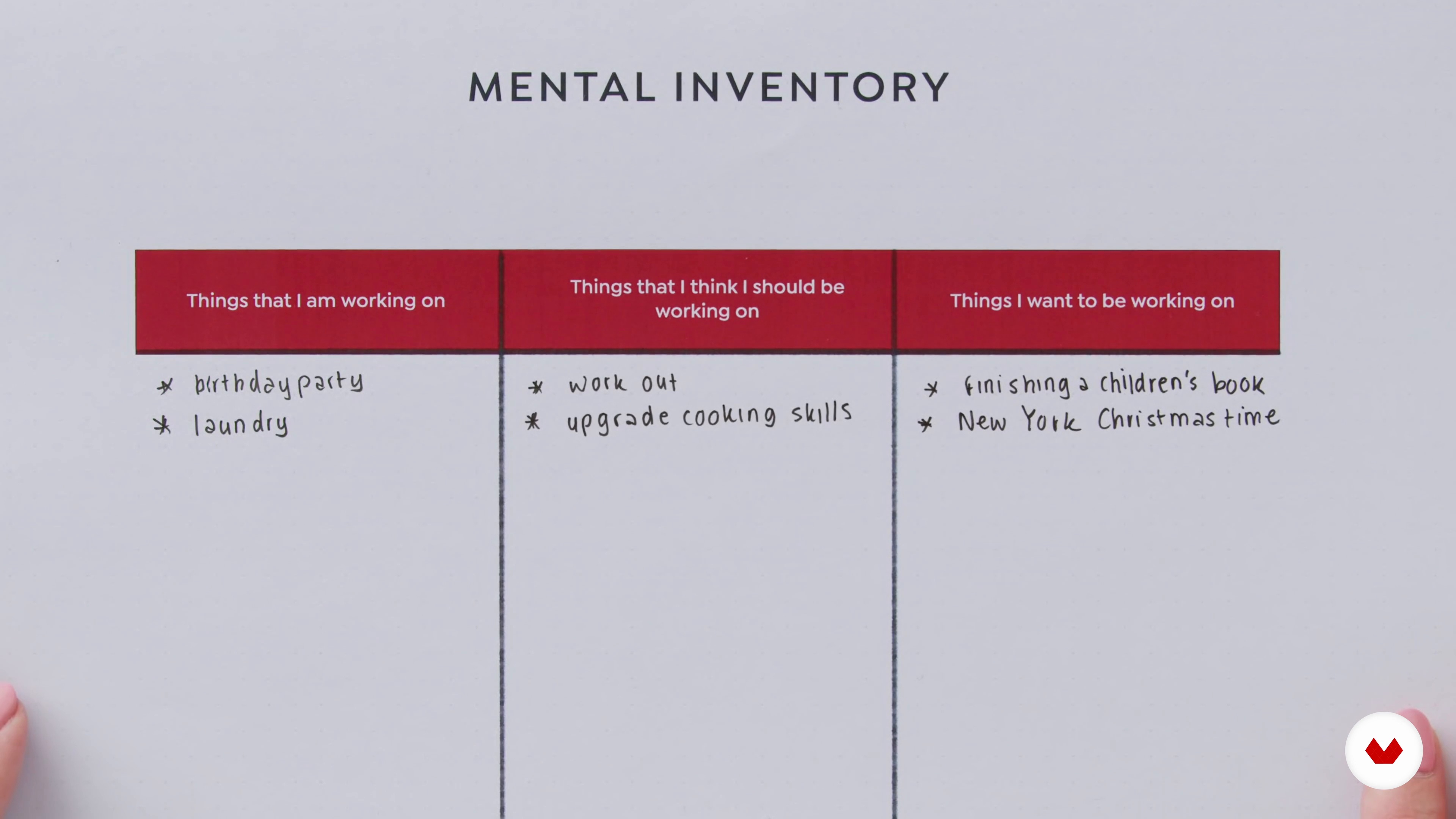
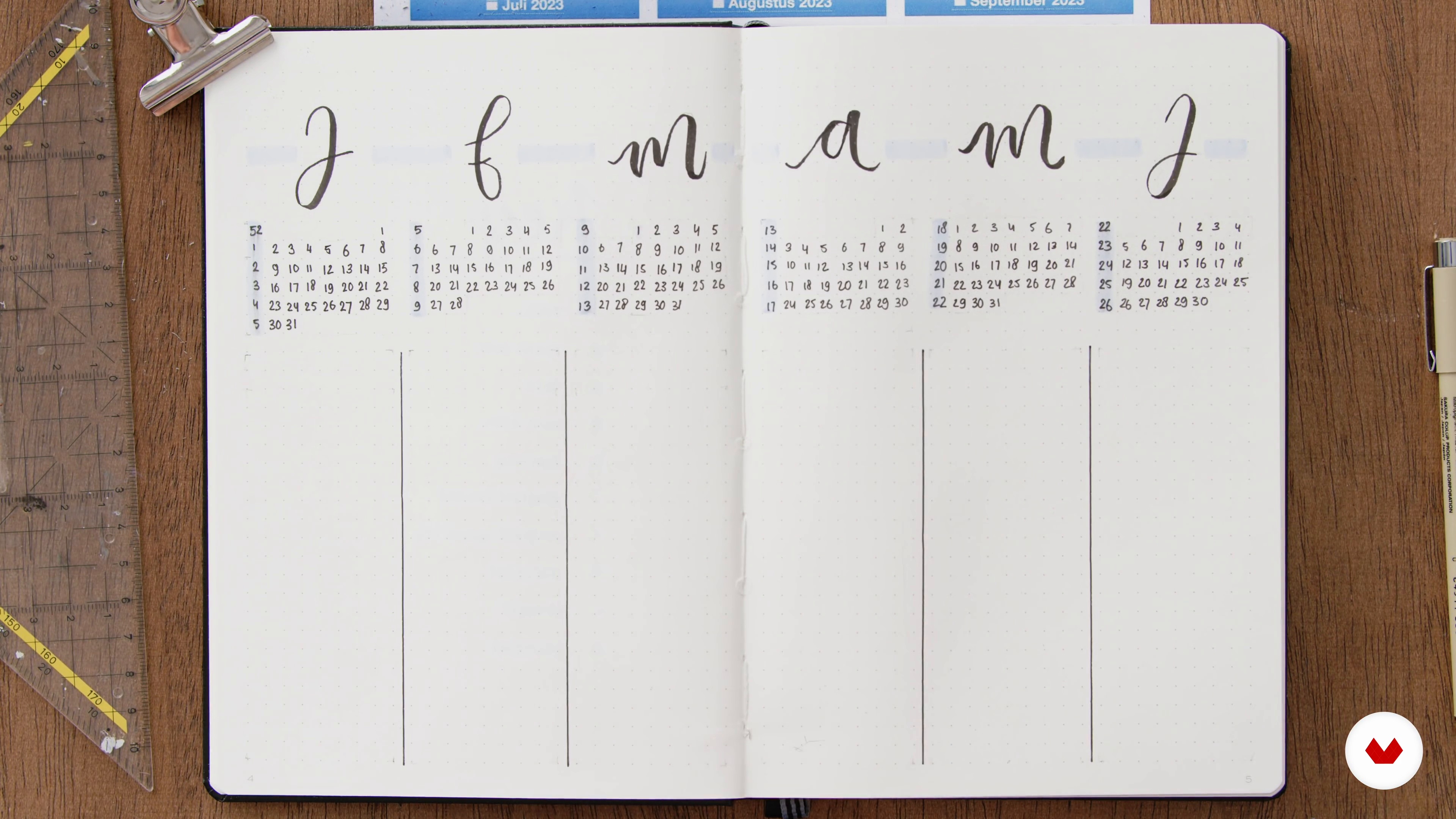
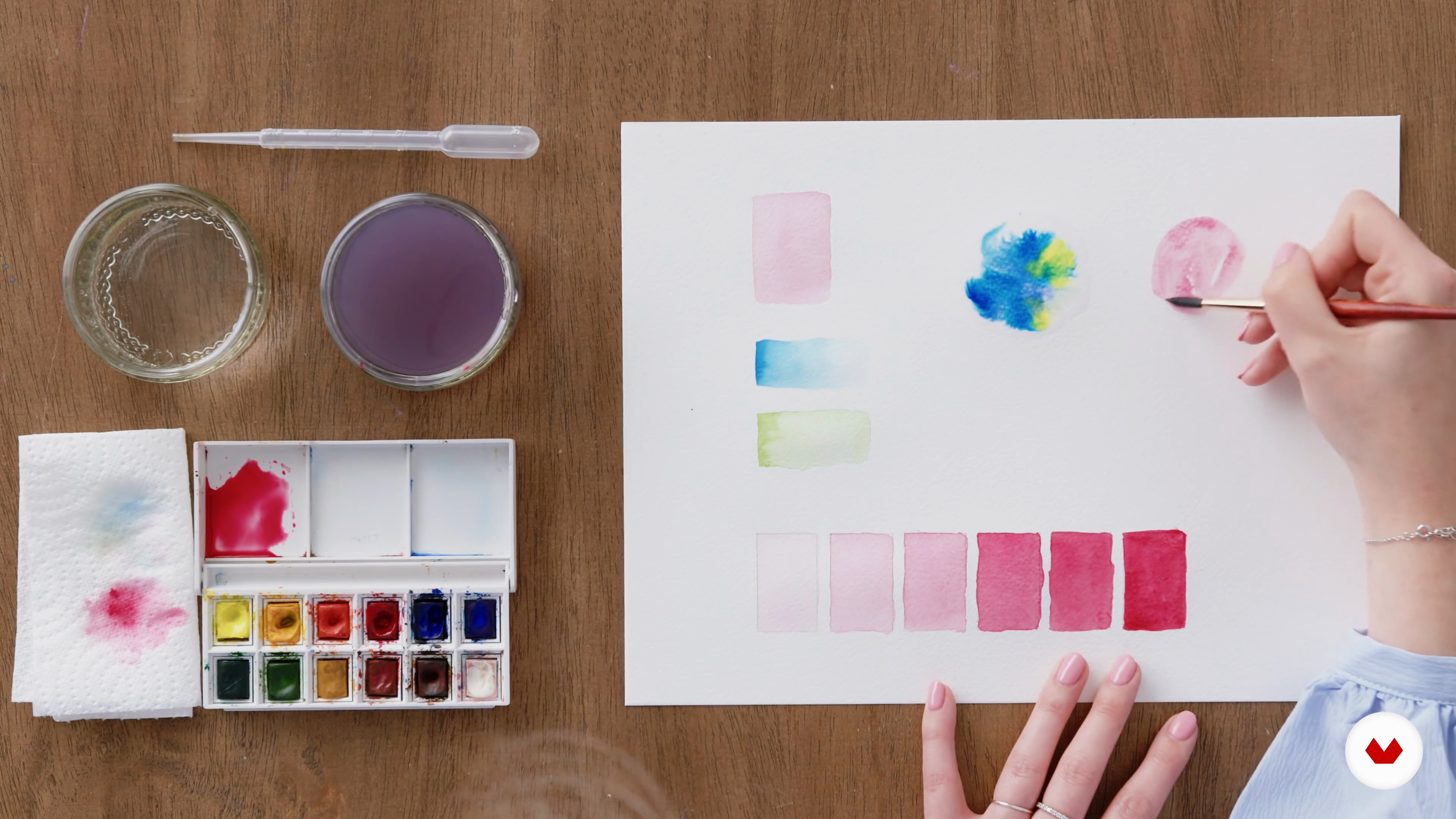
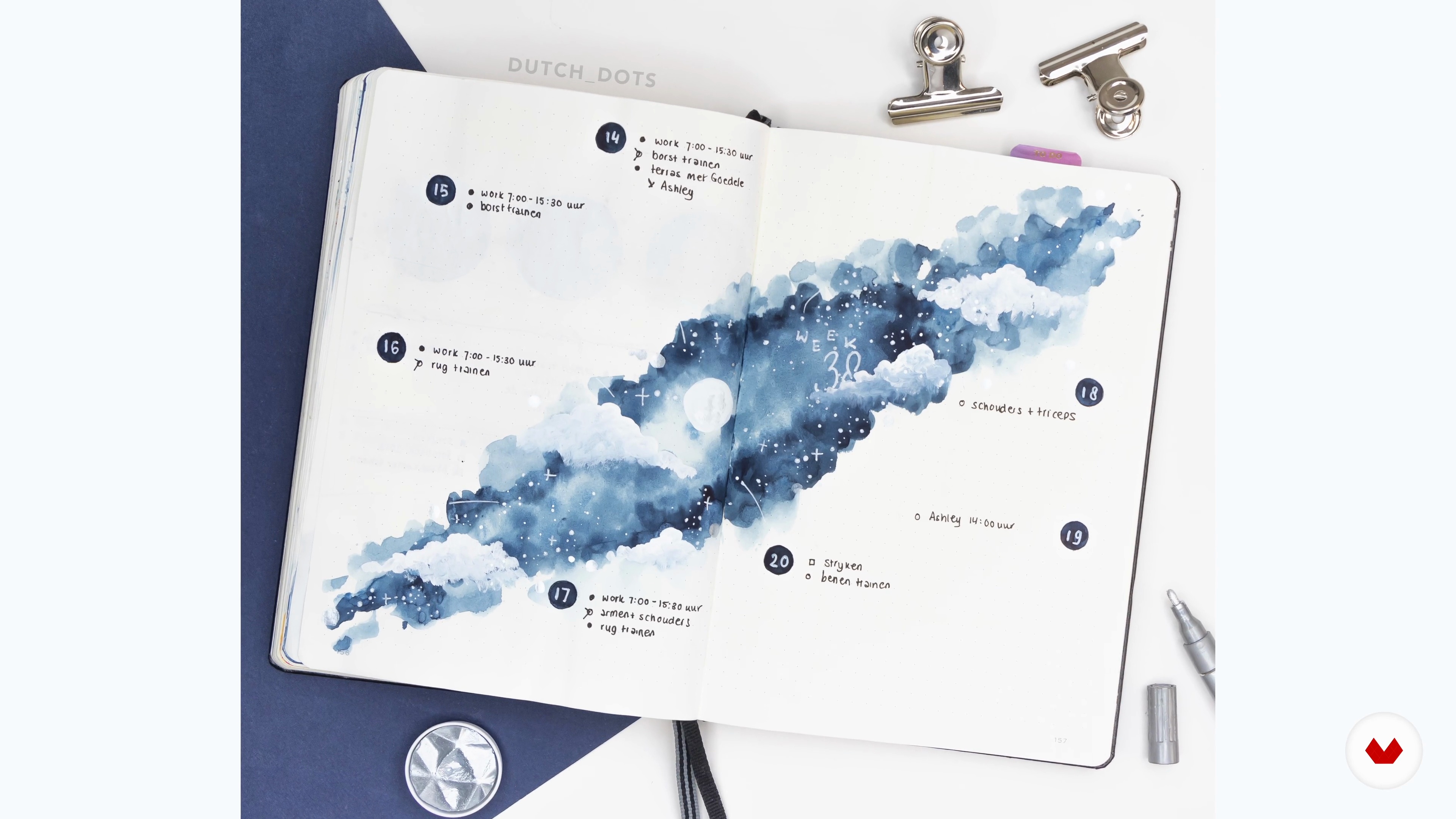
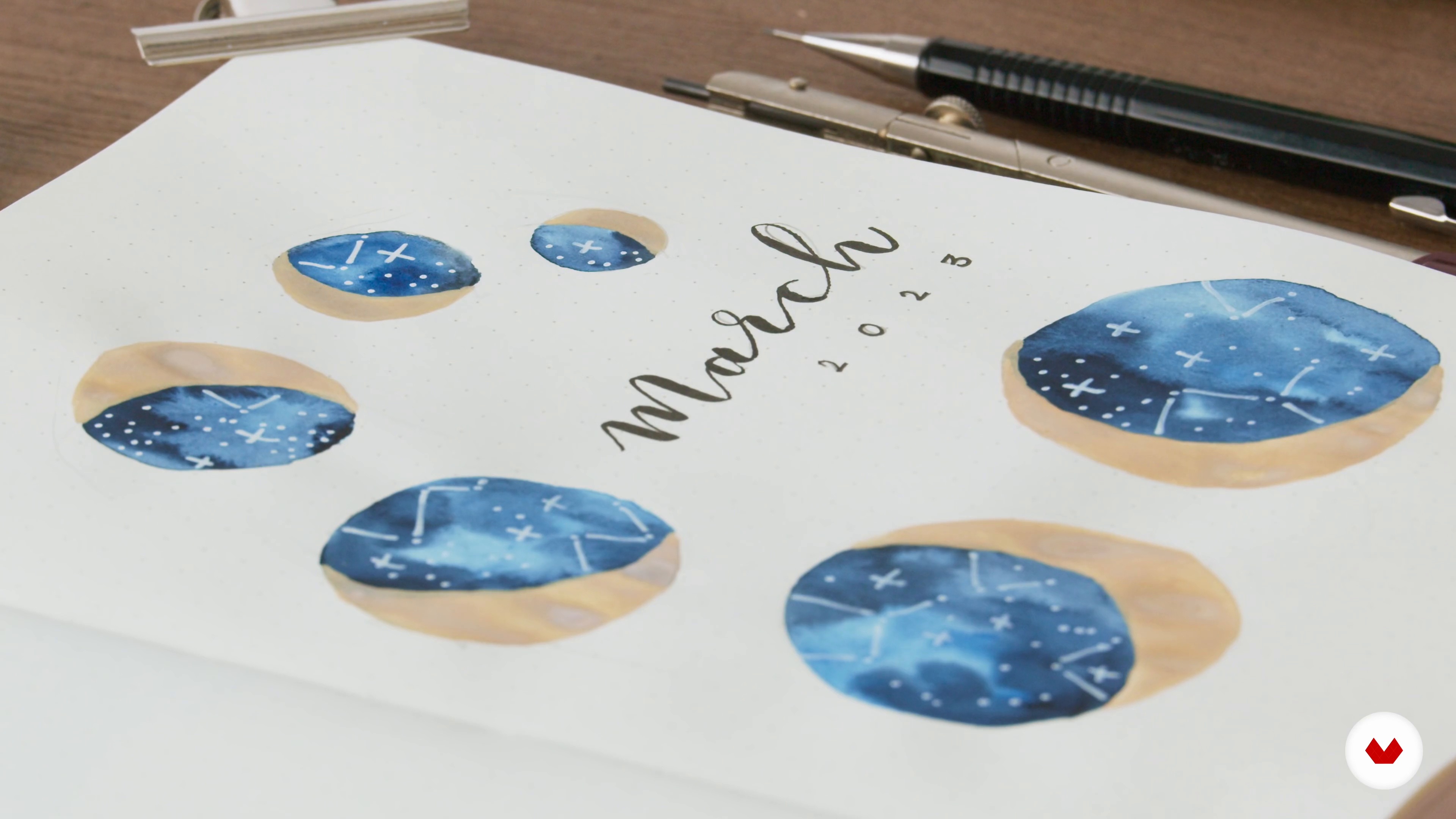
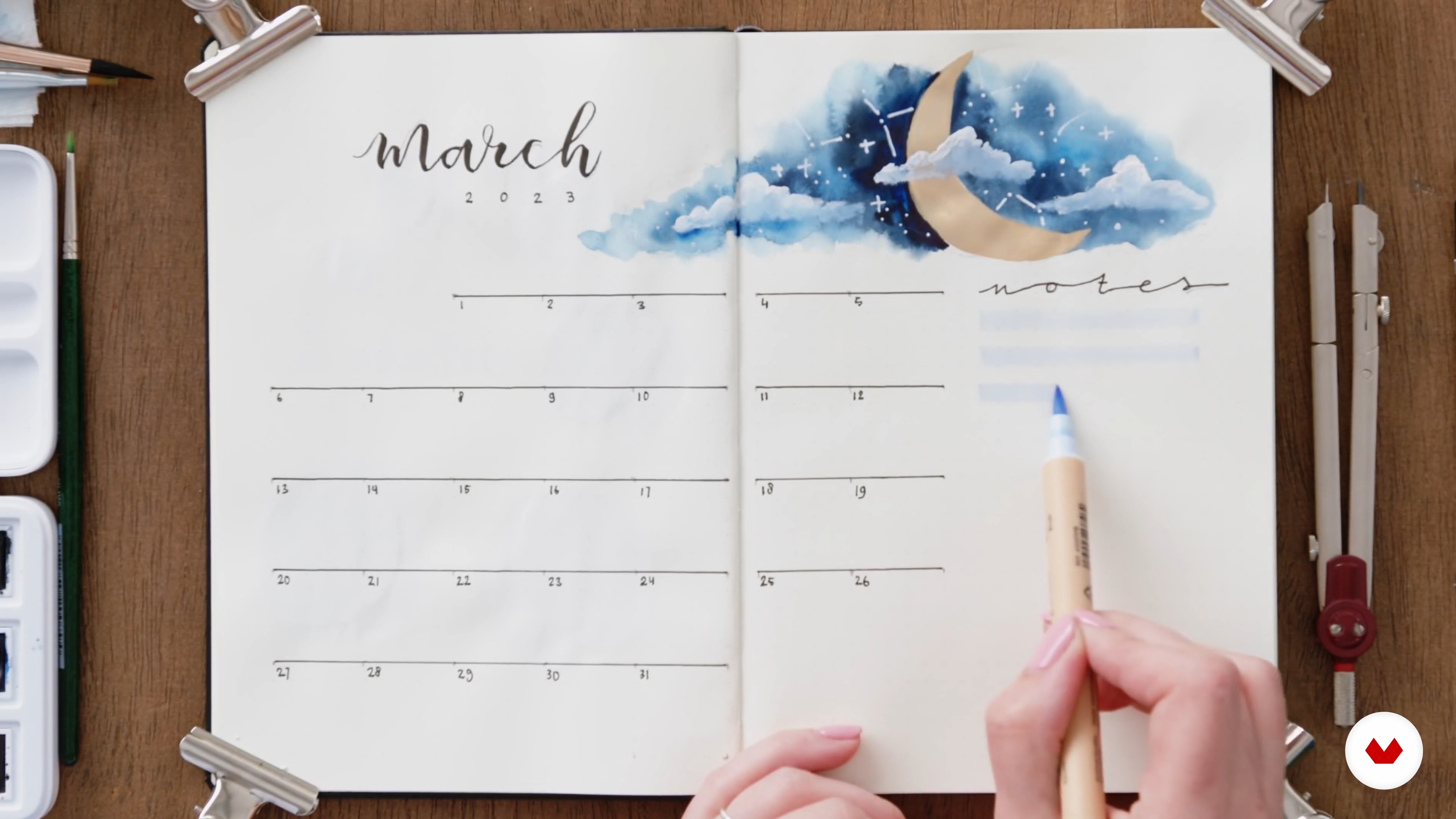
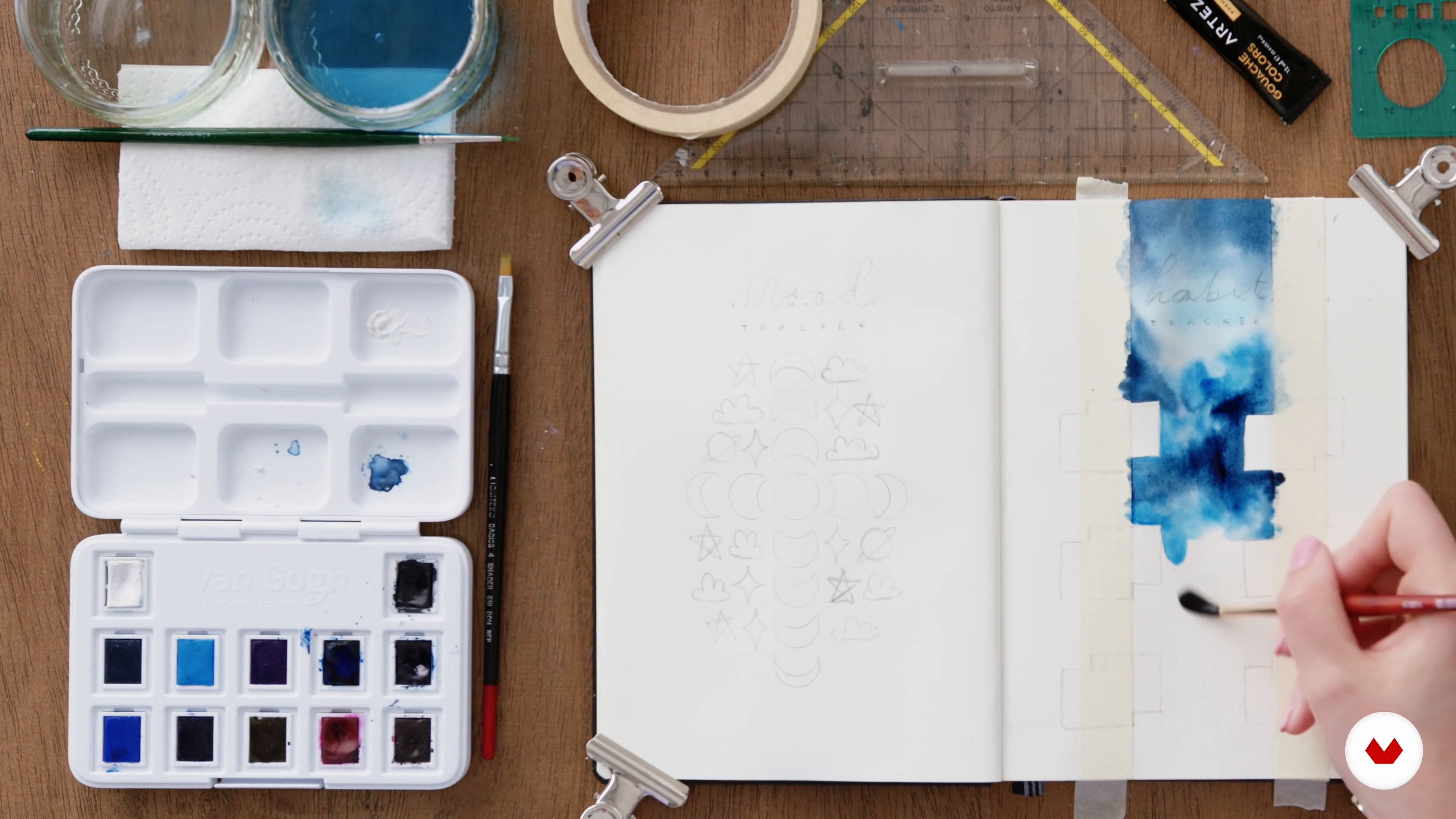
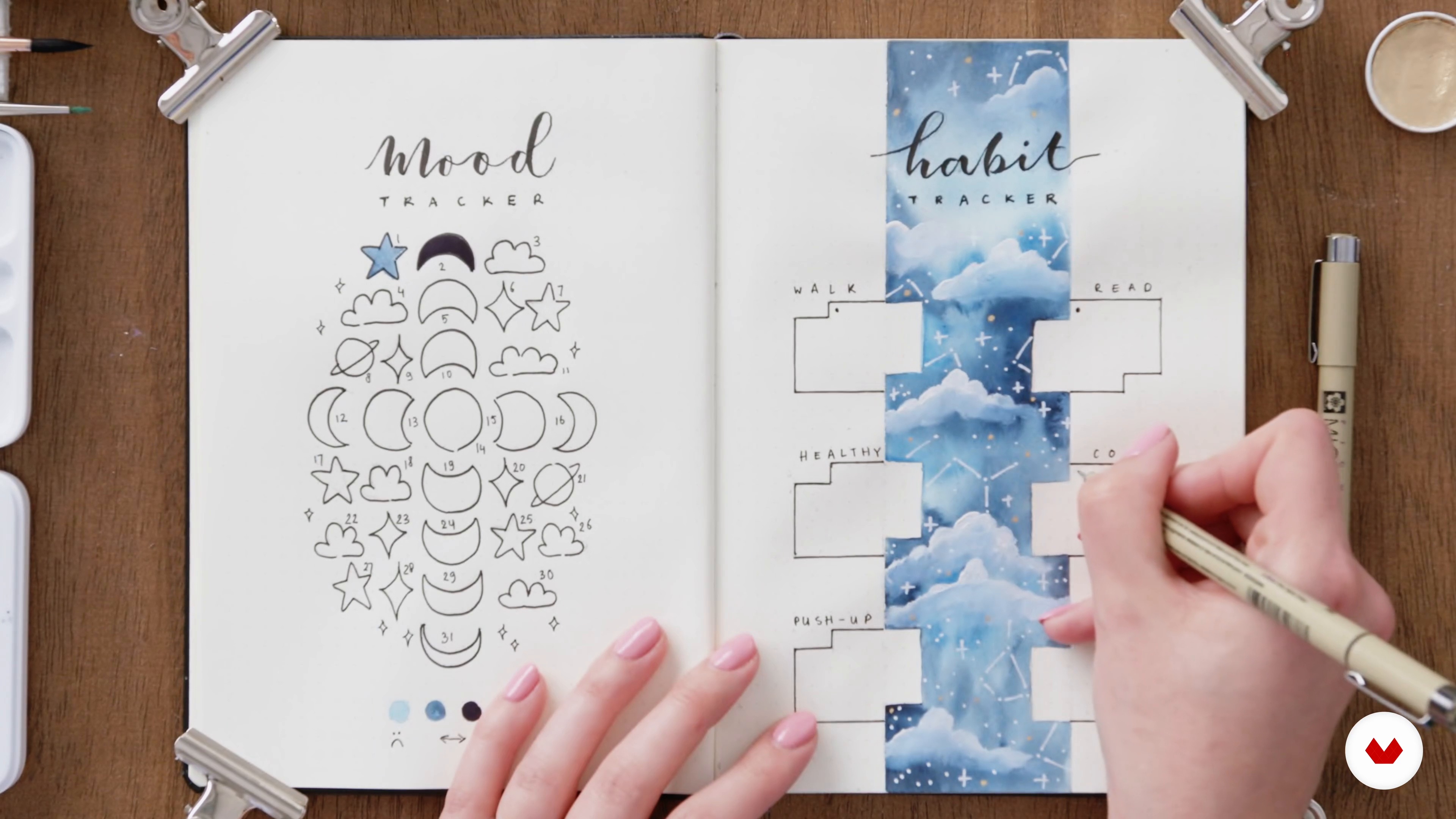
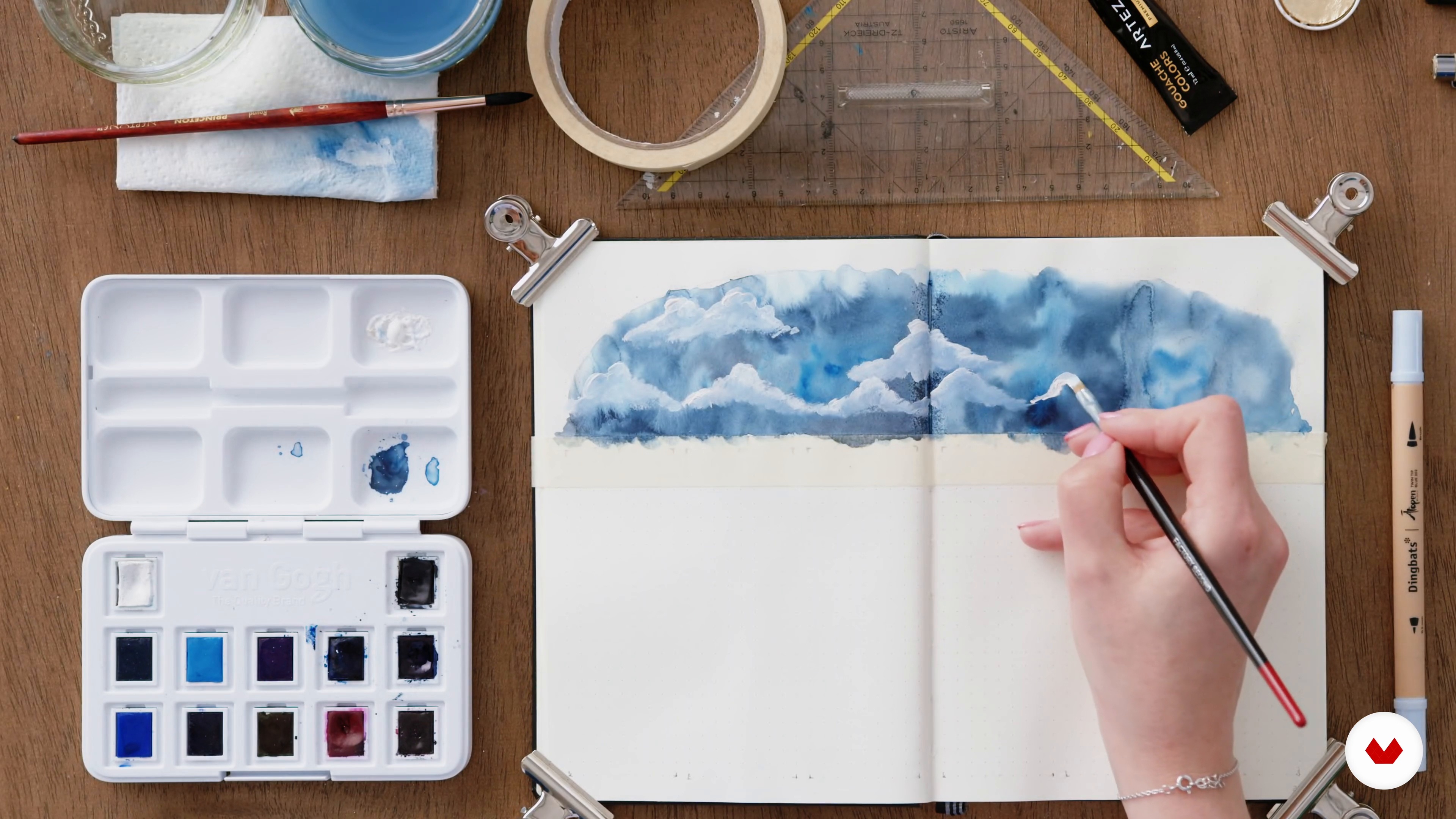
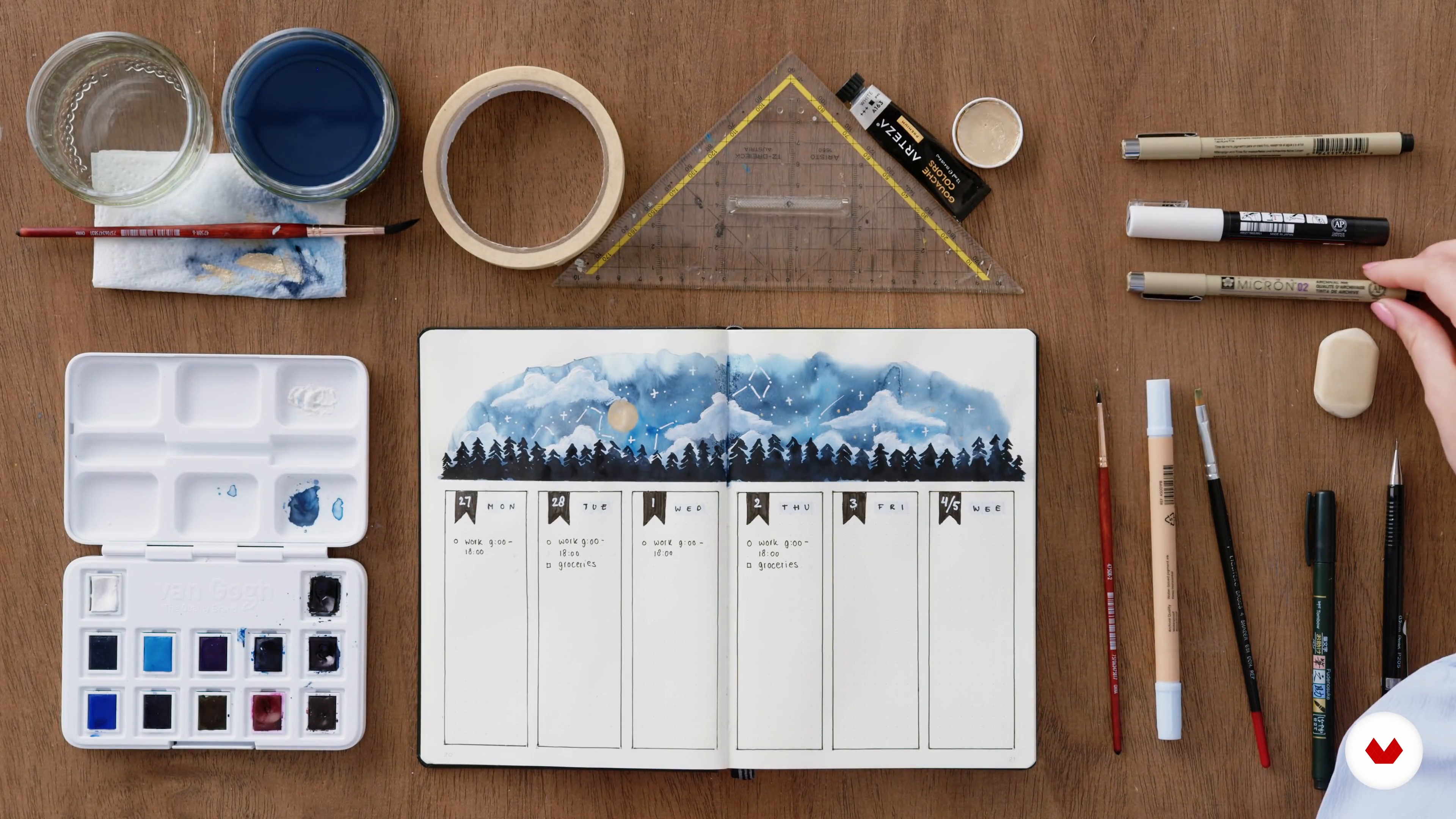
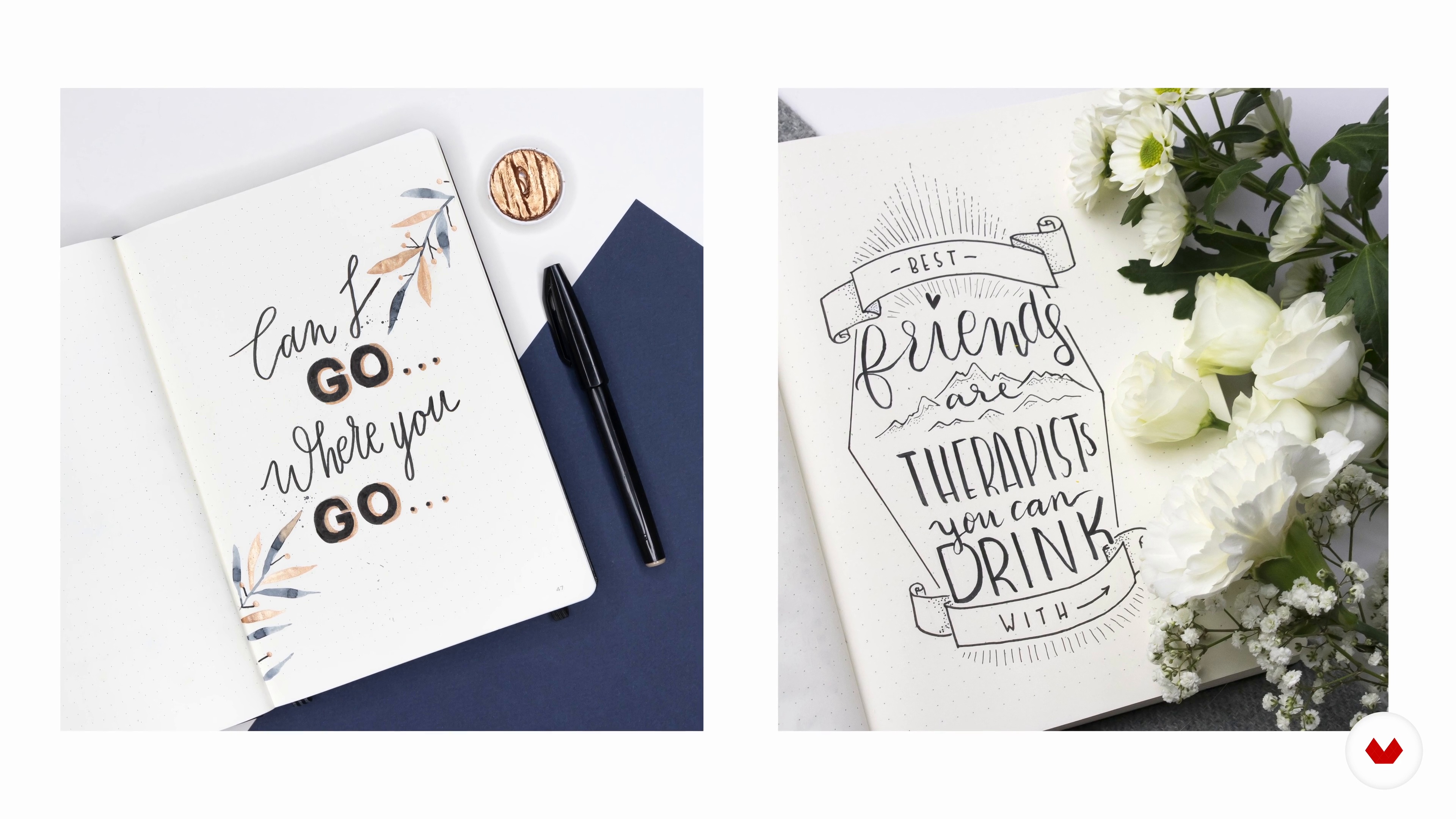
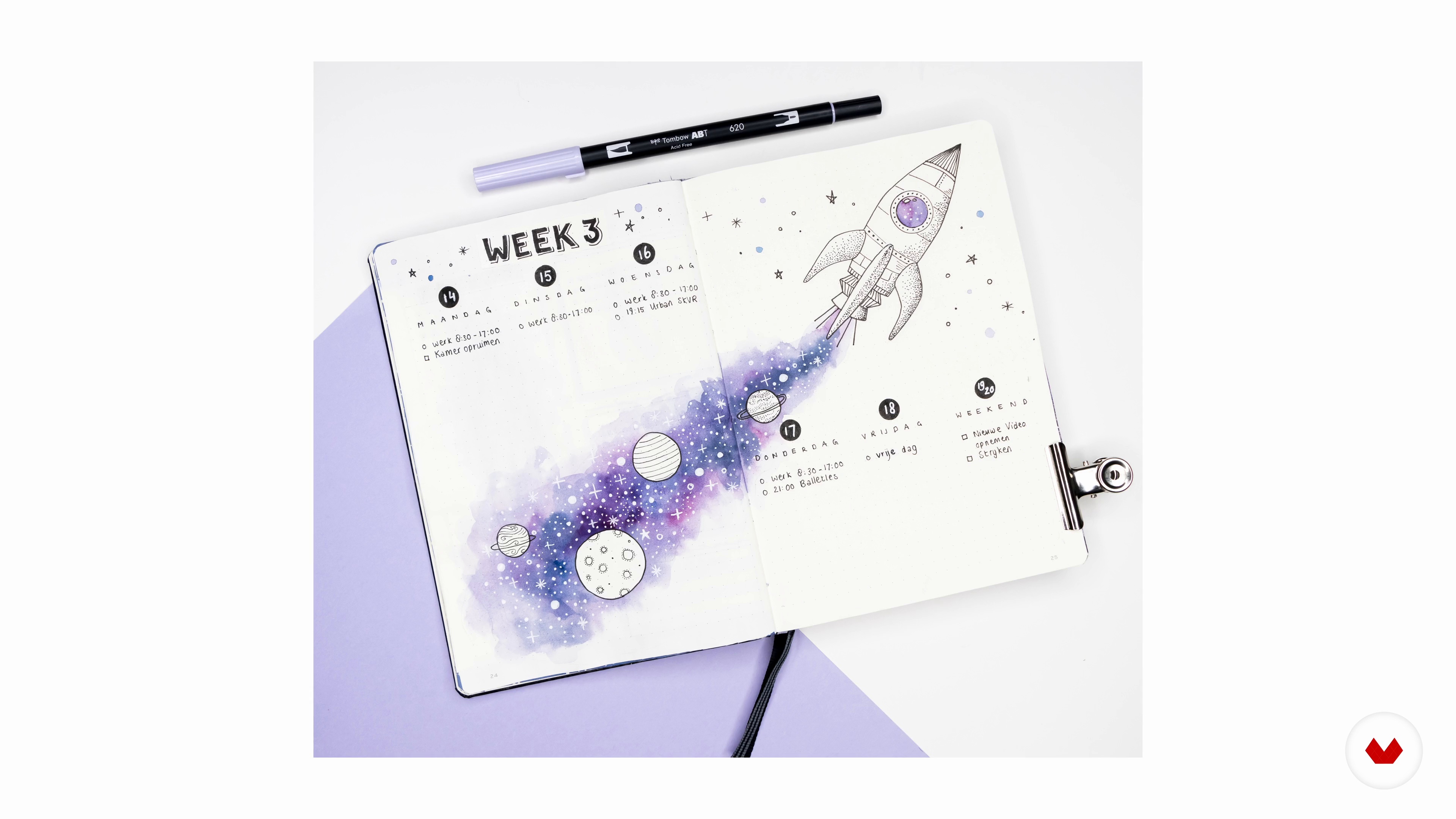
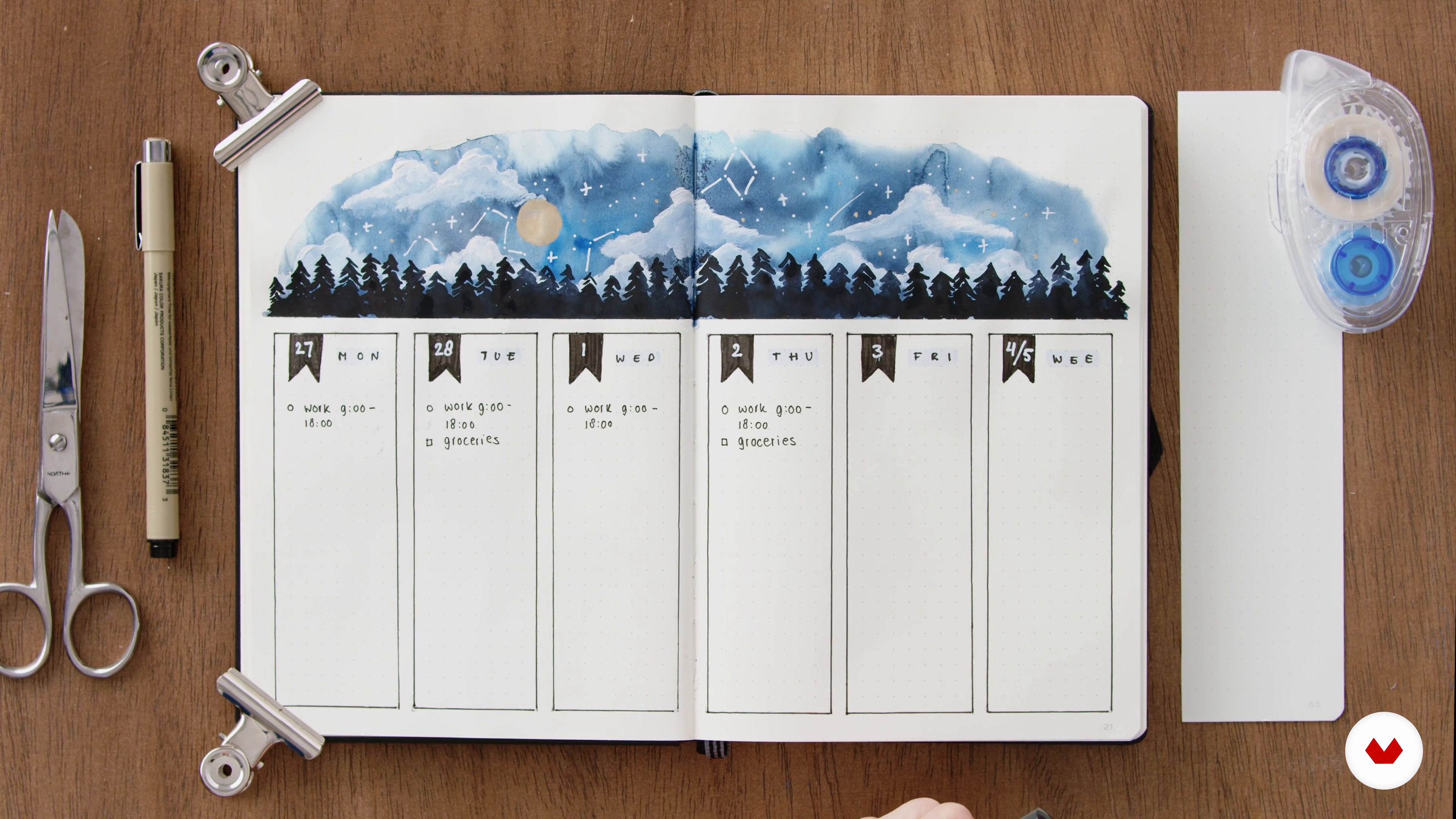
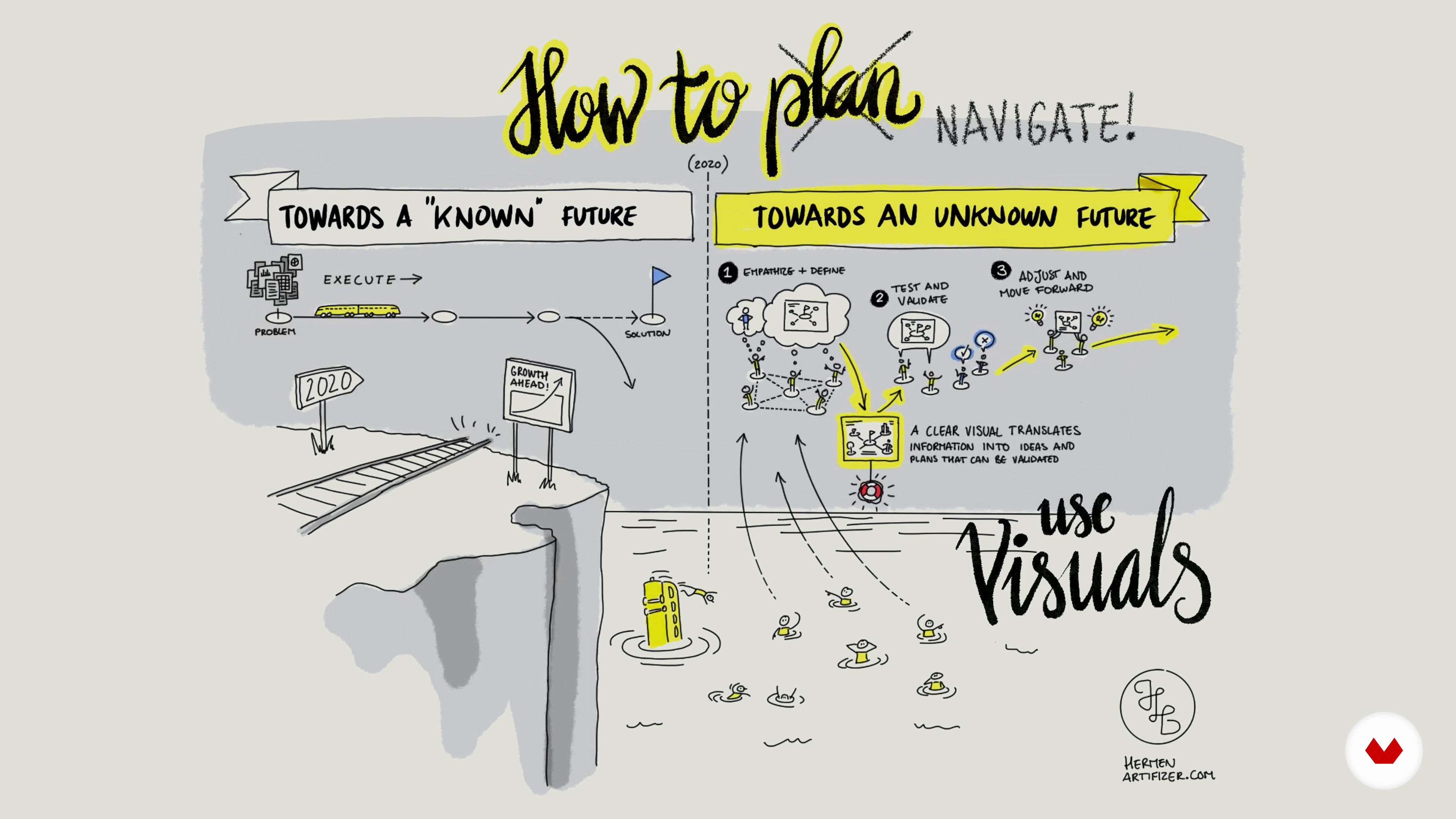


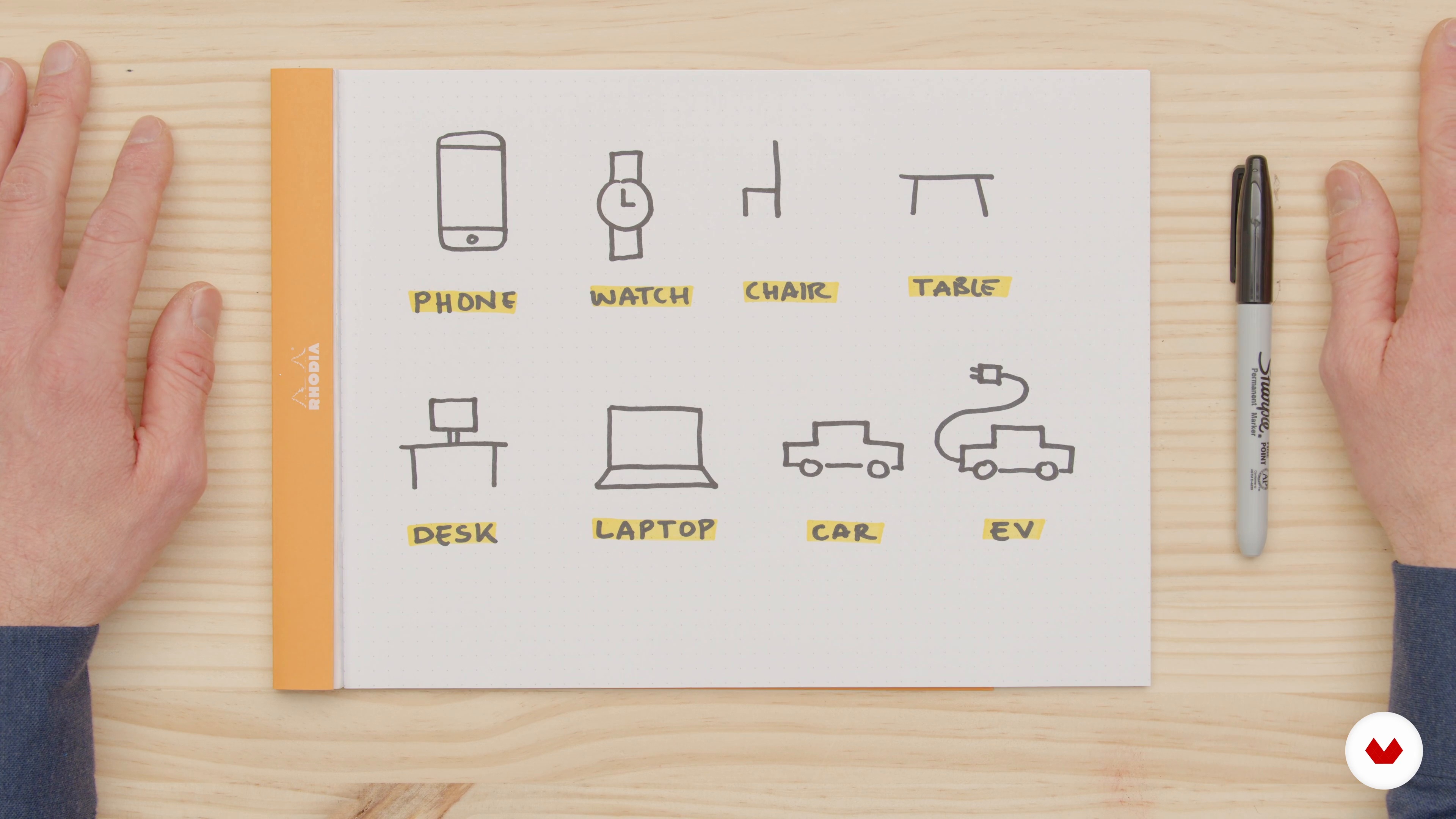
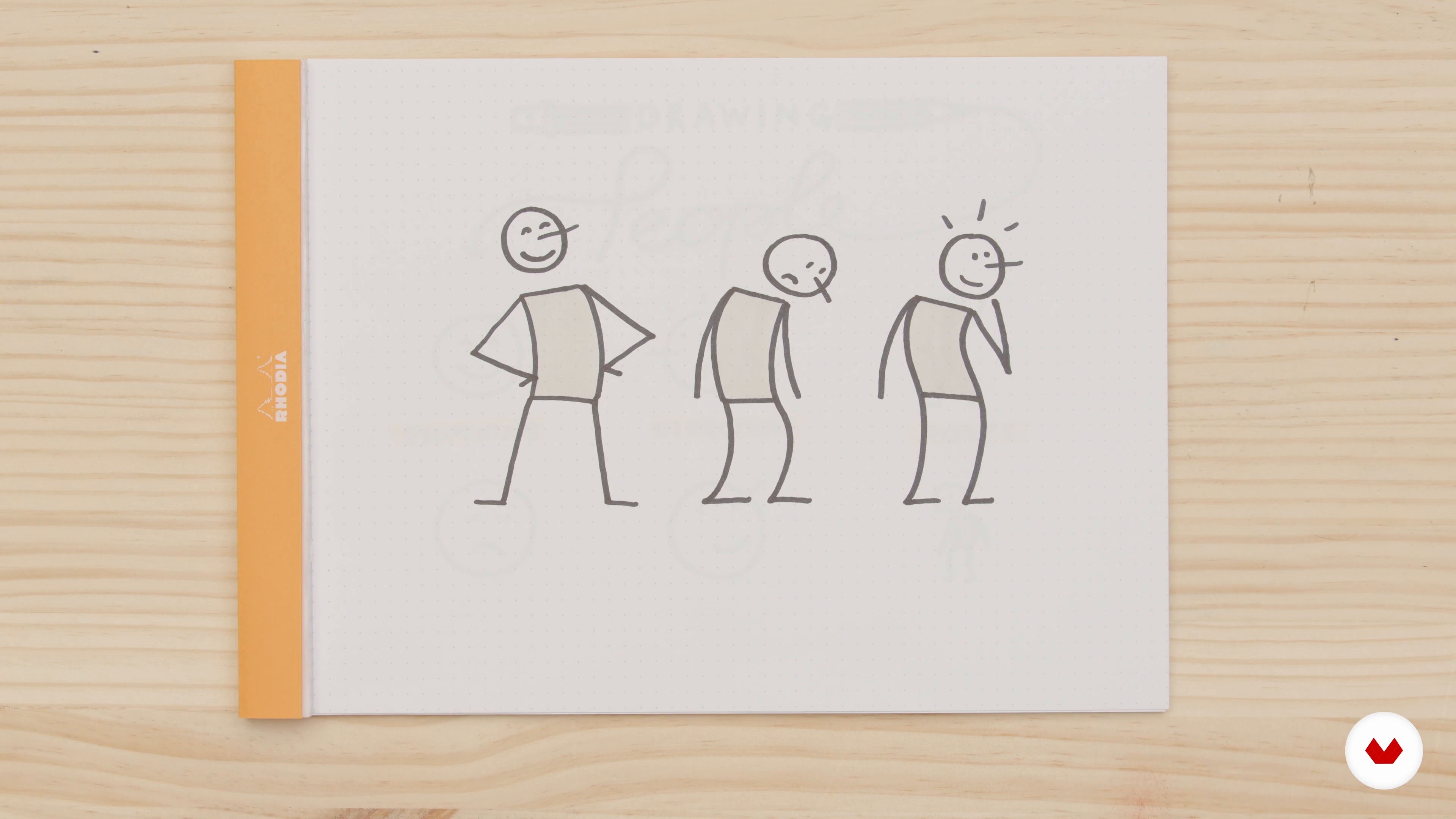

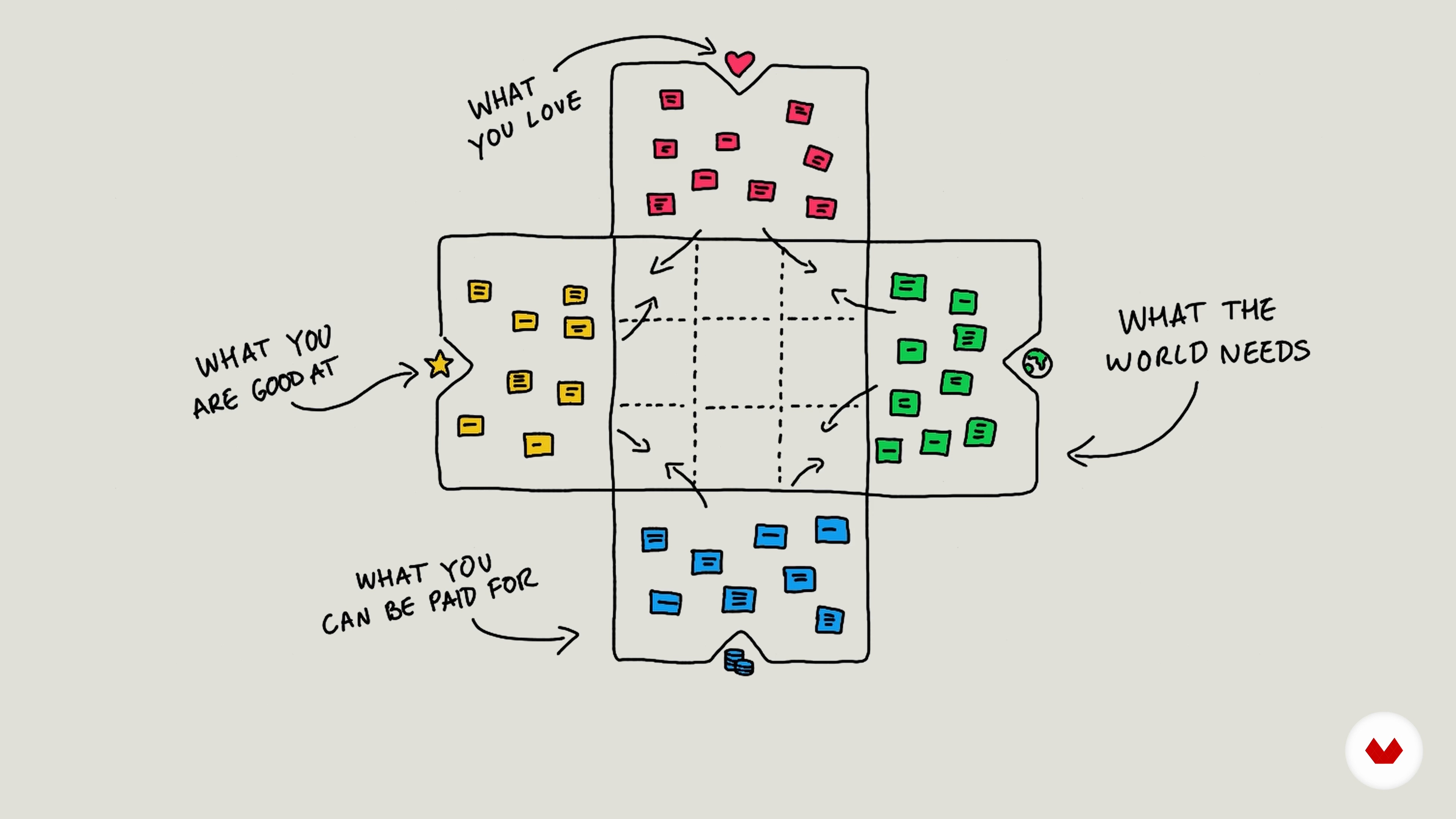
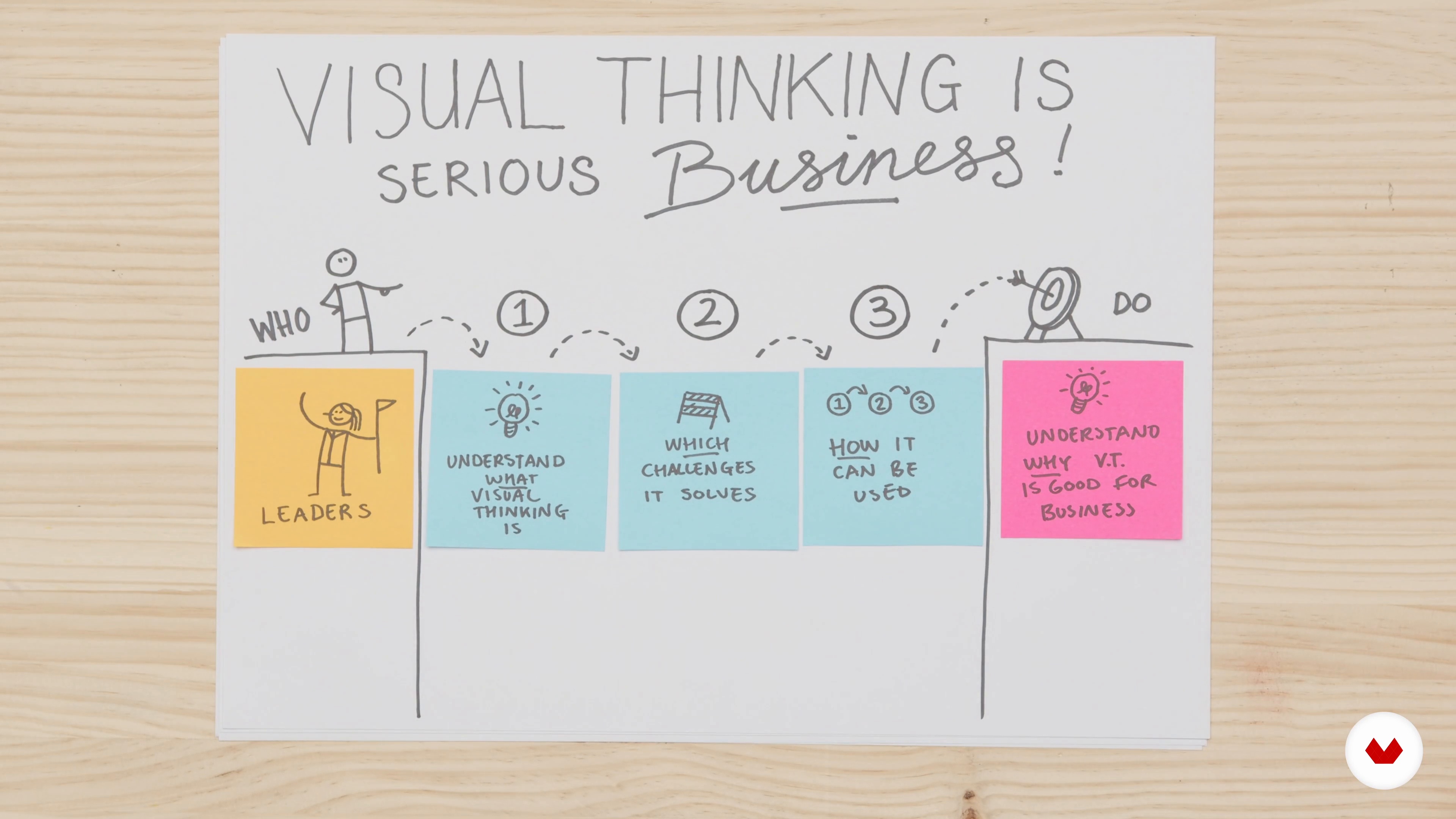
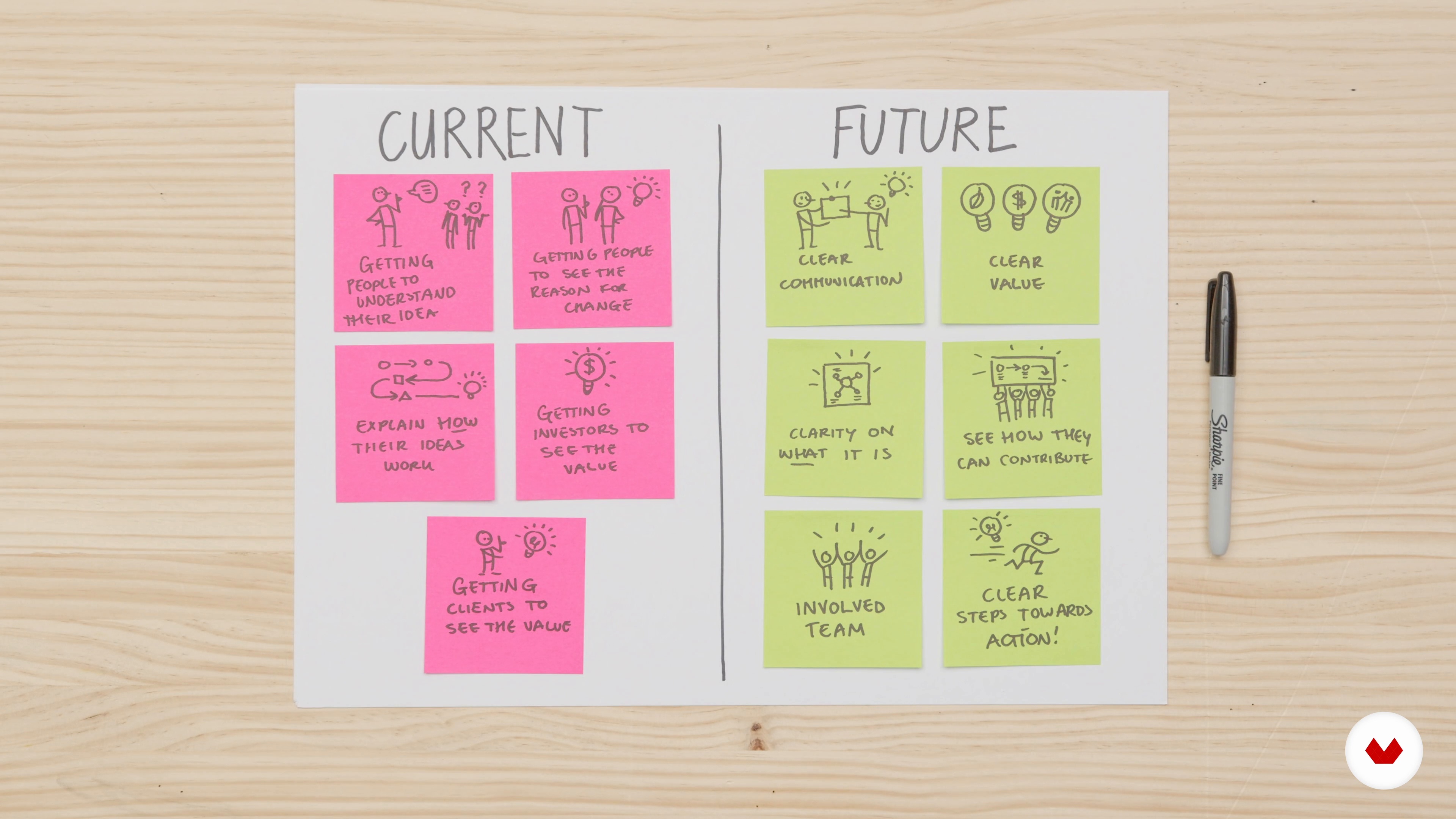

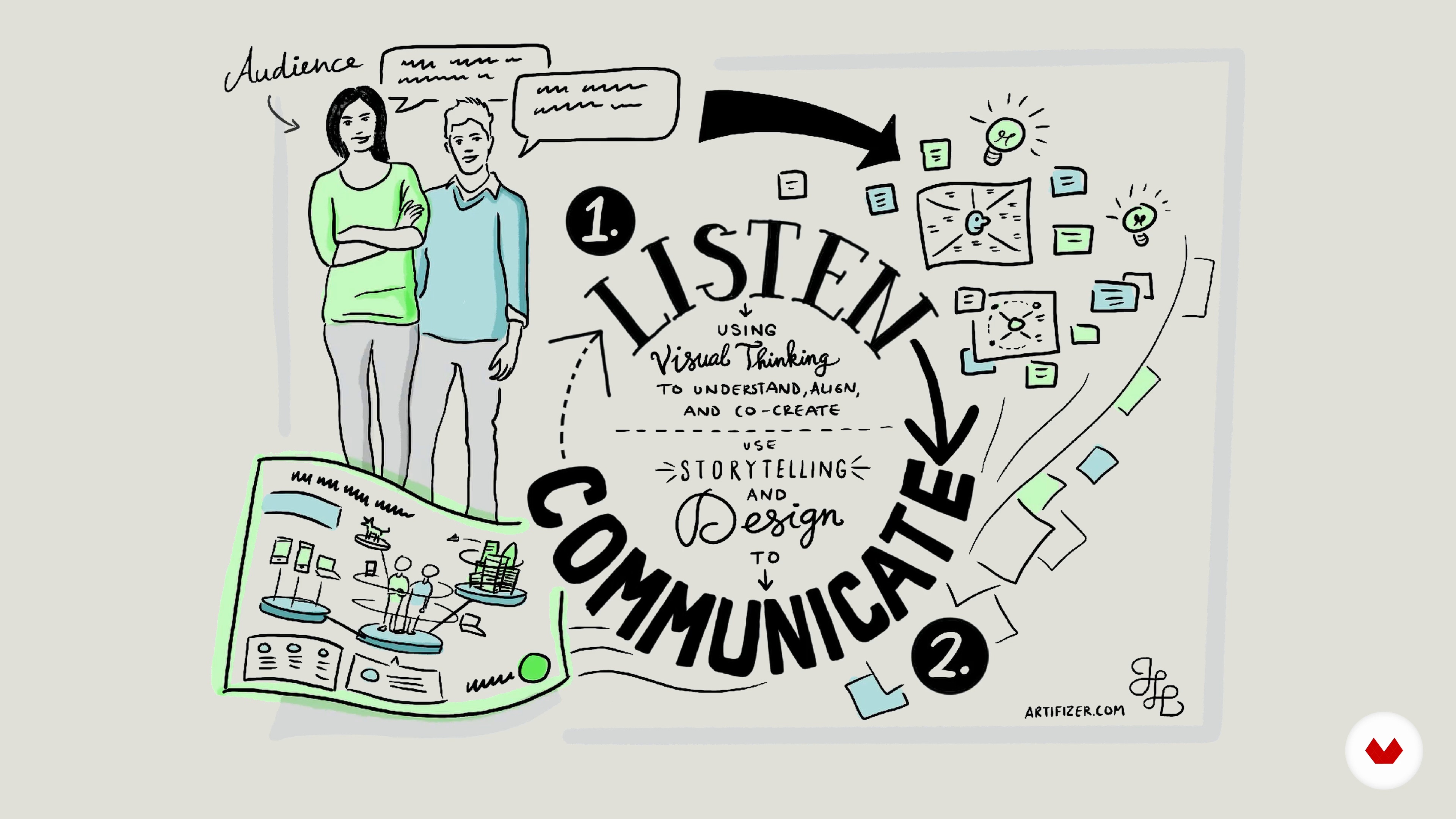
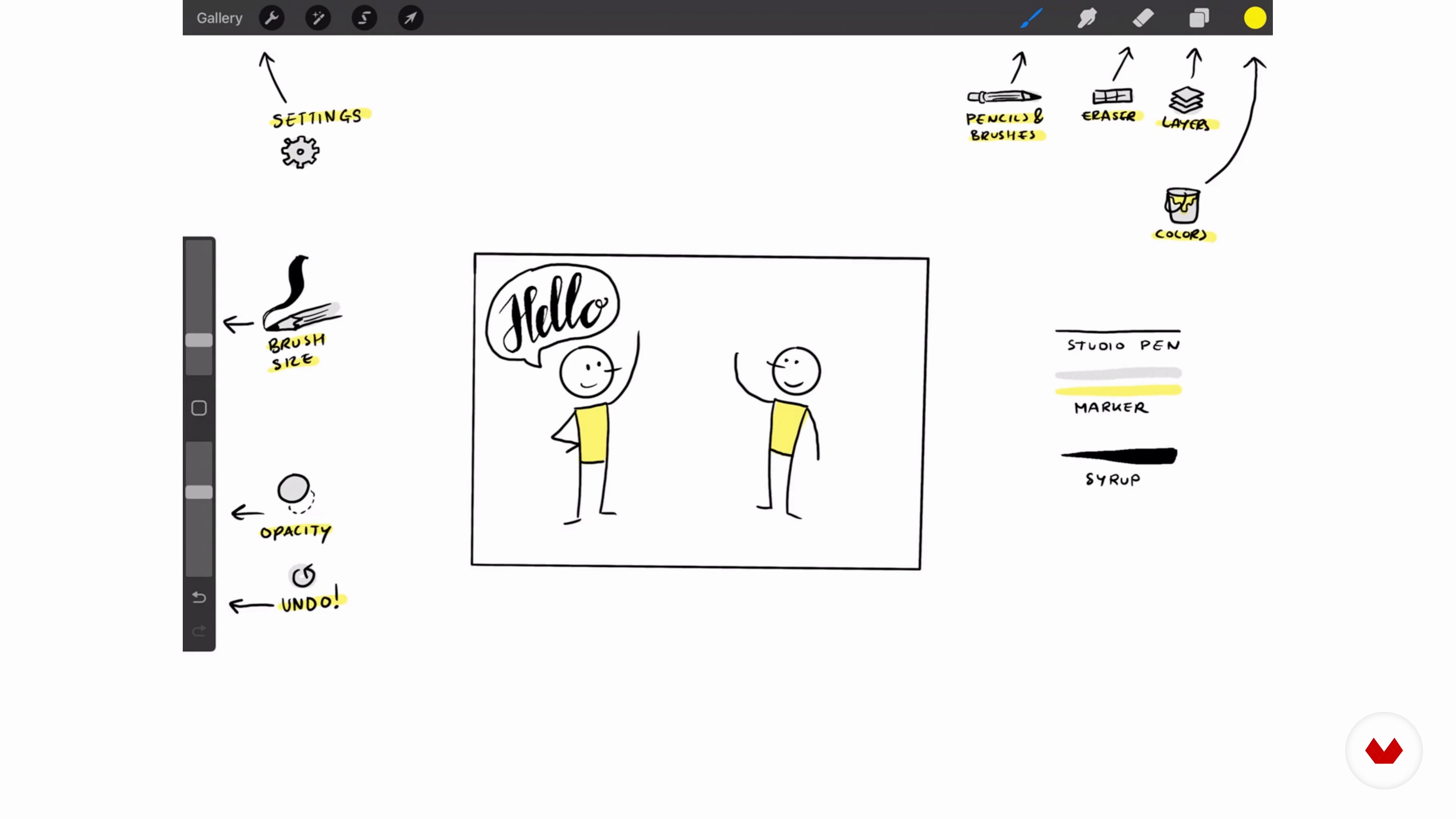
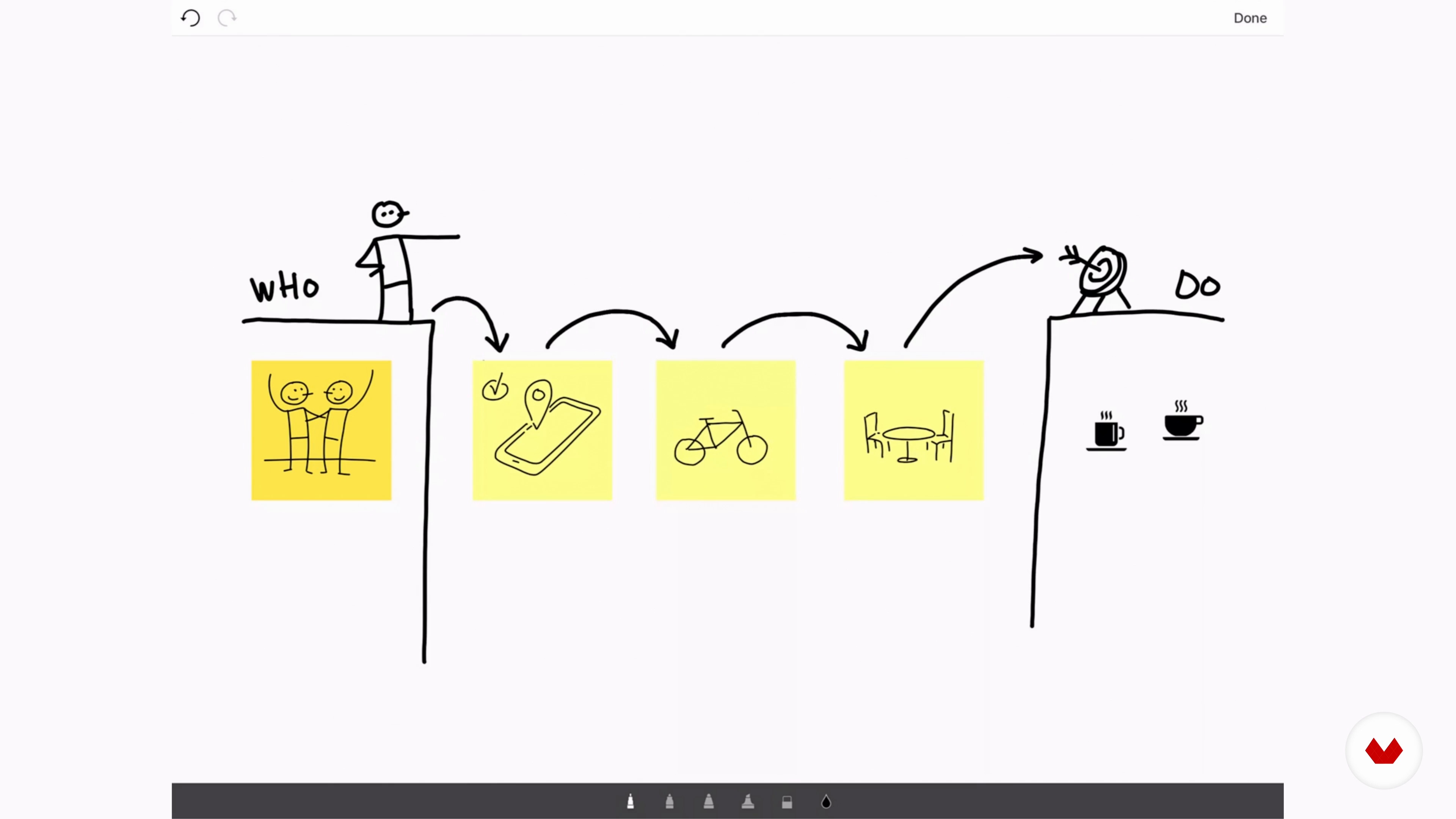
- 100% positive reviews (26)
- 2,190 students
- 92 lessons (15h 4m)
- 92 additional resources (39 files)
- Online and at your own pace
- Audio: English, Spanish
- Spanish · English · Portuguese · German · French · Italian · Polish · Dutch · Turkish
- Level: Beginner
- Unlimited access forever
What is this course's project?
Create a personalized bullet journal with hand-drawn illustrations and lettering, blending structure and creativity. Design efficient layouts, habit trackers, and themed pages that align with goals, while enhancing productivity and mindfulness through artistic expression and organization.
Who is this specialization for?
This course is perfect for creative individuals seeking a personalized approach to organization and reflection. Ideal for those interested in combining art with productivity, it caters to beginners and seasoned journalers looking to enhance their planning and mindfulness practices.
Requirements and materials
No extensive prior knowledge is required, but students should have basic drawing tools like pens, pencils, and a journal. Access to colored markers or watercolors enhances creativity. A willingness to explore and express oneself artistically is beneficial.

Reviews
What to expect from this specialization course
-
Learn at your own pace
Enjoy learning from home without a set schedule and with an easy-to-follow method. You set your own pace.
-
Learn from the best professionals
Learn valuable methods and techniques explained by top experts in the creative sector.
-
Meet expert teachers
Each expert teaches what they do best, with clear guidelines, true passion, and professional insight in every lesson.
-
Certificates
PlusIf you're a Plus member, get a custom certificate for every specialization course. Share it on your portfolio, social media, or wherever you like.
-
Get front-row seats
Videos of the highest quality, so you don't miss a single detail. With unlimited access, you can watch them as many times as you need to perfect your technique.
-
Share knowledge and ideas
Ask questions, request feedback, or offer solutions. Share your learning experience with other students in the community who are as passionate about creativity as you are.
-
Connect with a global creative community
The community is home to millions of people from around the world who are curious and passionate about exploring and expressing their creativity.
-
Watch professionally produced courses
Domestika curates its teacher roster and produces every course in-house to ensure a high-quality online learning experience.
FAQs
What are Domestika's online courses?
Domestika courses are online classes that allow you to learn new skills and create incredible projects. All our courses include the opportunity to share your work with other students and/or teachers, creating an active learning community. We offer different formats:
Original Courses: Complete classes that combine videos, texts, and educational materials to complete a specific project from start to finish.
Basics Courses: Specialized training where you master specific software tools step by step.
Specialization Courses: Learning paths with various expert teachers on the same topic, perfect for becoming a specialist by learning from different approaches.
Guided Courses: Practical experiences ideal for directly acquiring specific skills.
Intensive Courses (Deep Dives): New creative processes based on artificial intelligence tools in an accessible format for in-depth and dynamic understanding.
When do the specialization courses start and when do they finish?
All specialization courses are 100% online, so once they're published, specialization courses start and finish whenever you want. You set the pace of the class. You can go back to review what interests you most and skip what you already know, ask questions, answer questions, share your projects, and more.
What do Domestika's specialization courses include?
The specialization courses are divided into different modules. Each one includes lessons, informational text, tasks, and practice exercises to help you carry out your project step by step, with additional complementary resources and downloads. You'll also have access to an exclusive forum where you can interact with other students, as well as share your work and your final project, creating a community around the specialization courses.
Have you been given a specialization courses?
You can redeem the specialization courses you received by accessing the redeeming page and entering your gift code.







Pieno di spunti interessanti. Ho apprezzato particolarmente la parte sugli sketch giornalieri e sul doodling perché sulla parte tecnica per bullet ero giá ampiamente ferrate; cercavo ispirazioni per la parte più artistica. Corso completo per chi vuole iniziare a farsi un diario, pieno di idee differenti in base all’esigenza.
Maravilloso aprender de forma tan dinámica, creativa, digerible tanto conocimiento y más aún de la mano de profesores que tienen muchísimo conocimiento y manejo del tema... que especialización tan única!!!
Hola, en general bien, aunque hay partes que me ha llamada mas la atención como el módulo 3.
Esta bien
Muy creativo y útil!!!